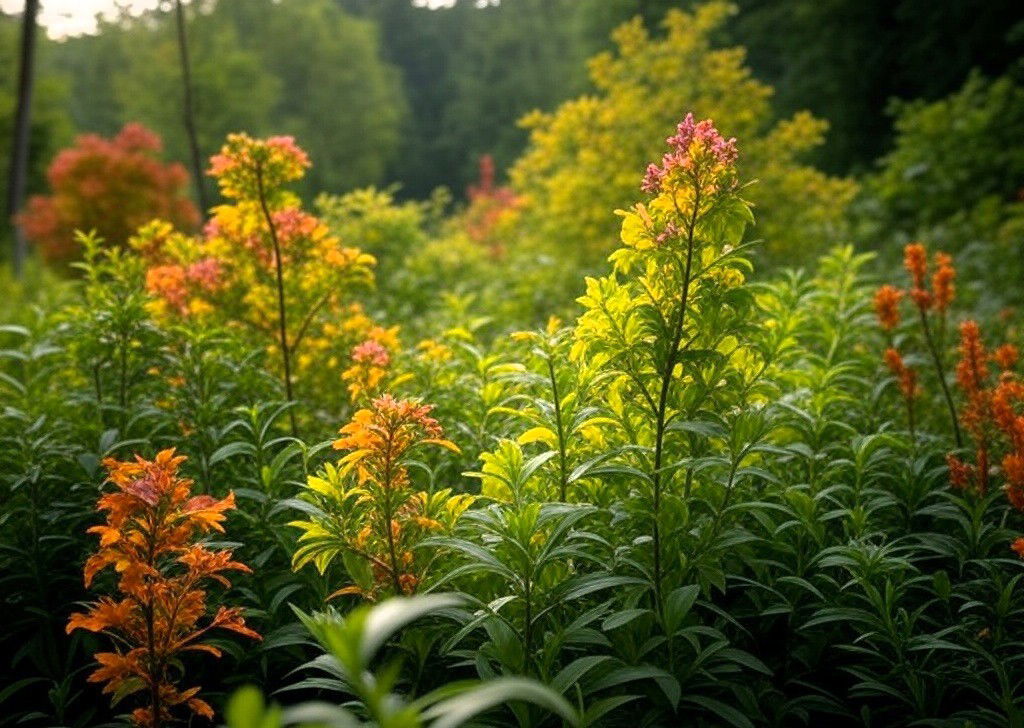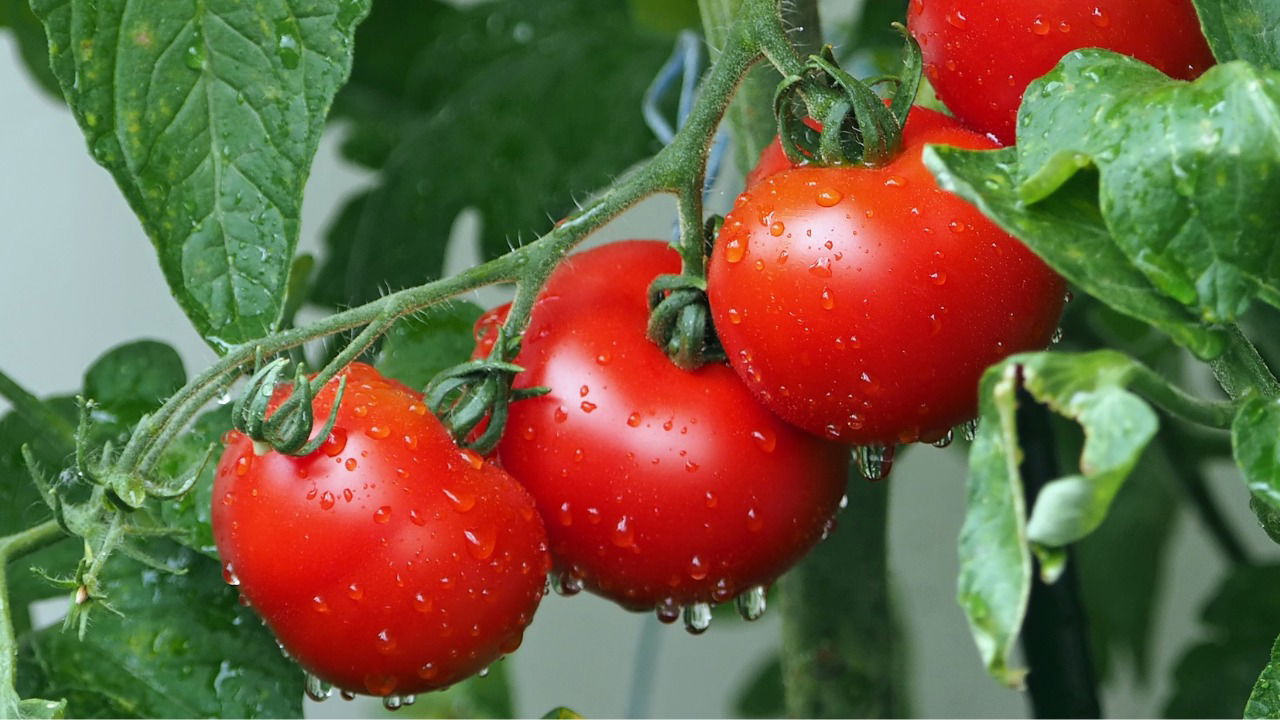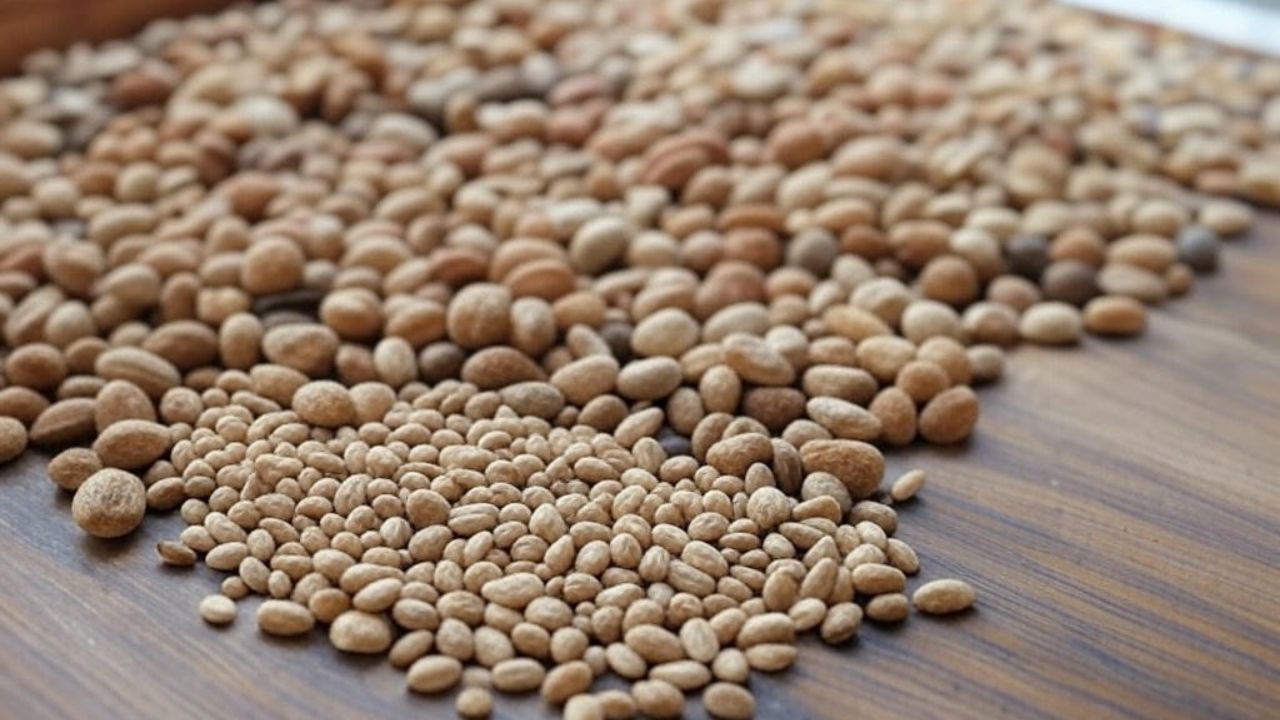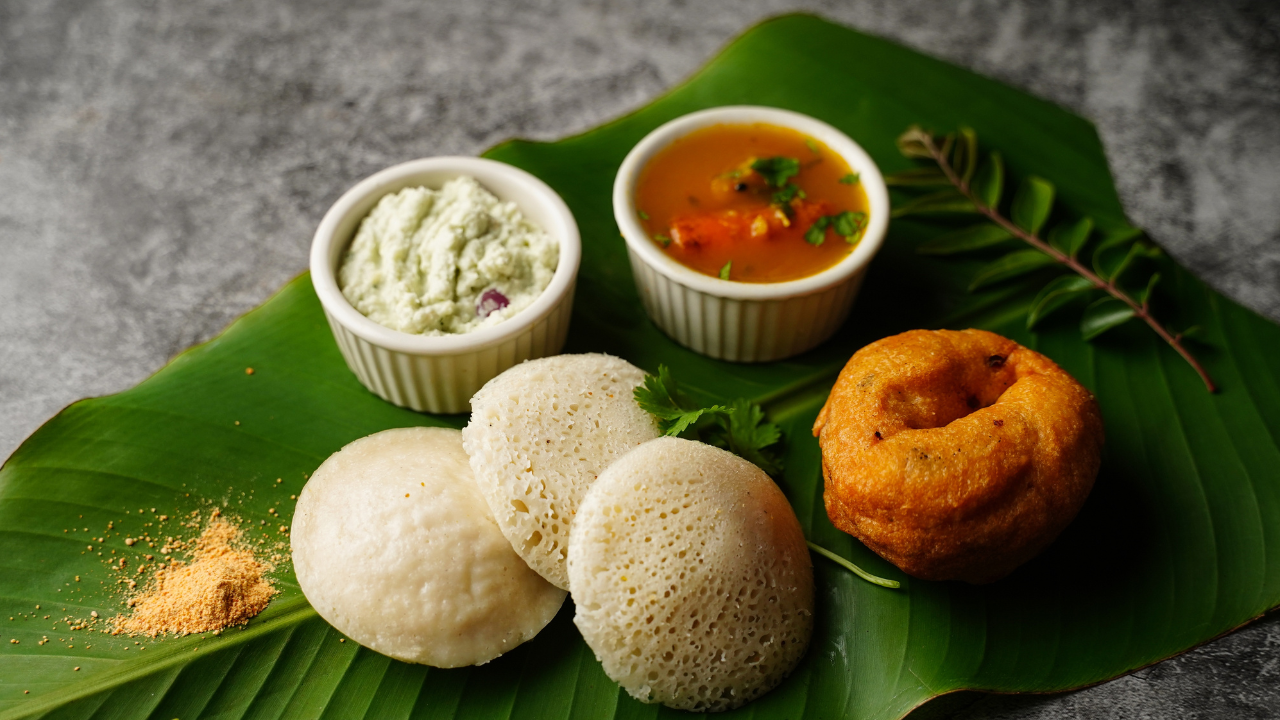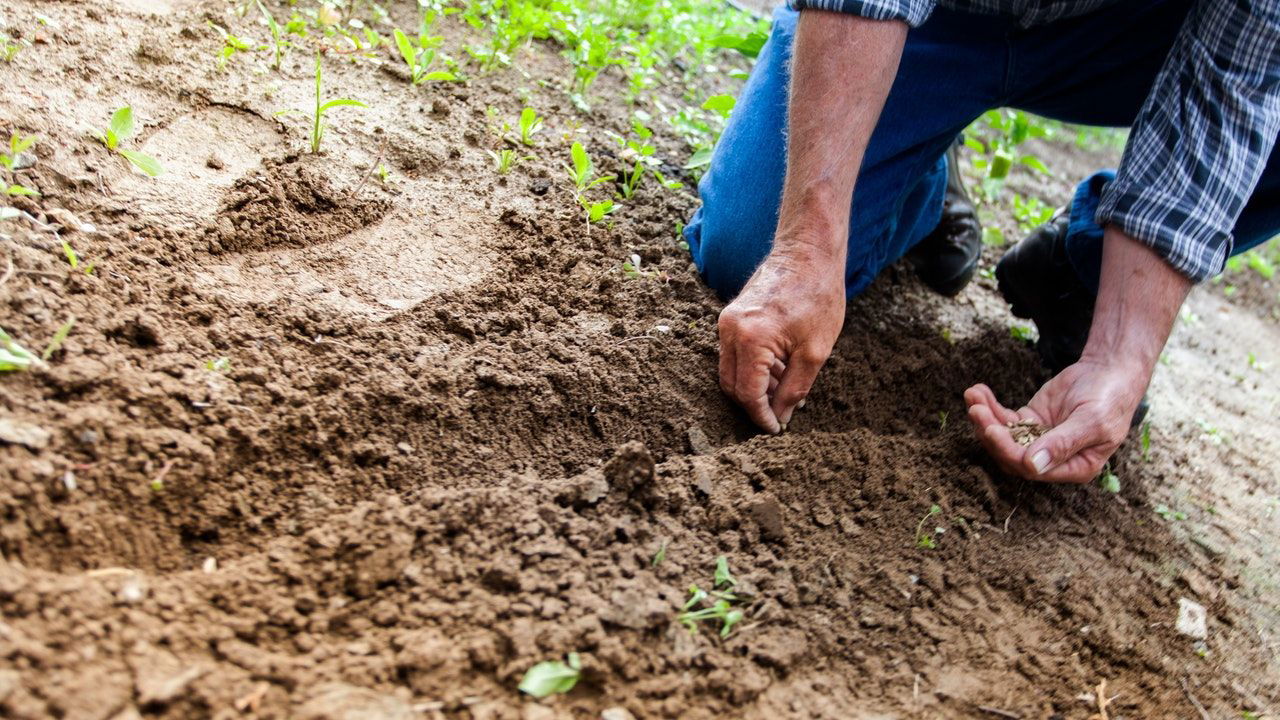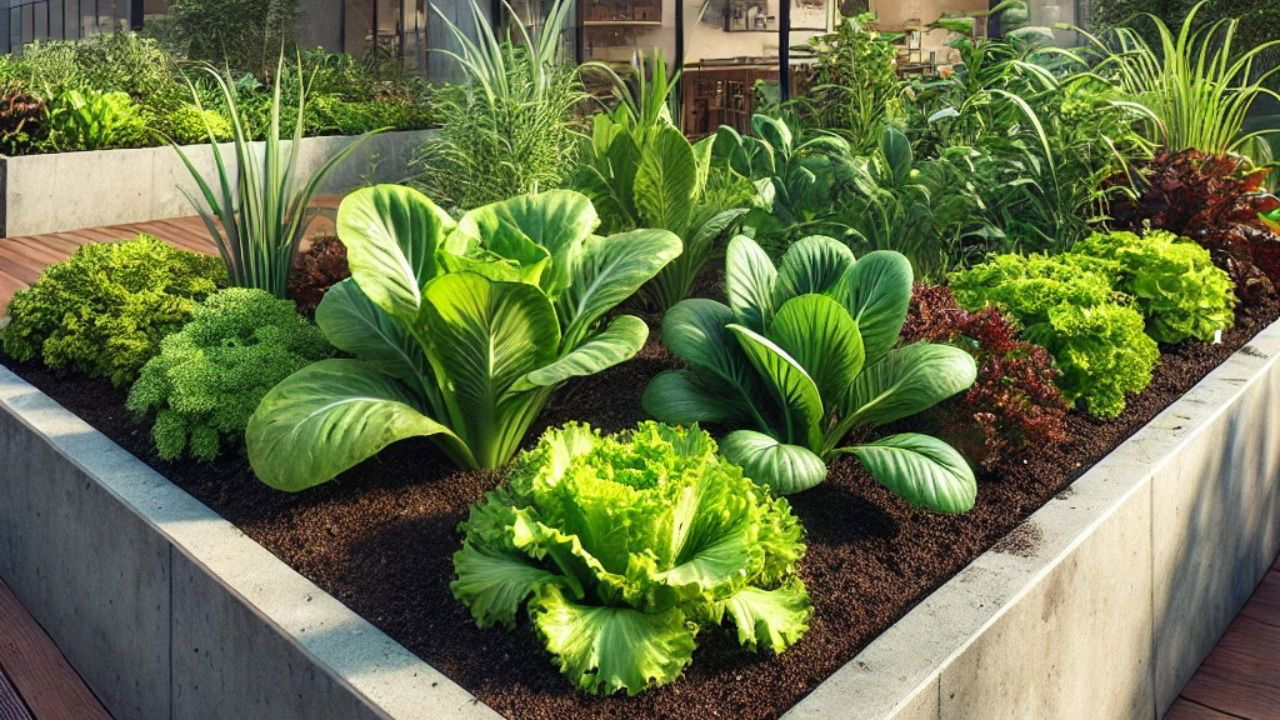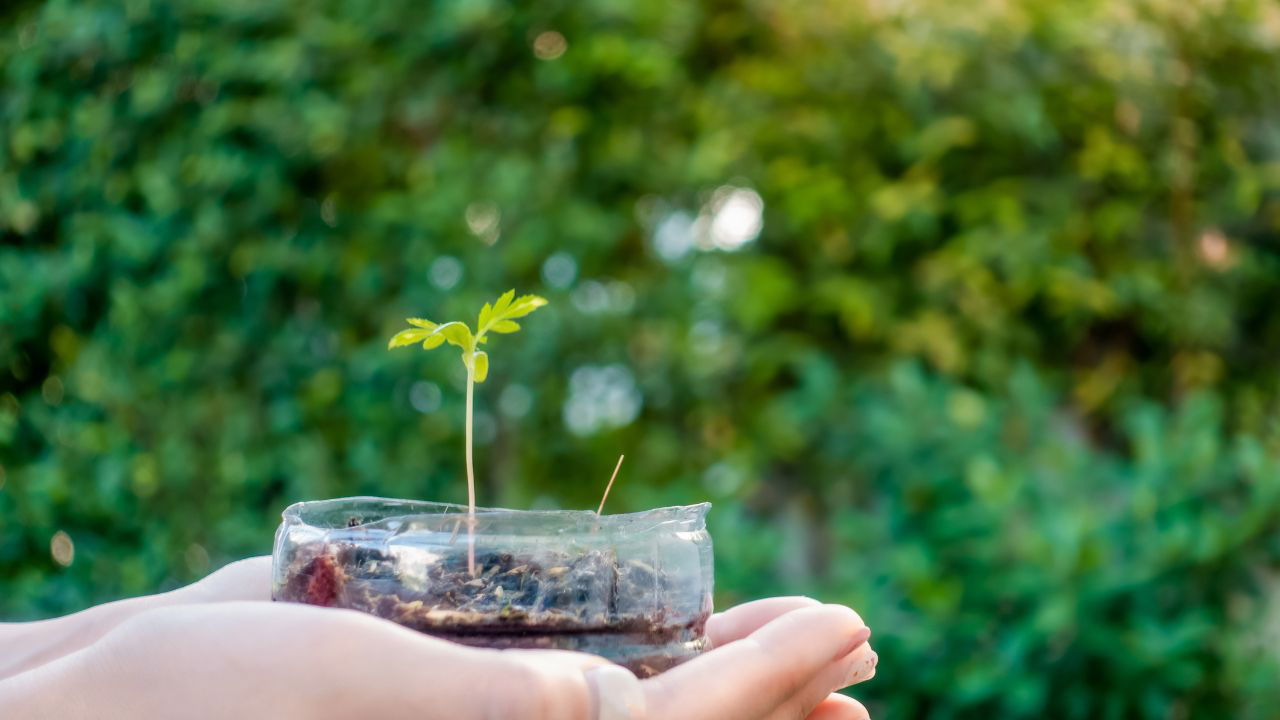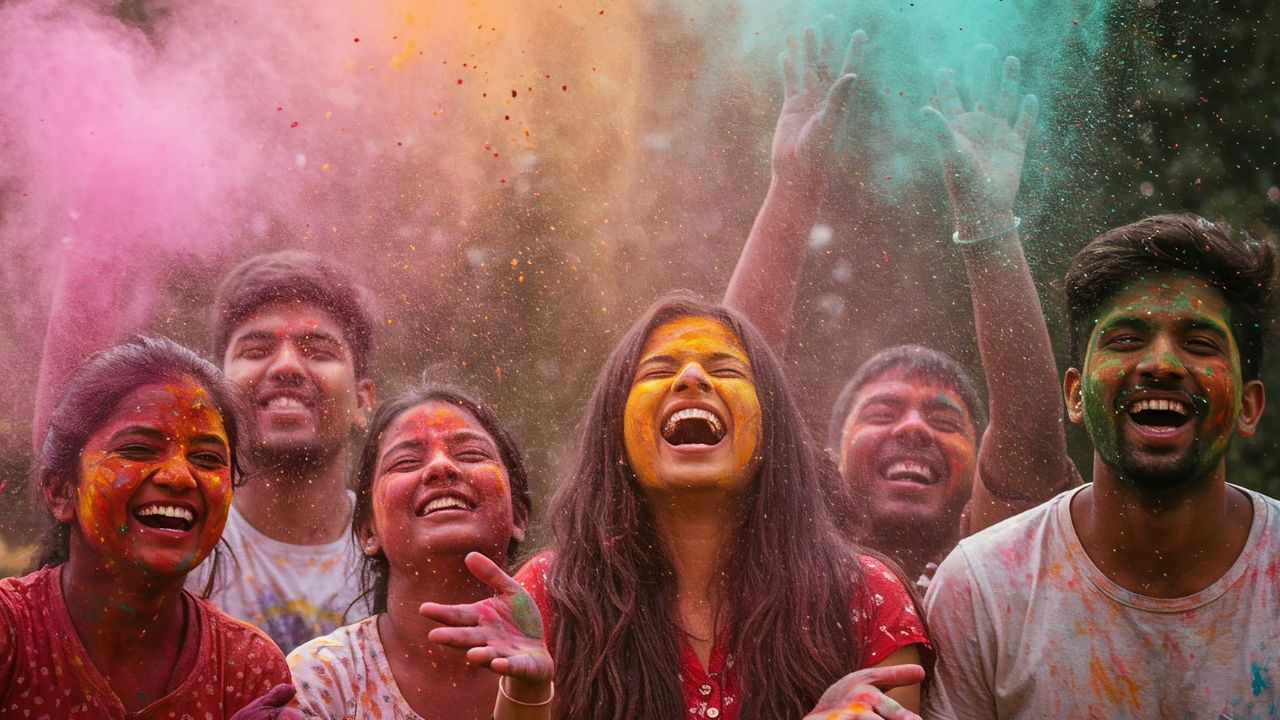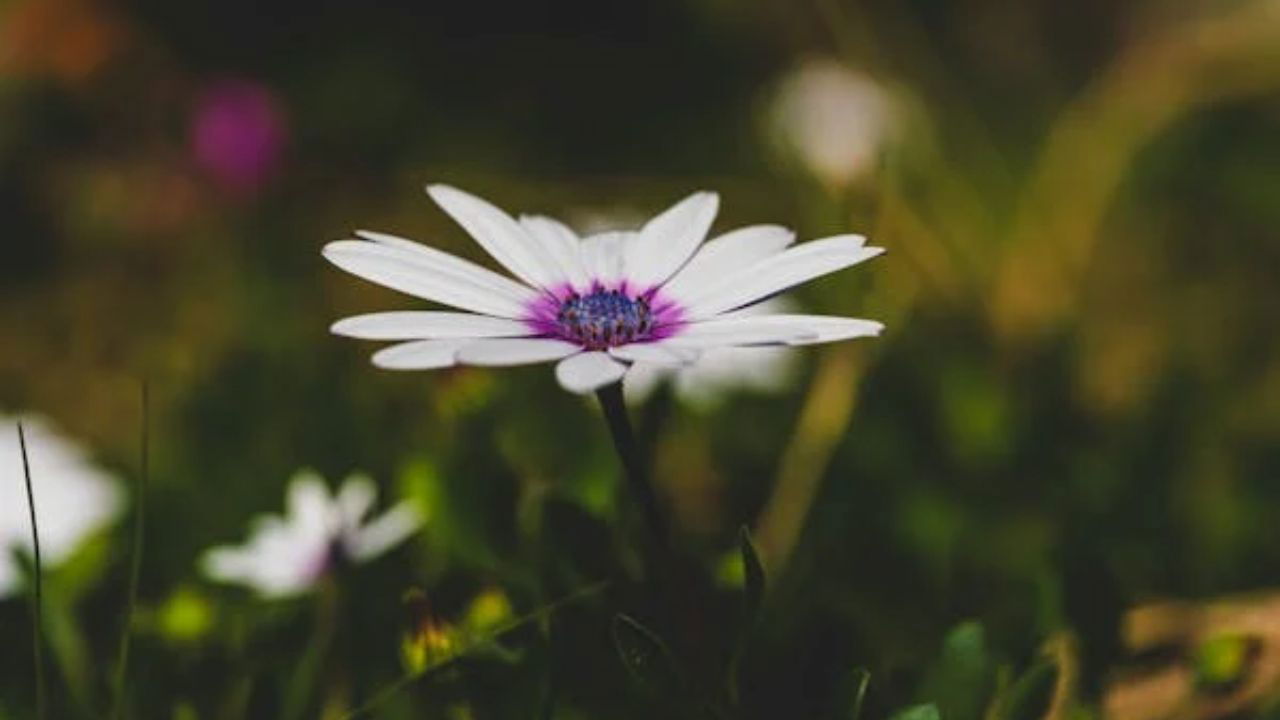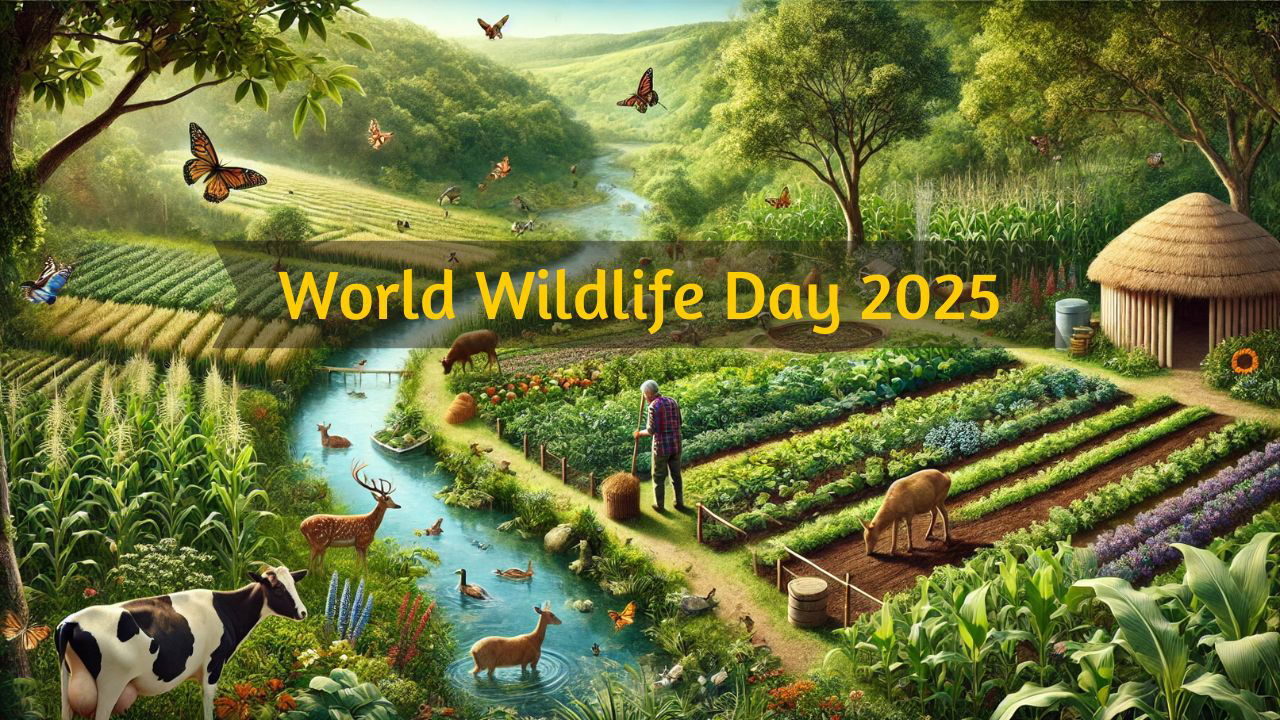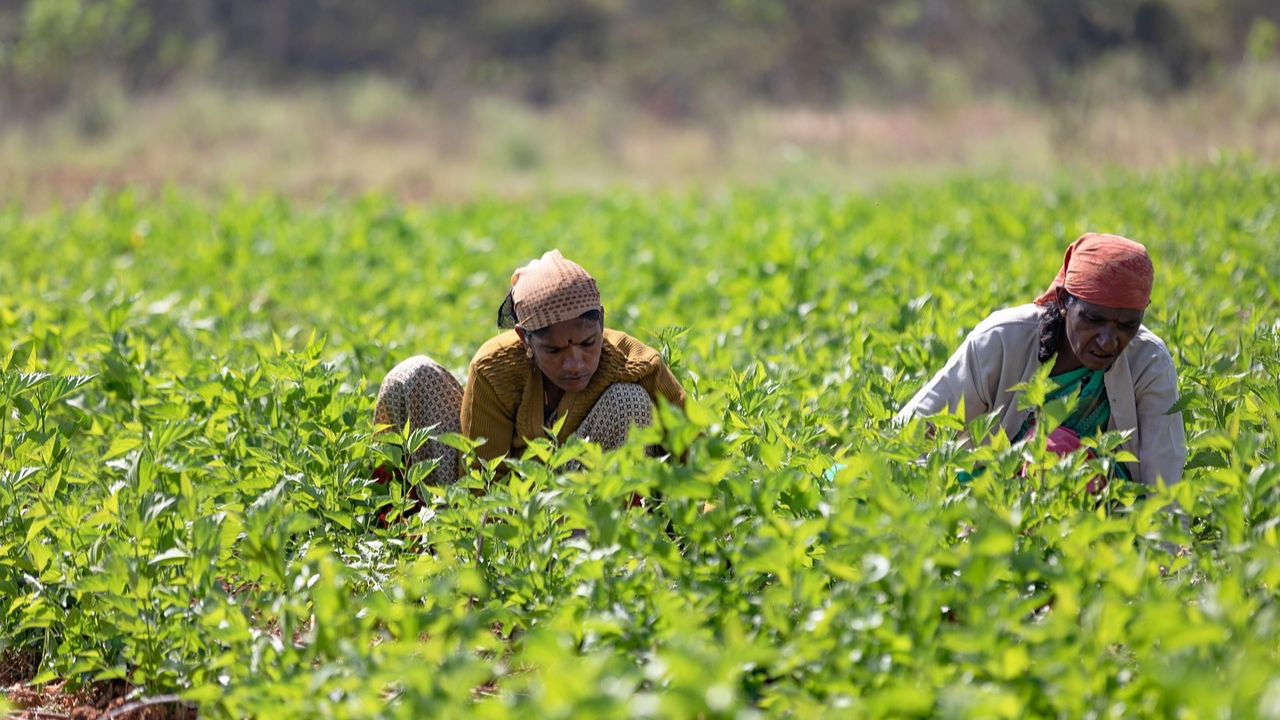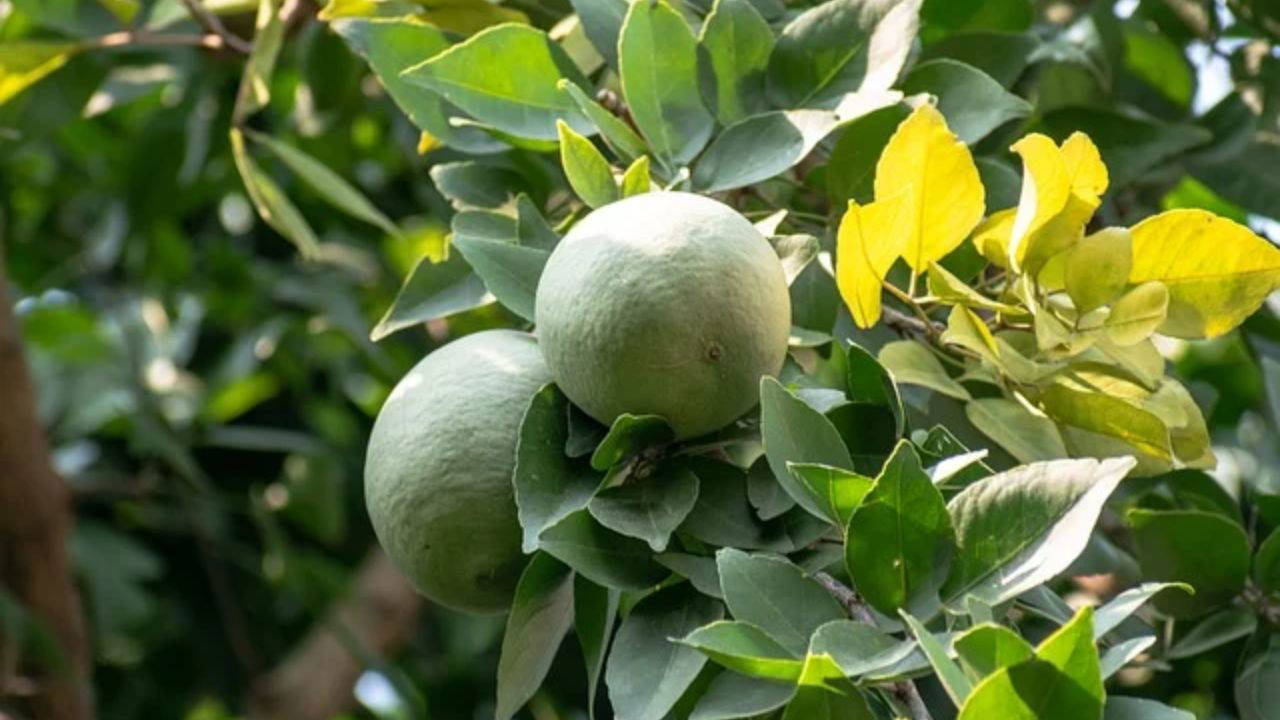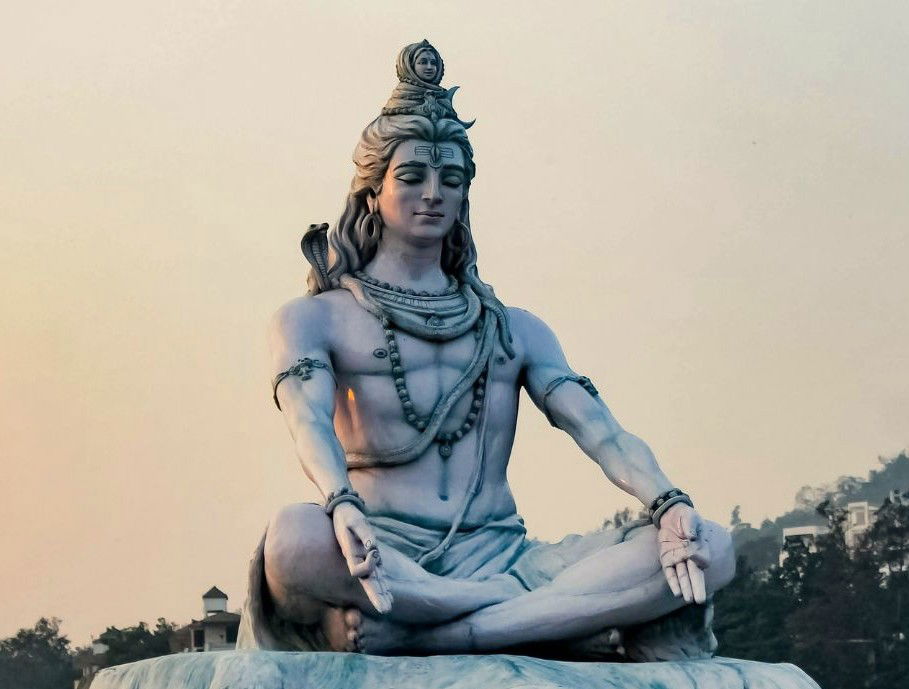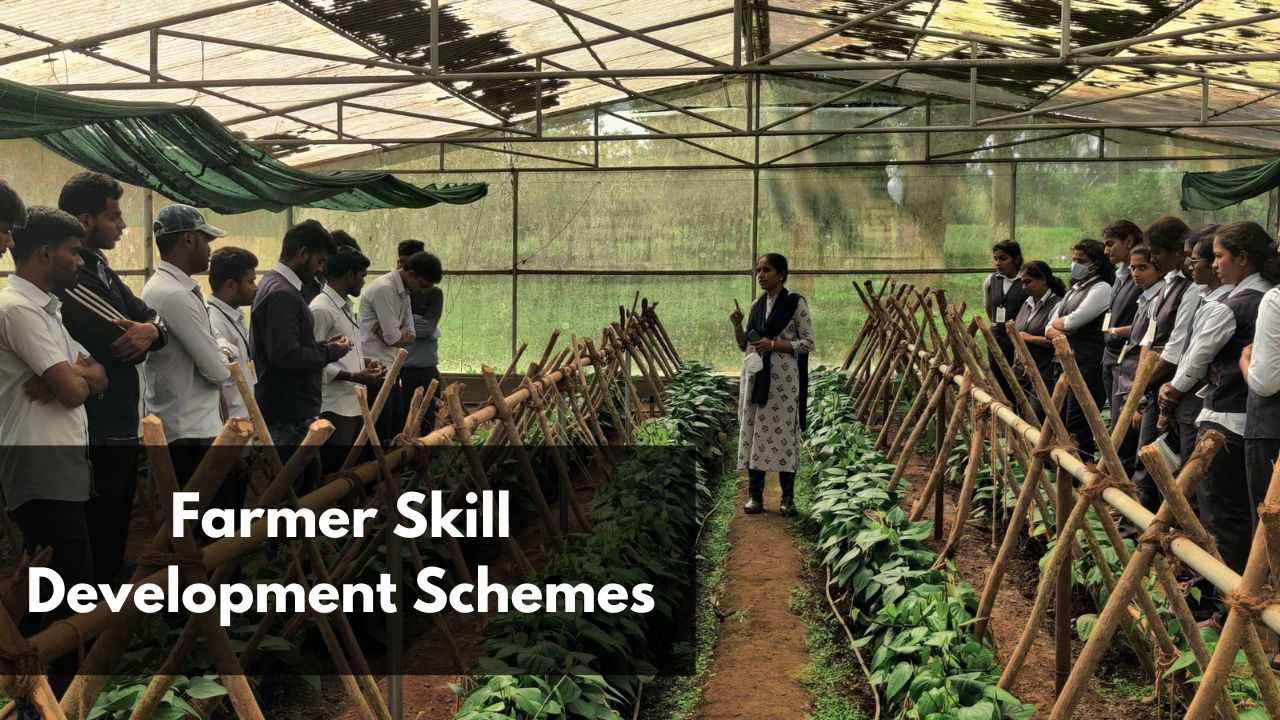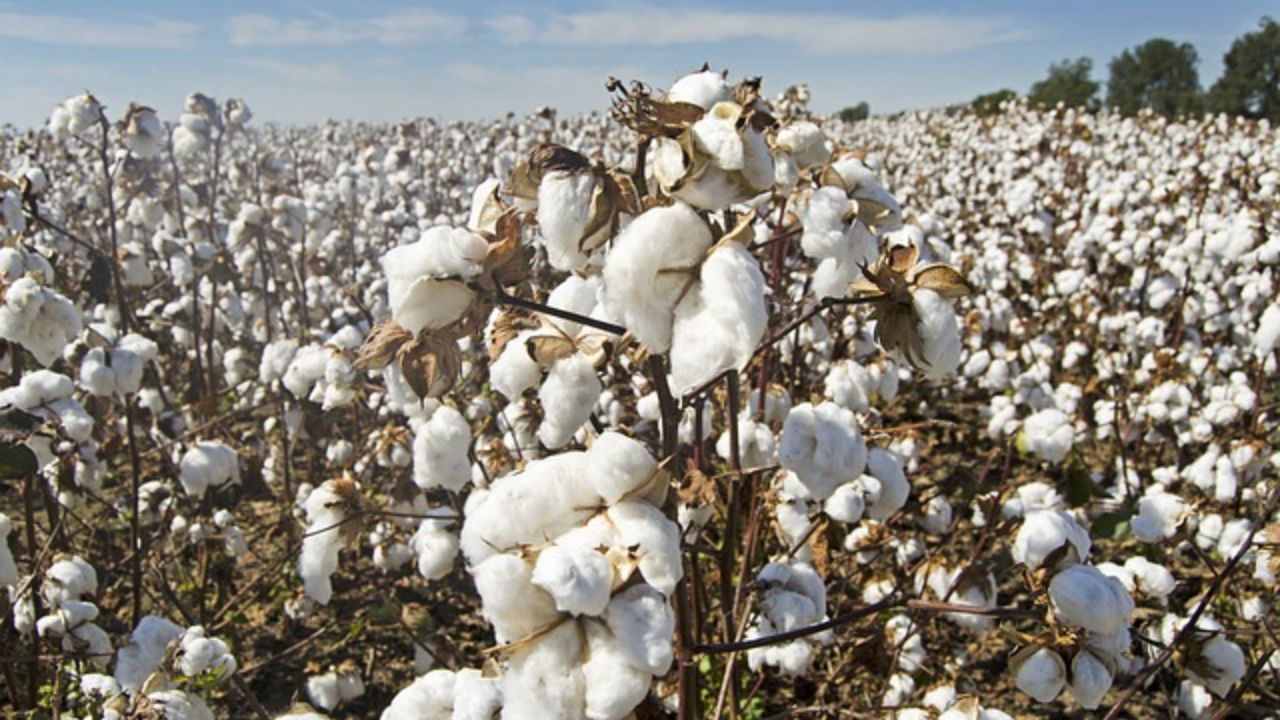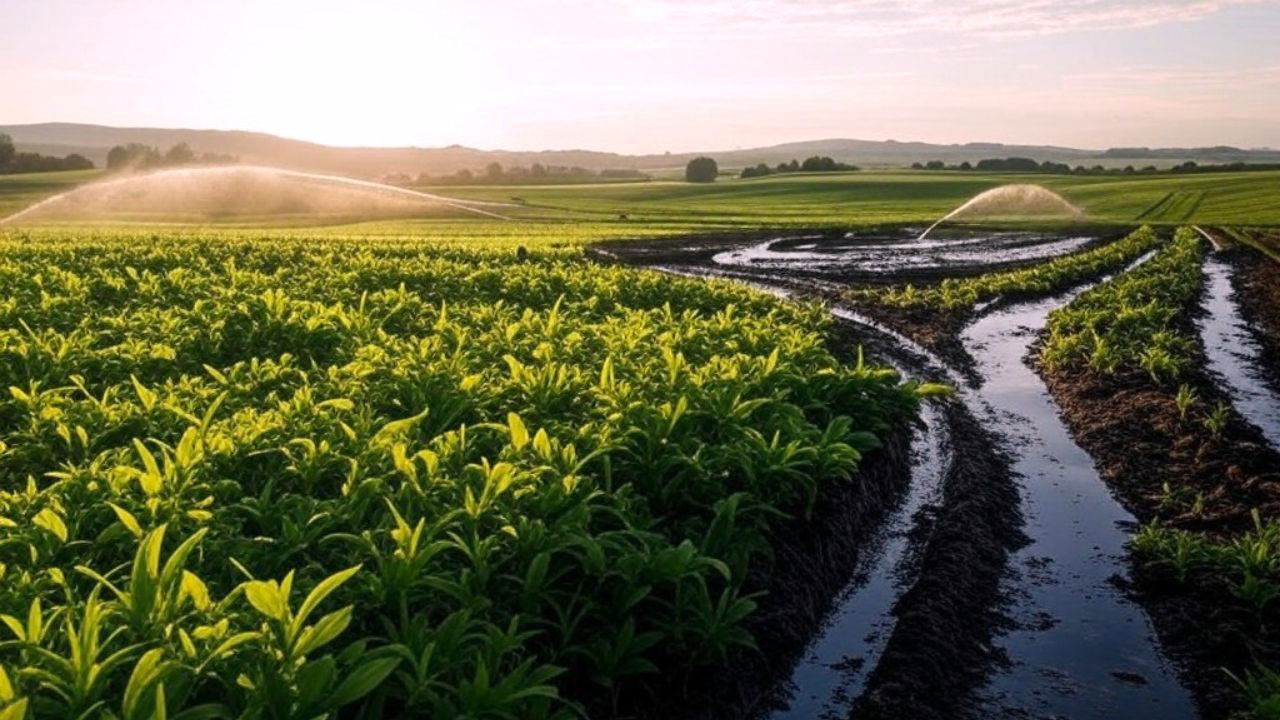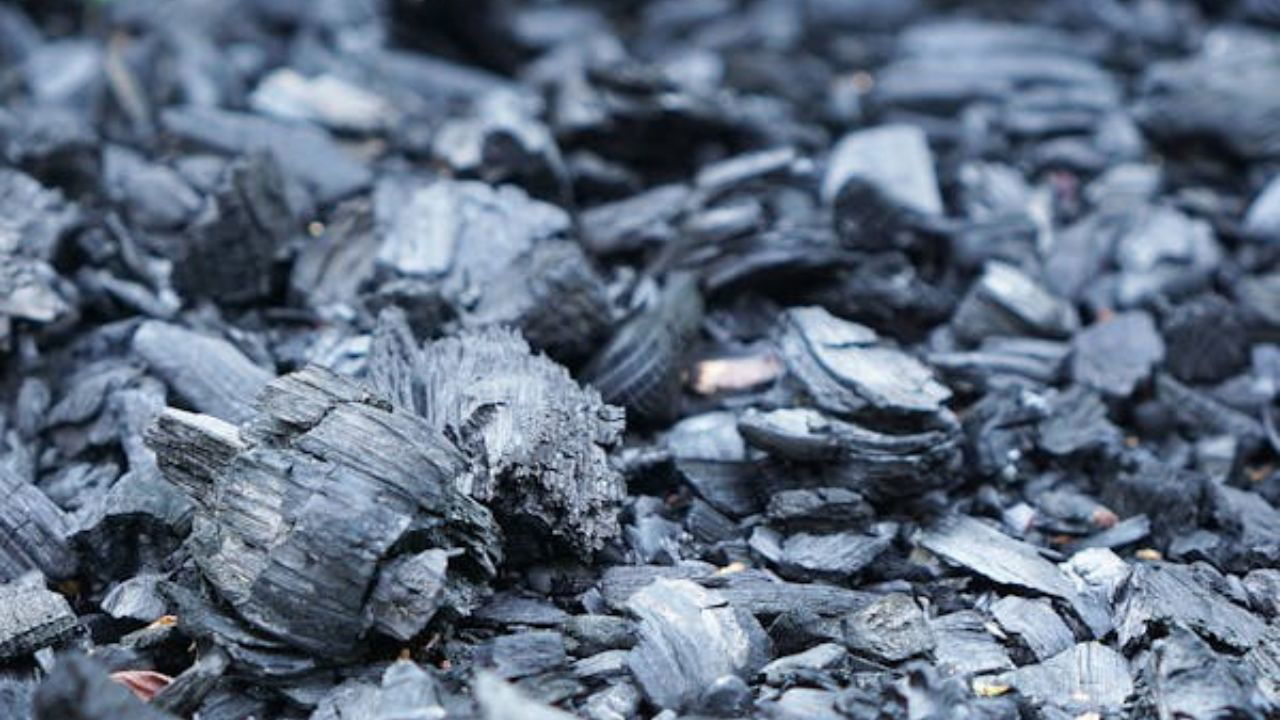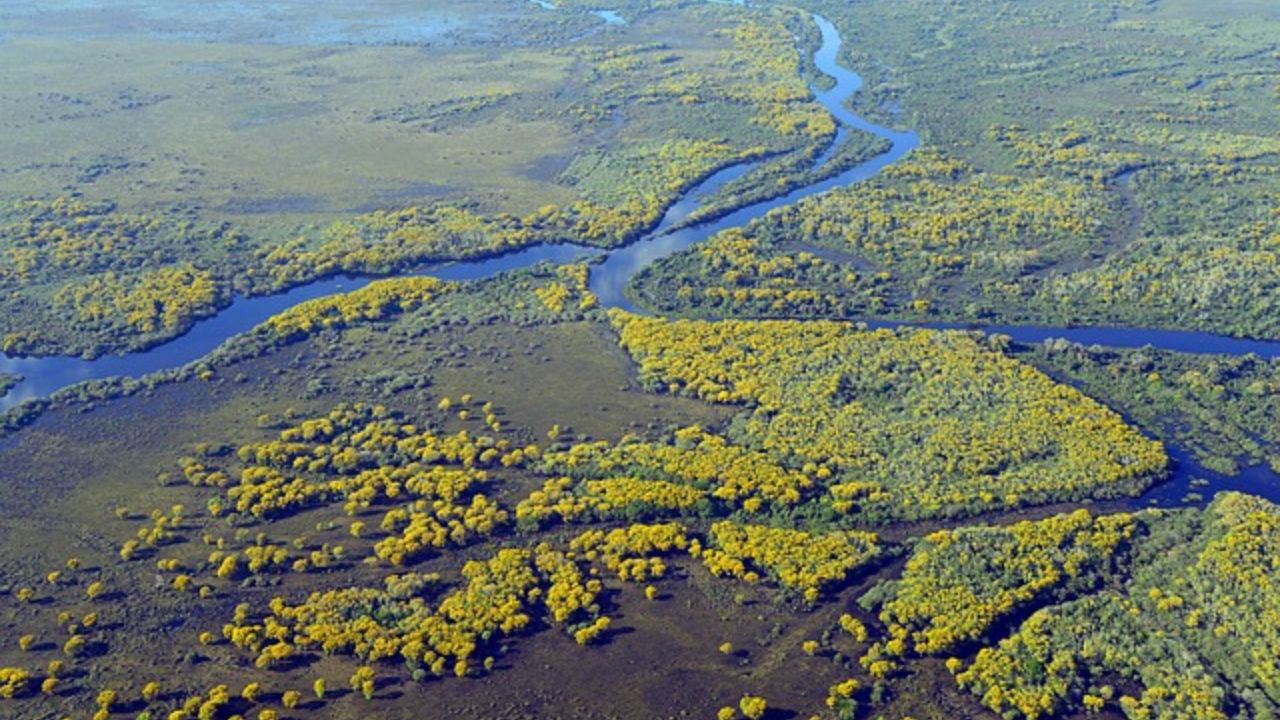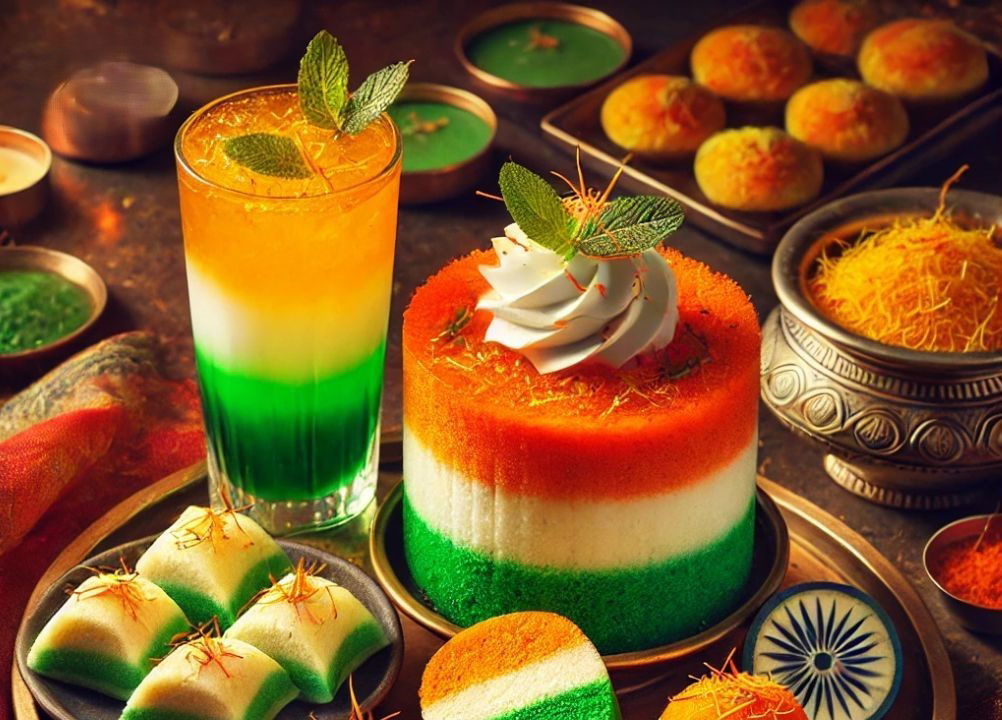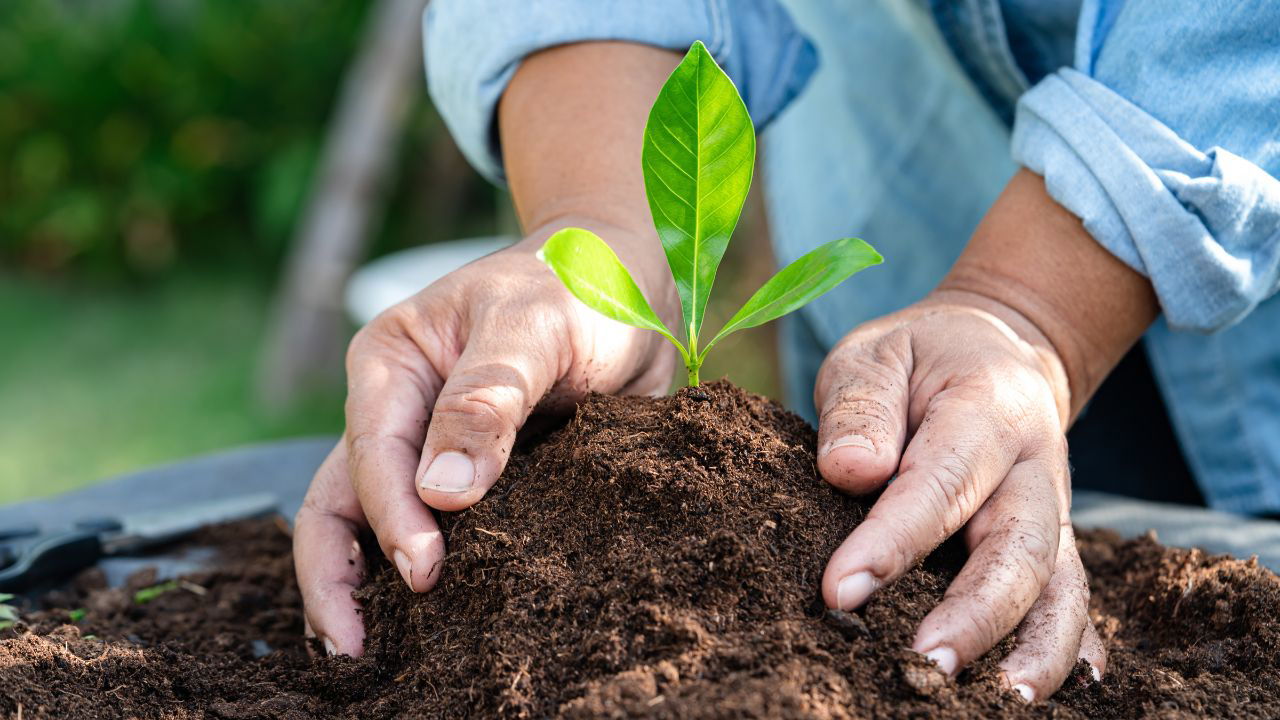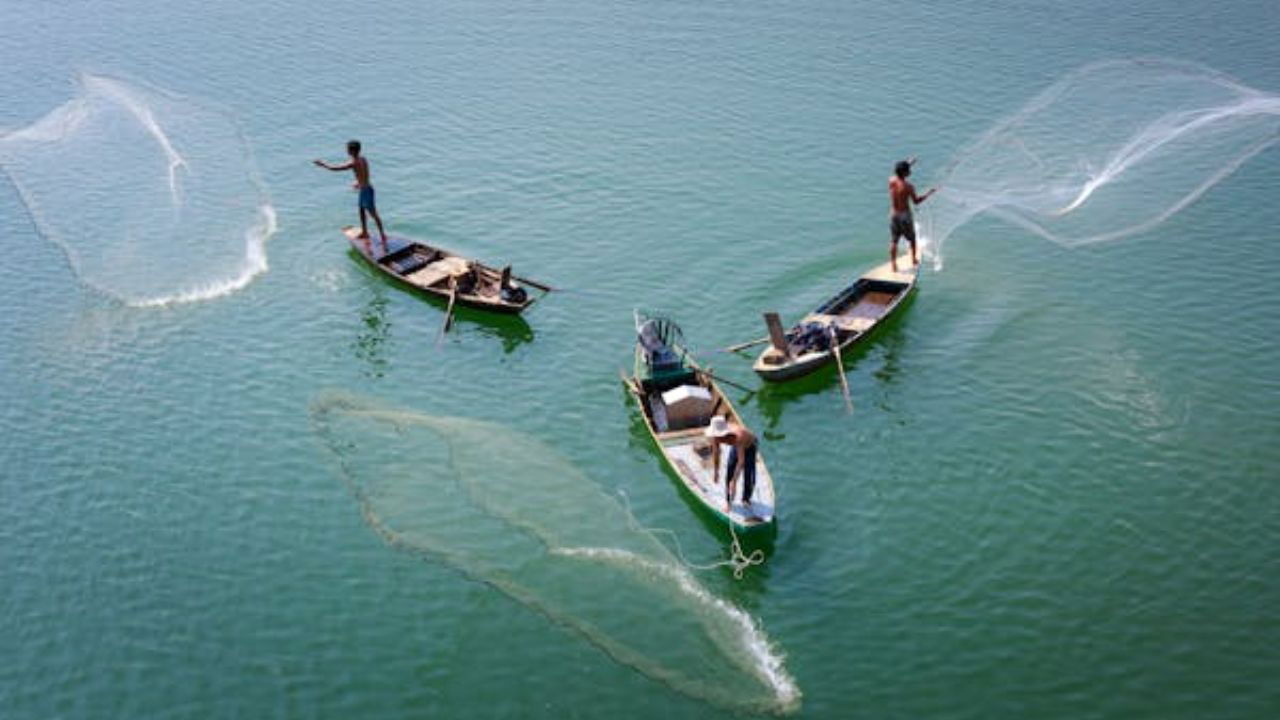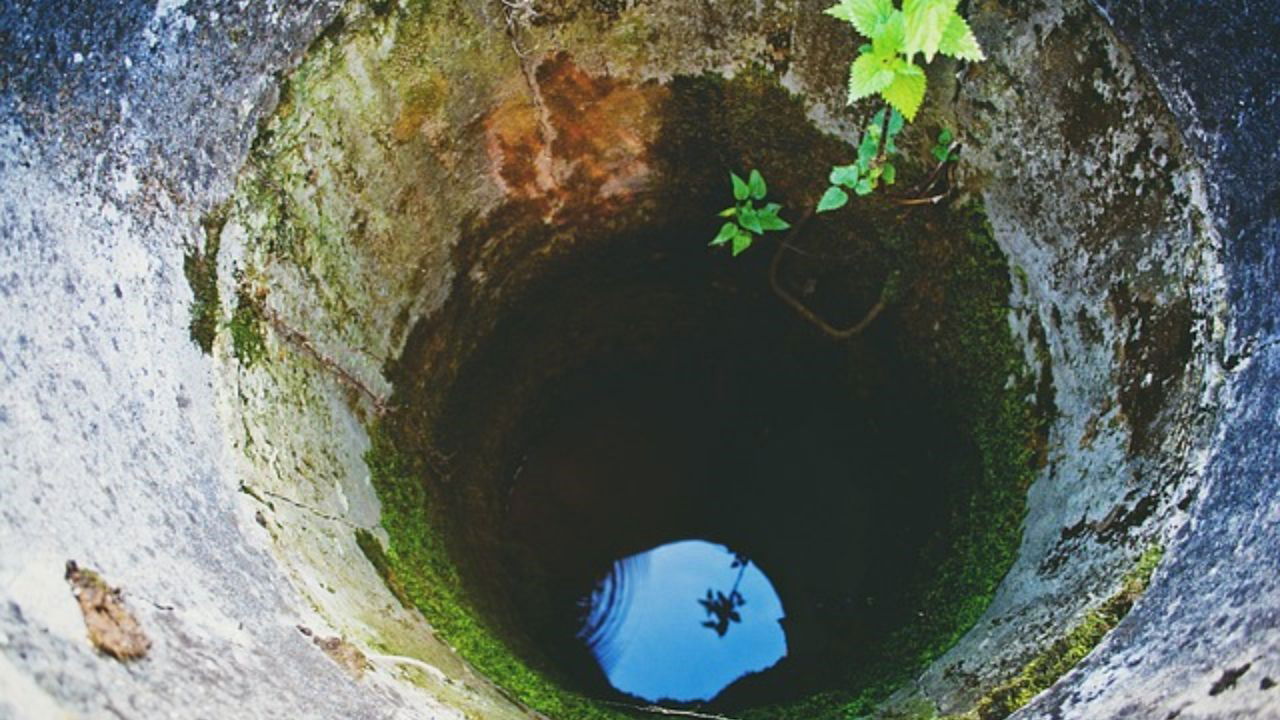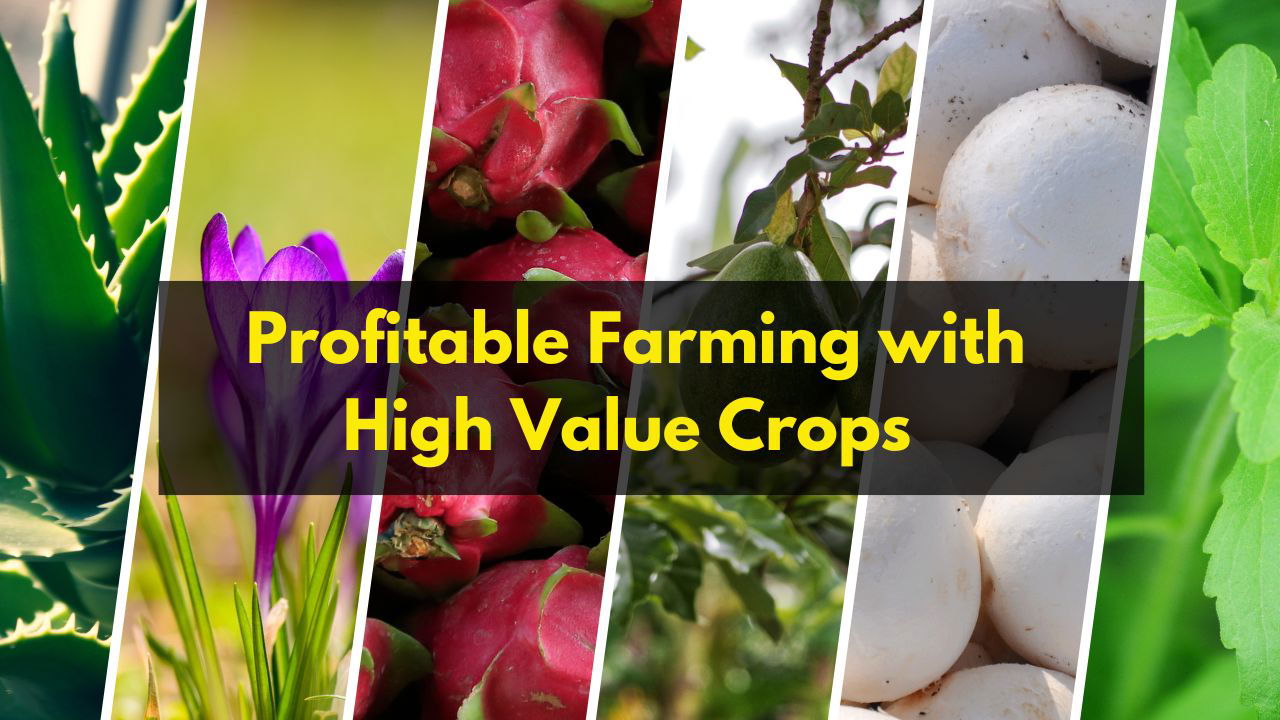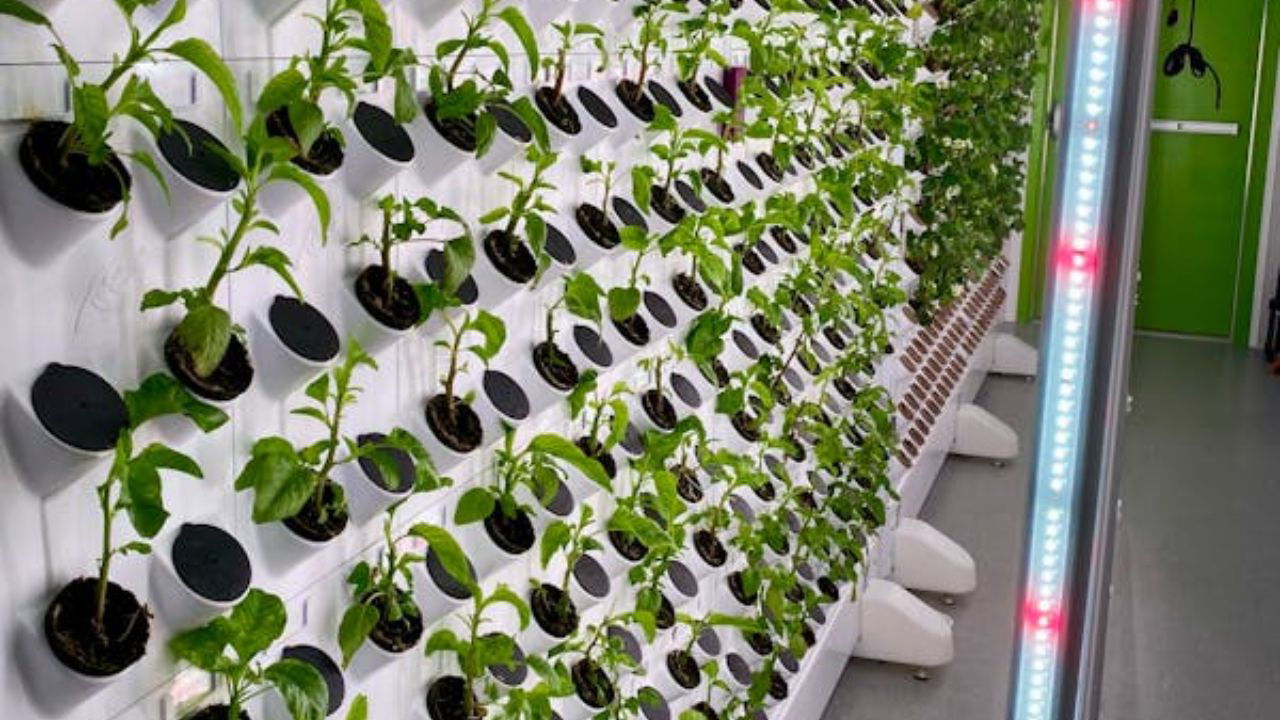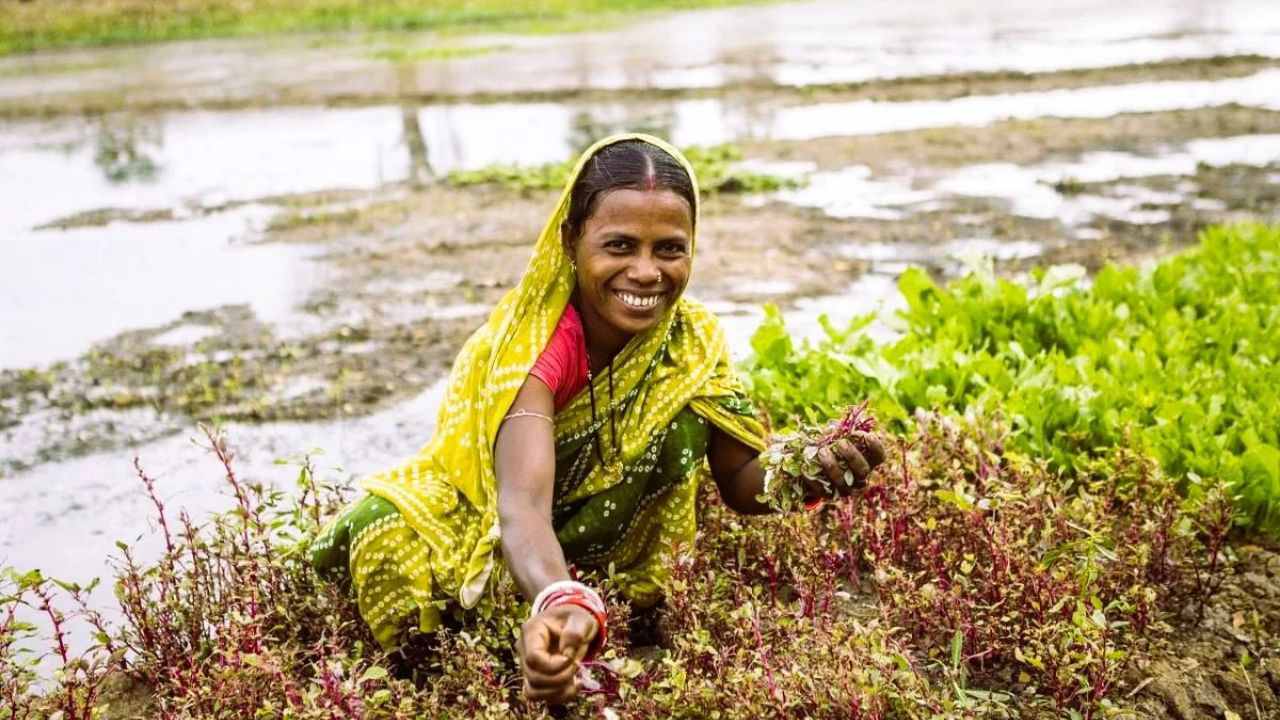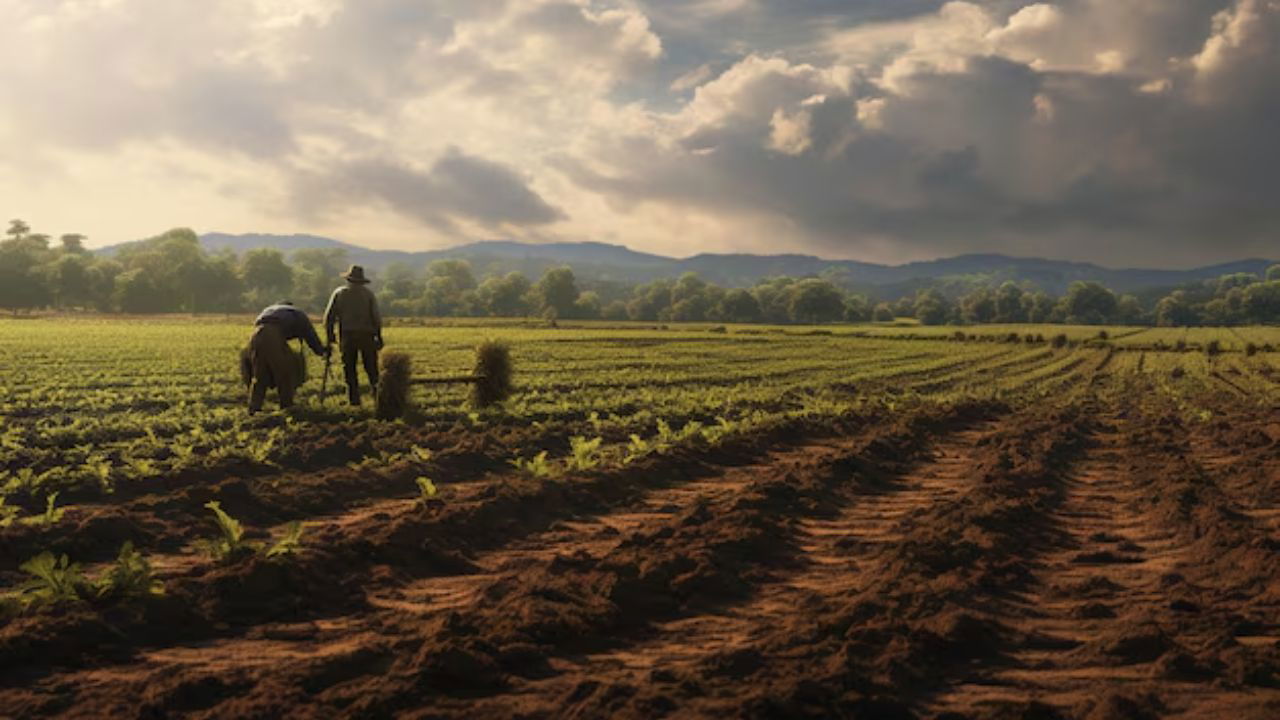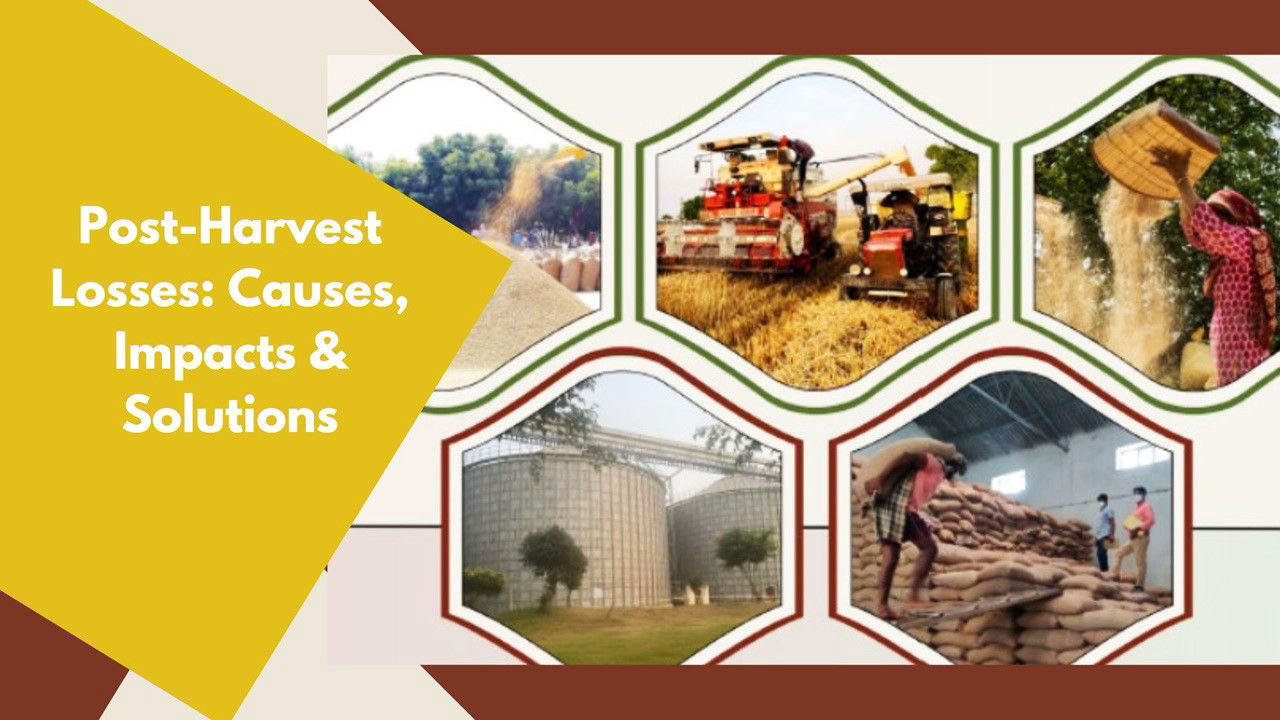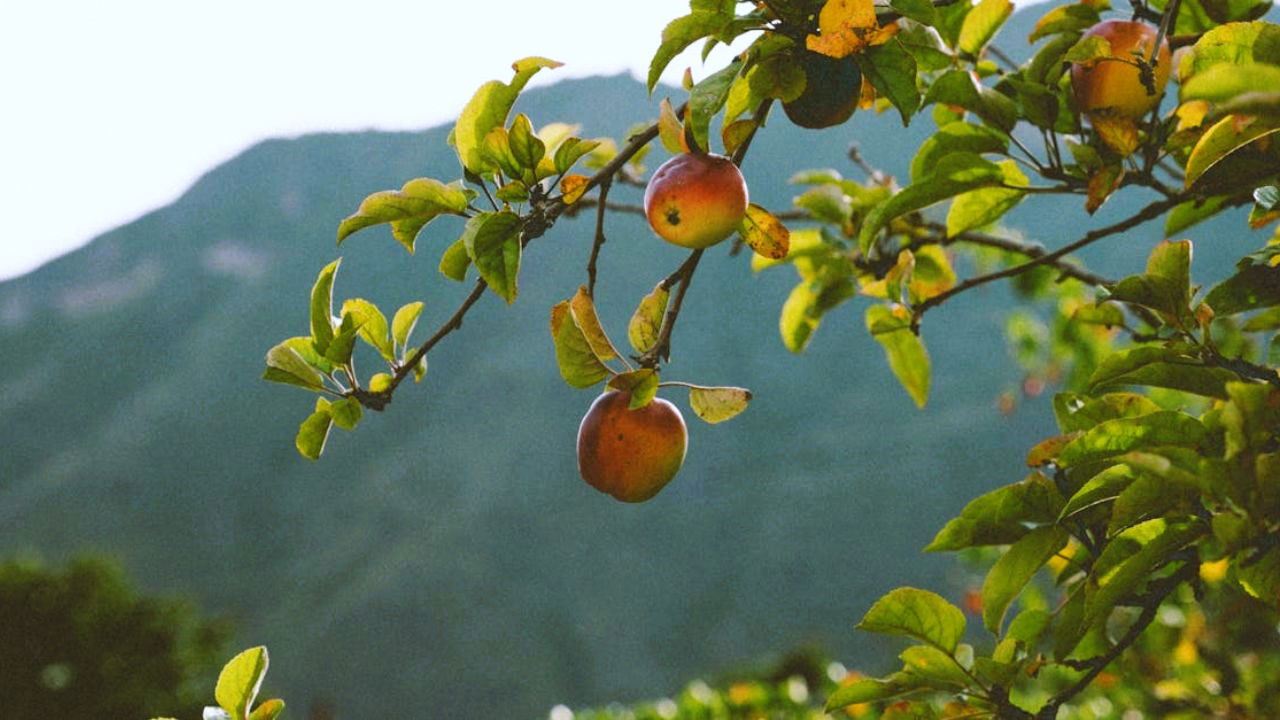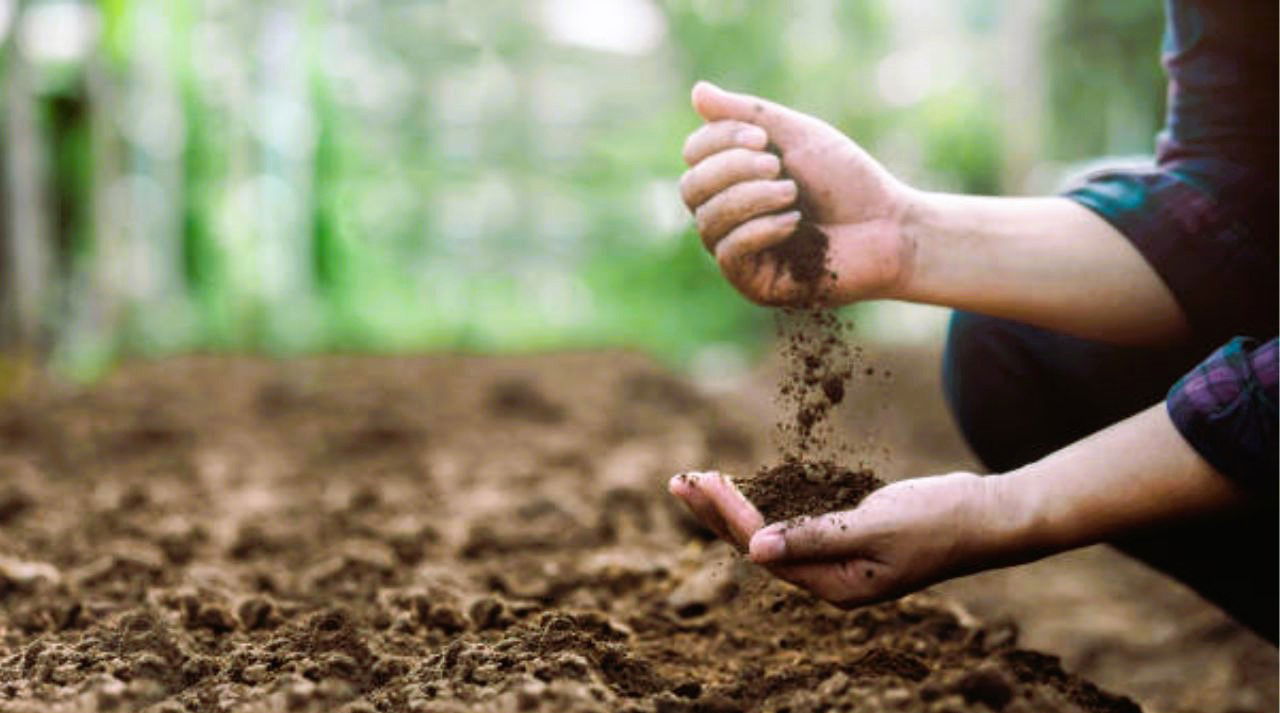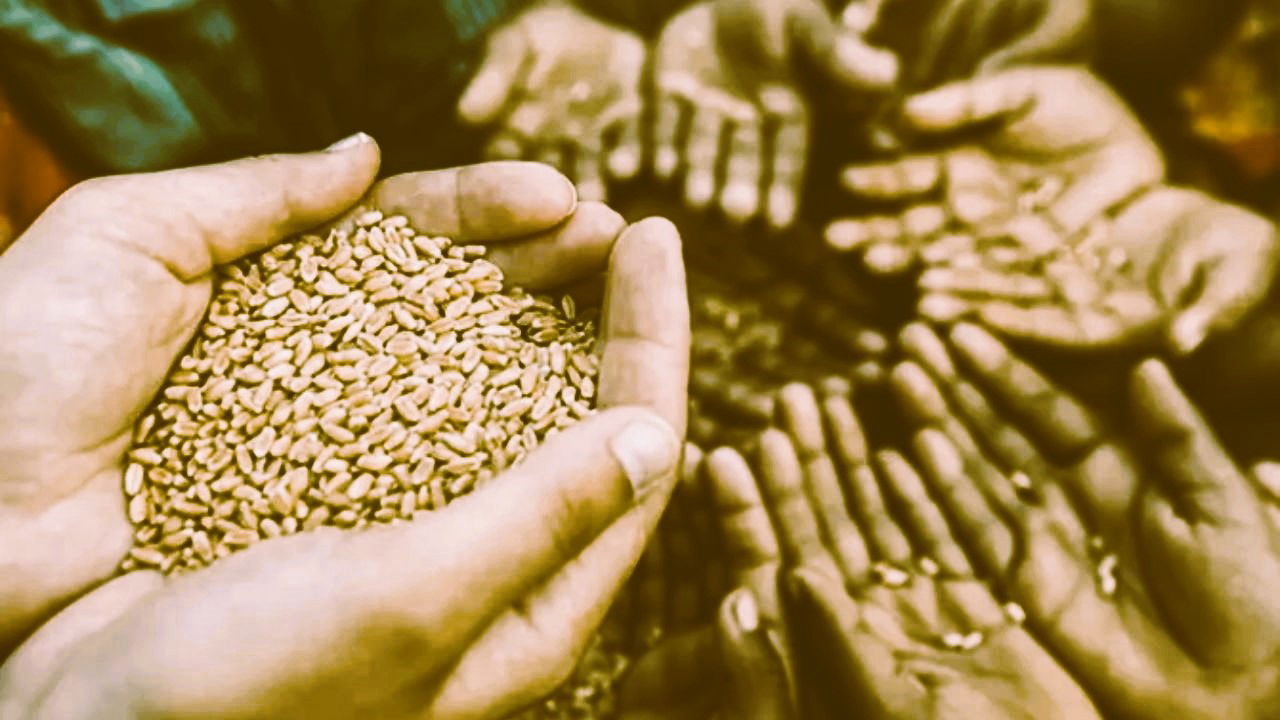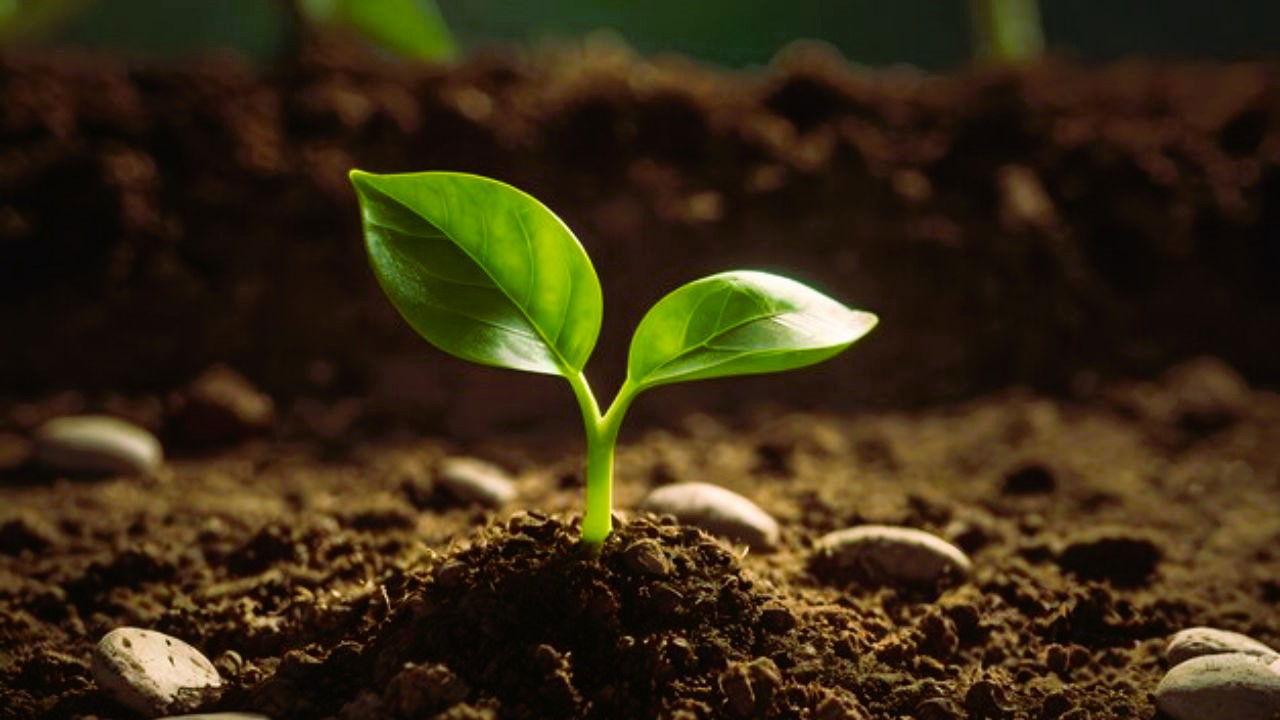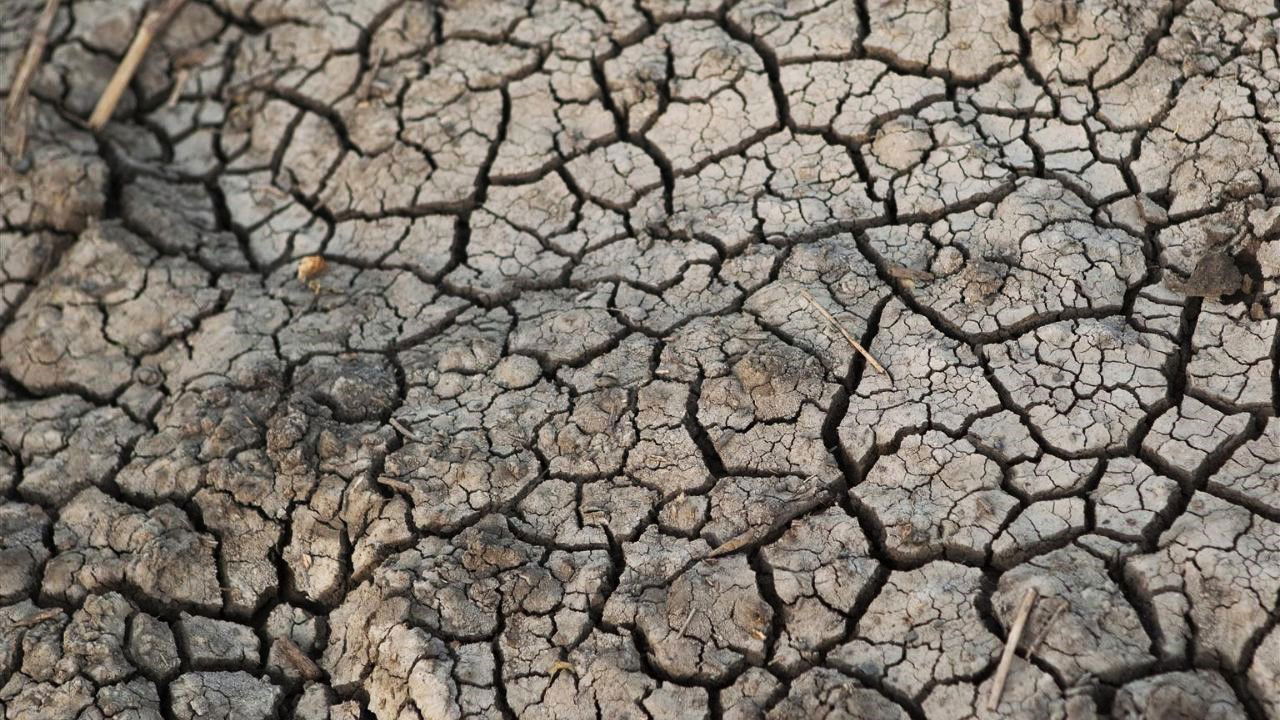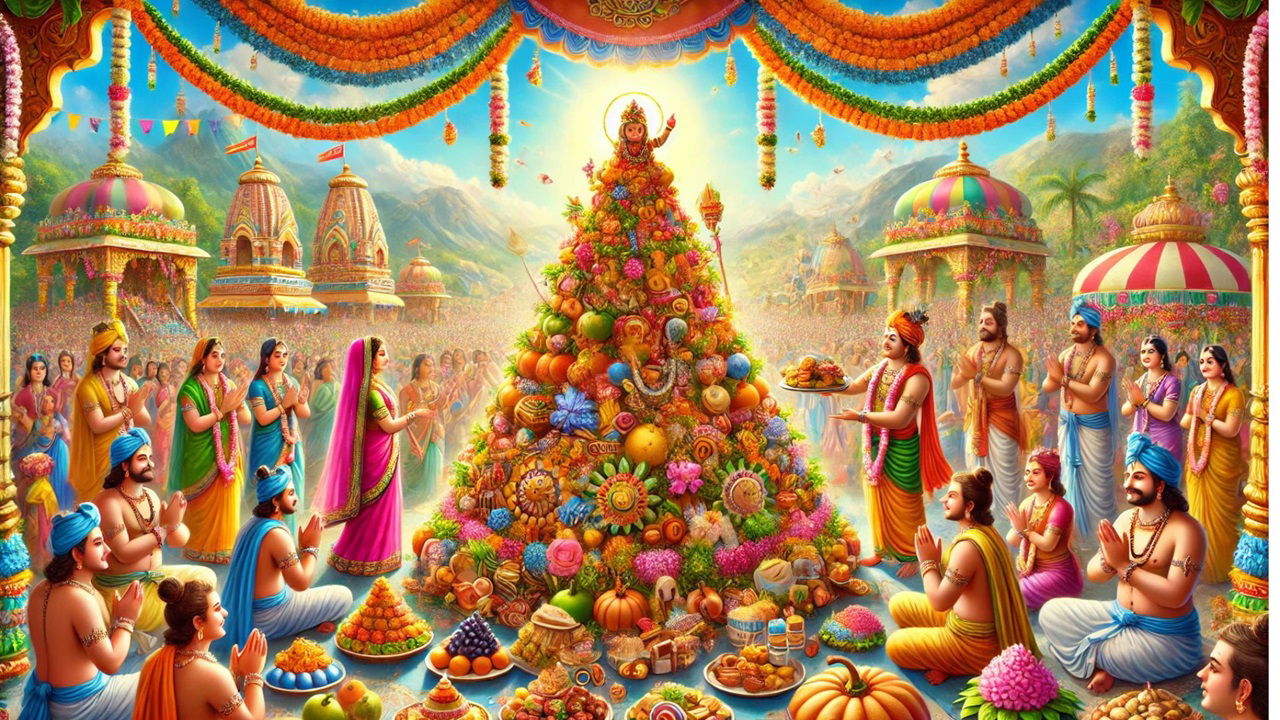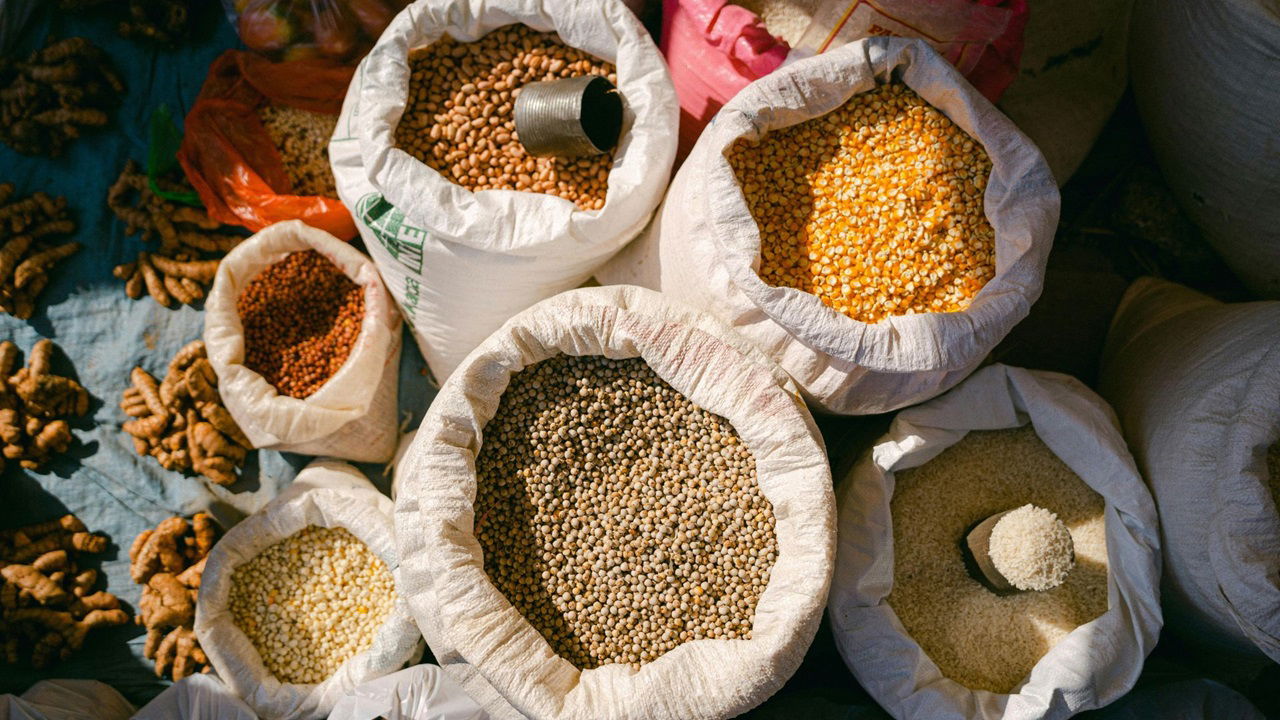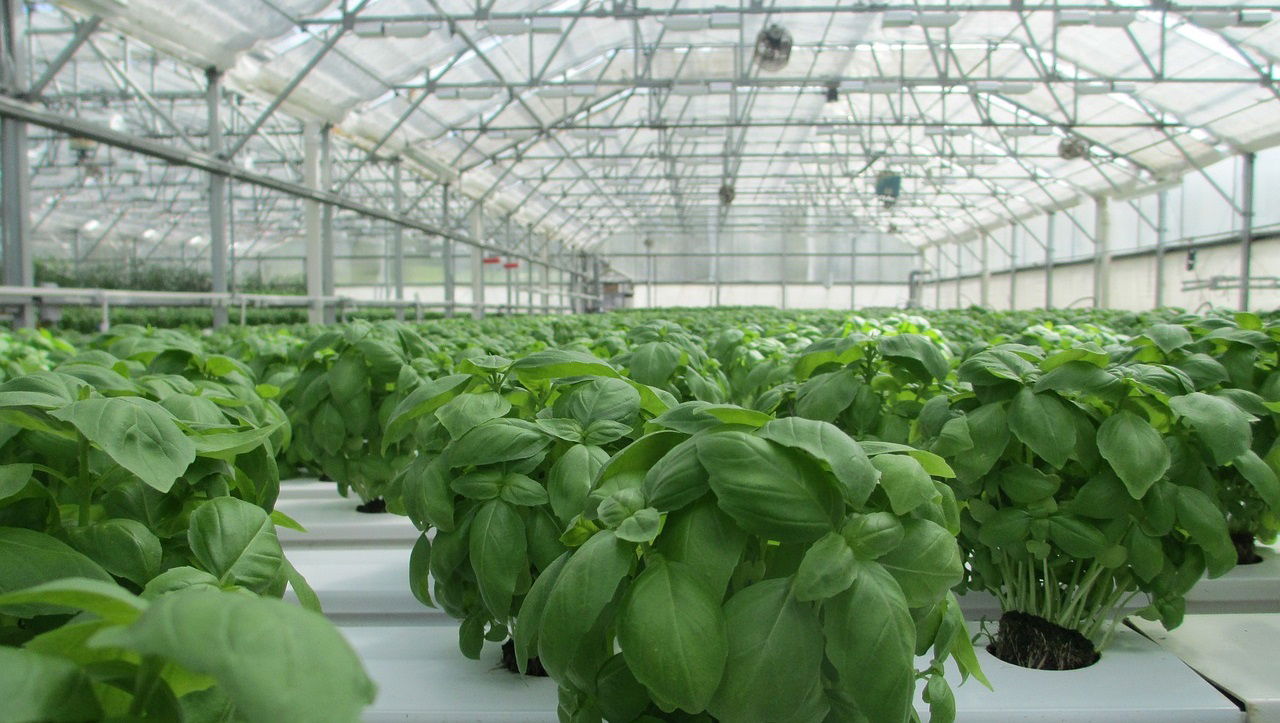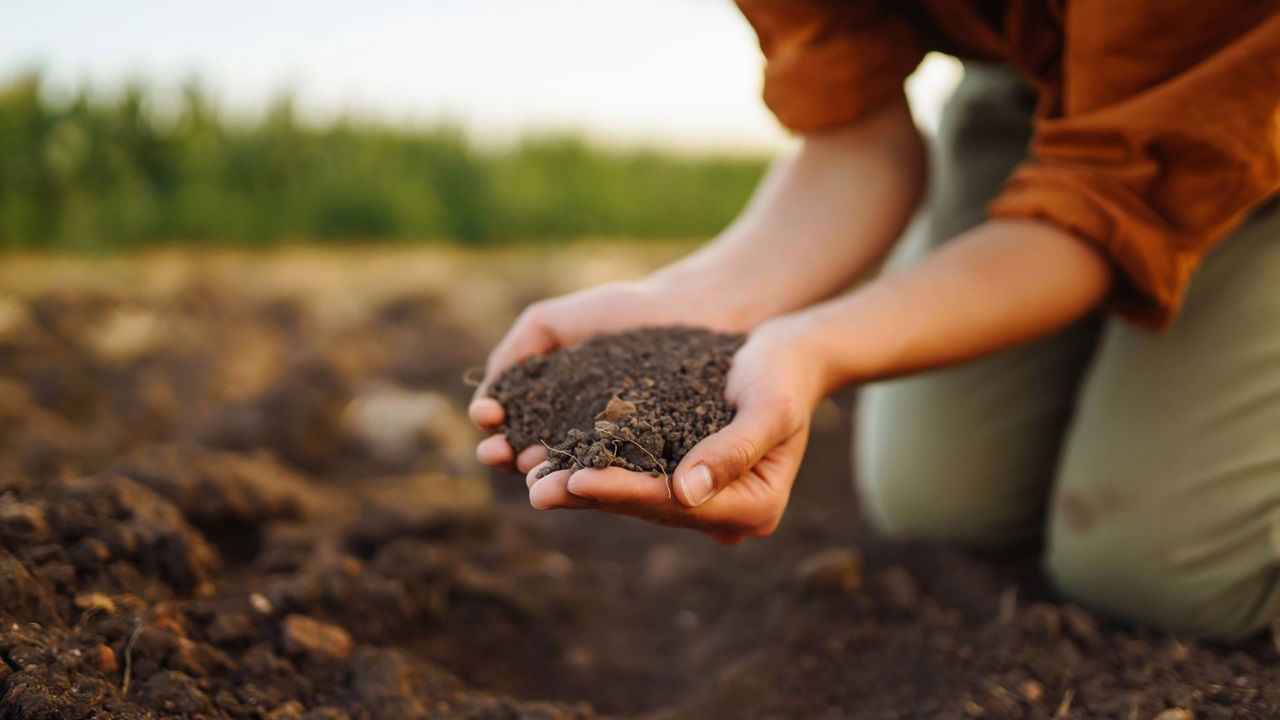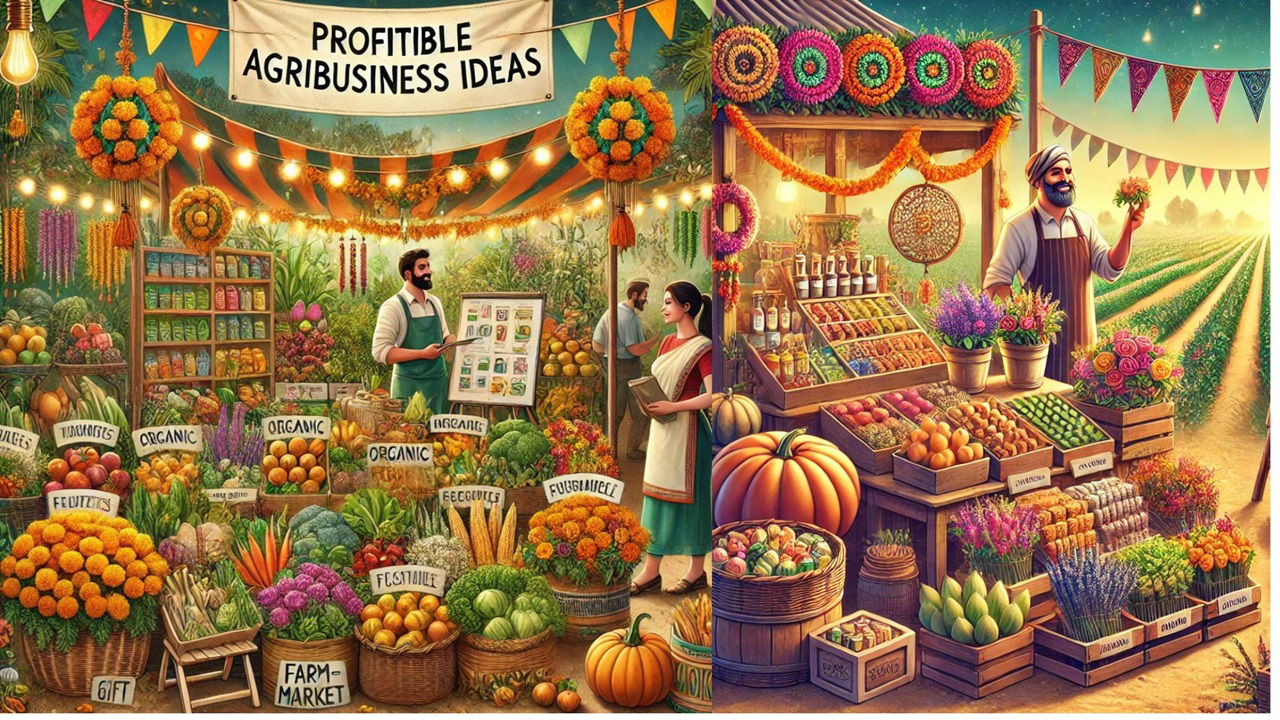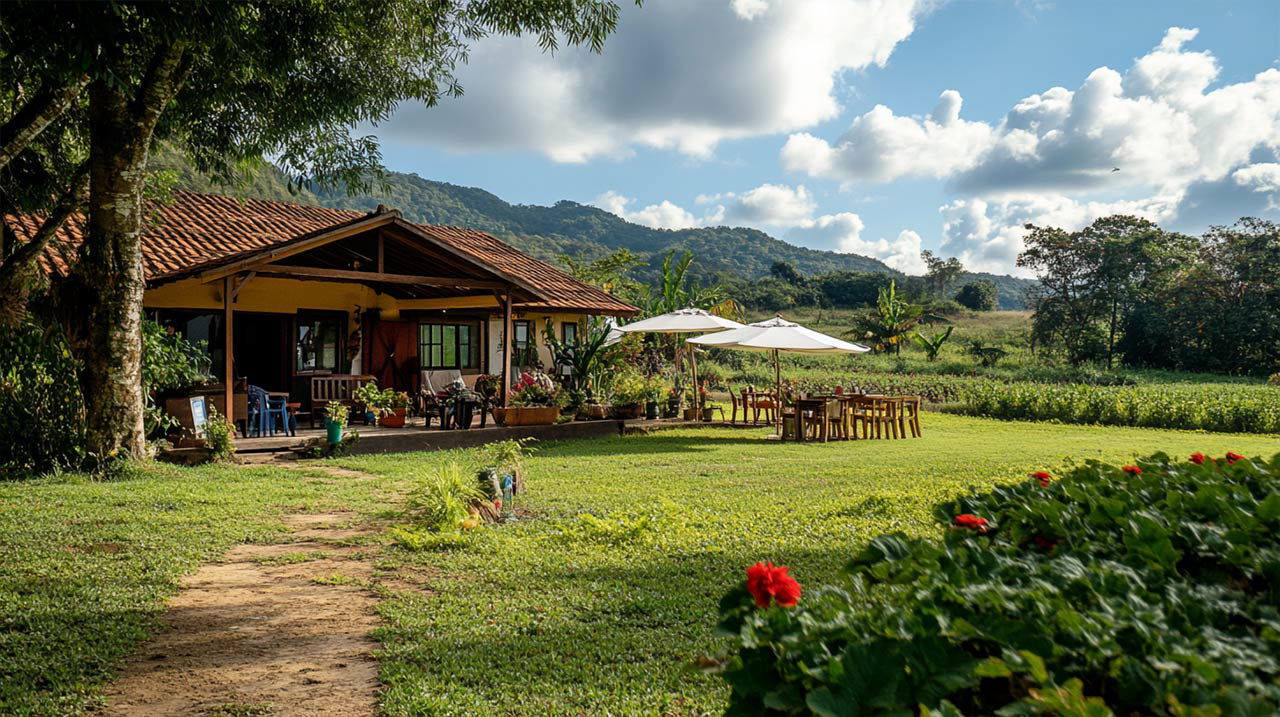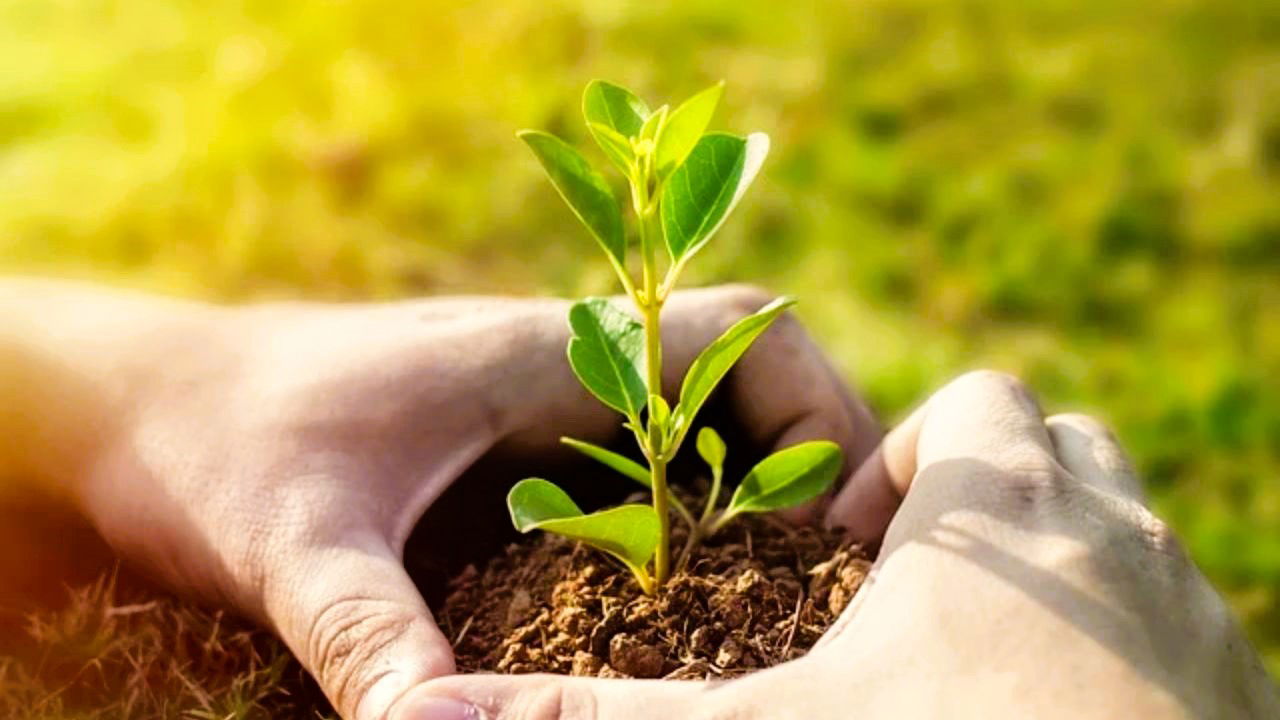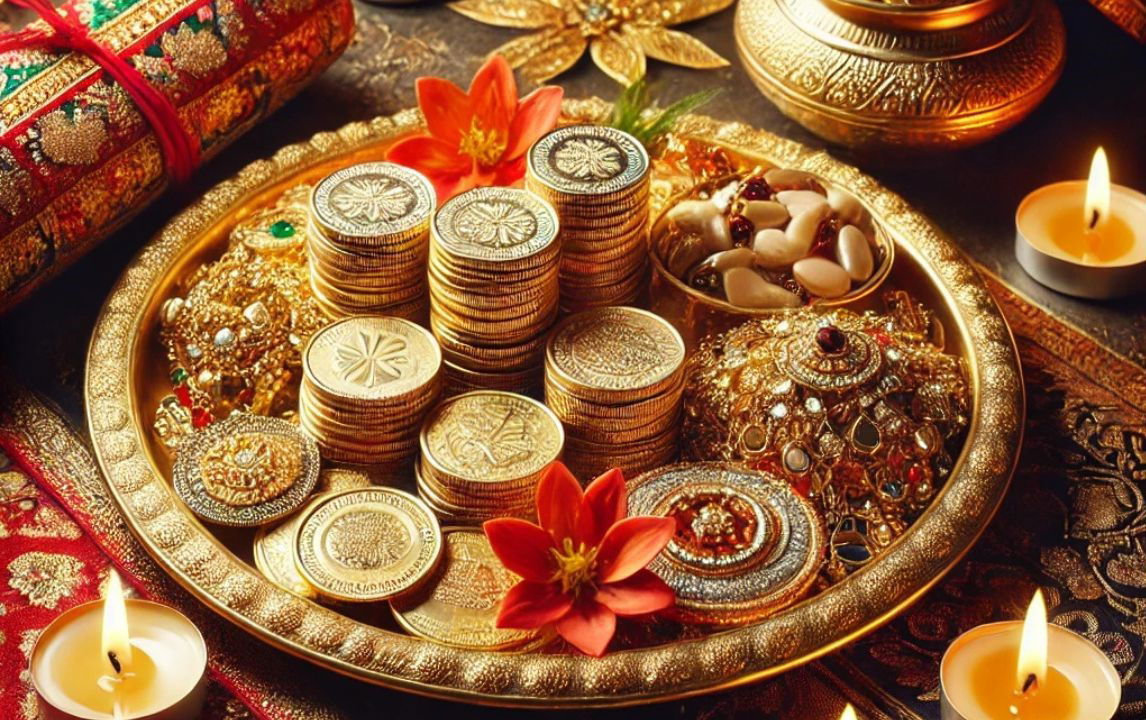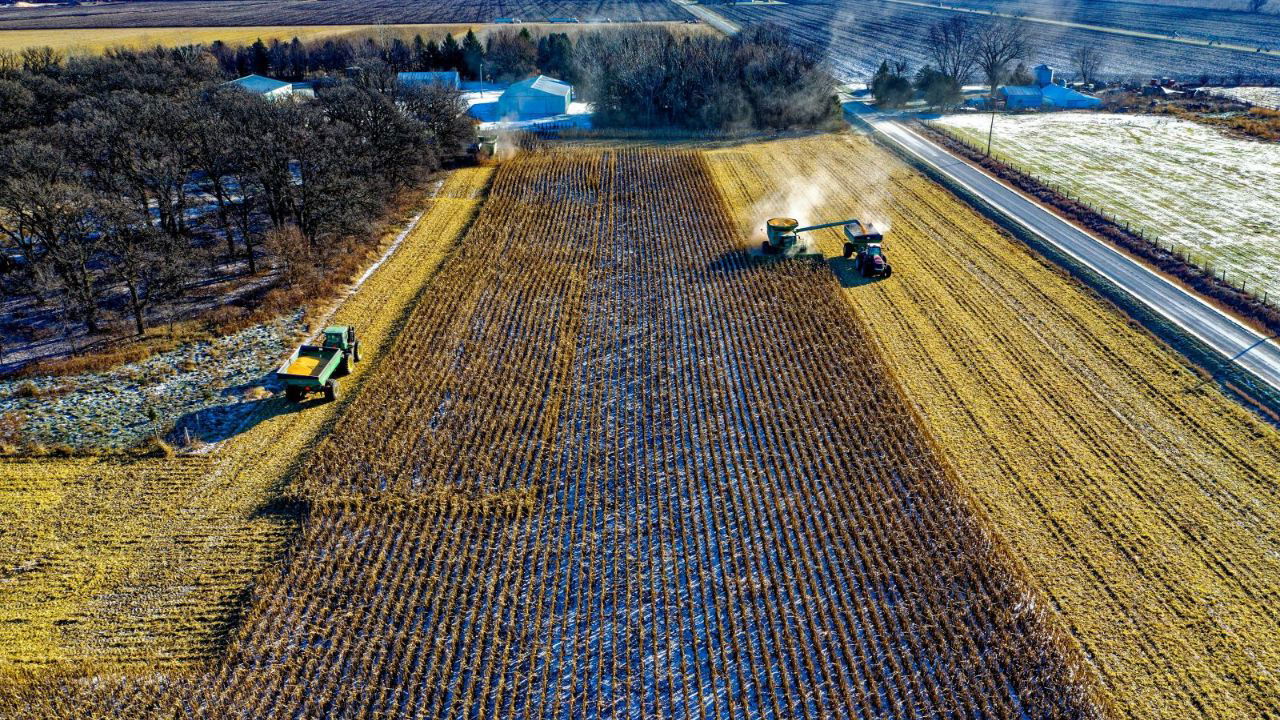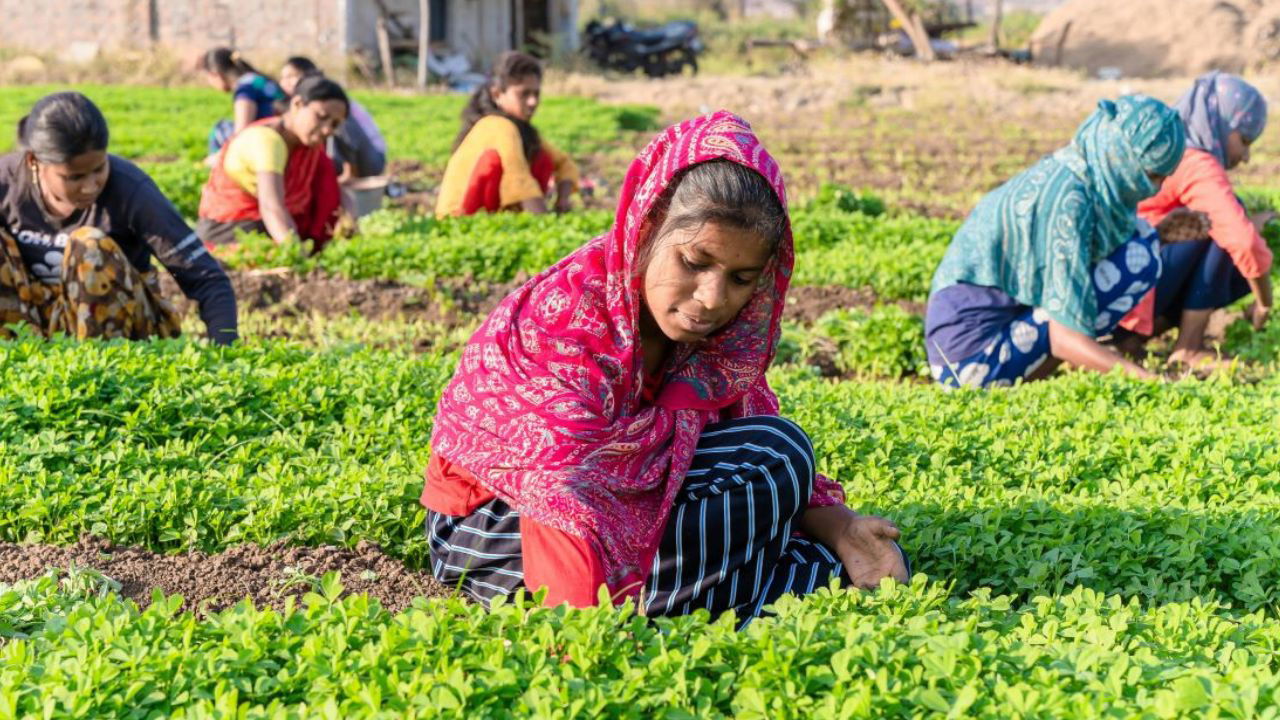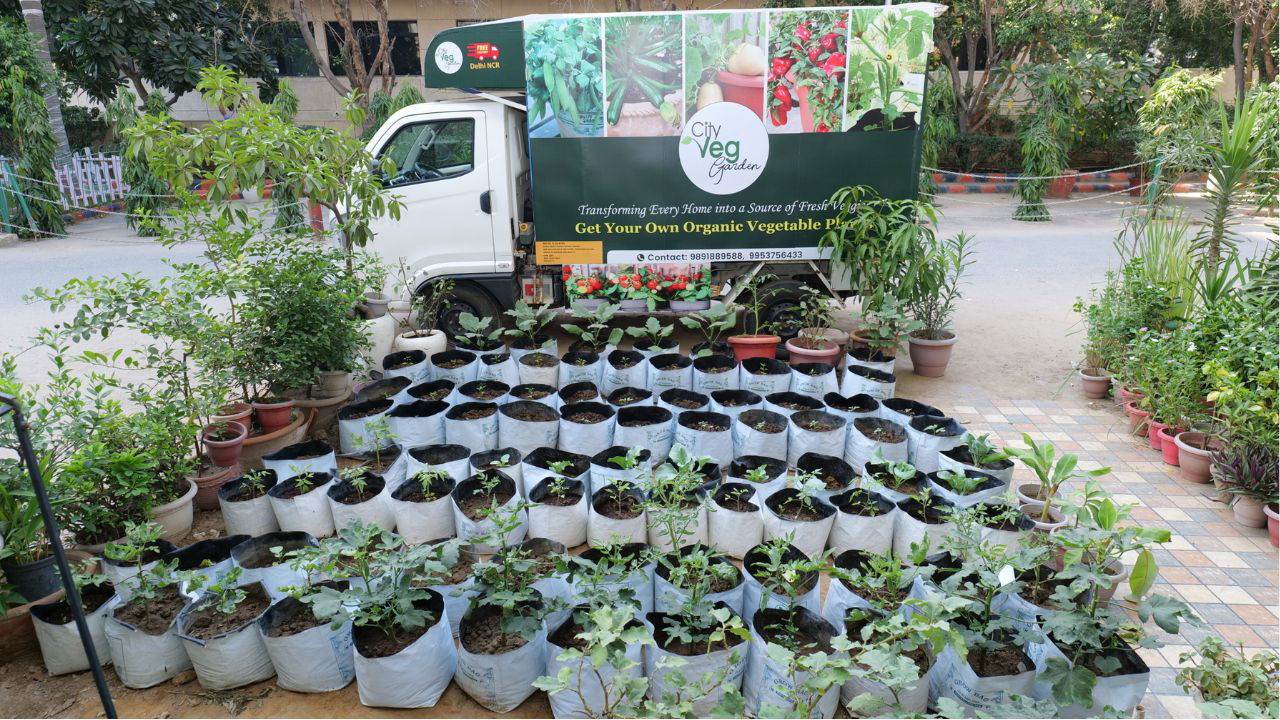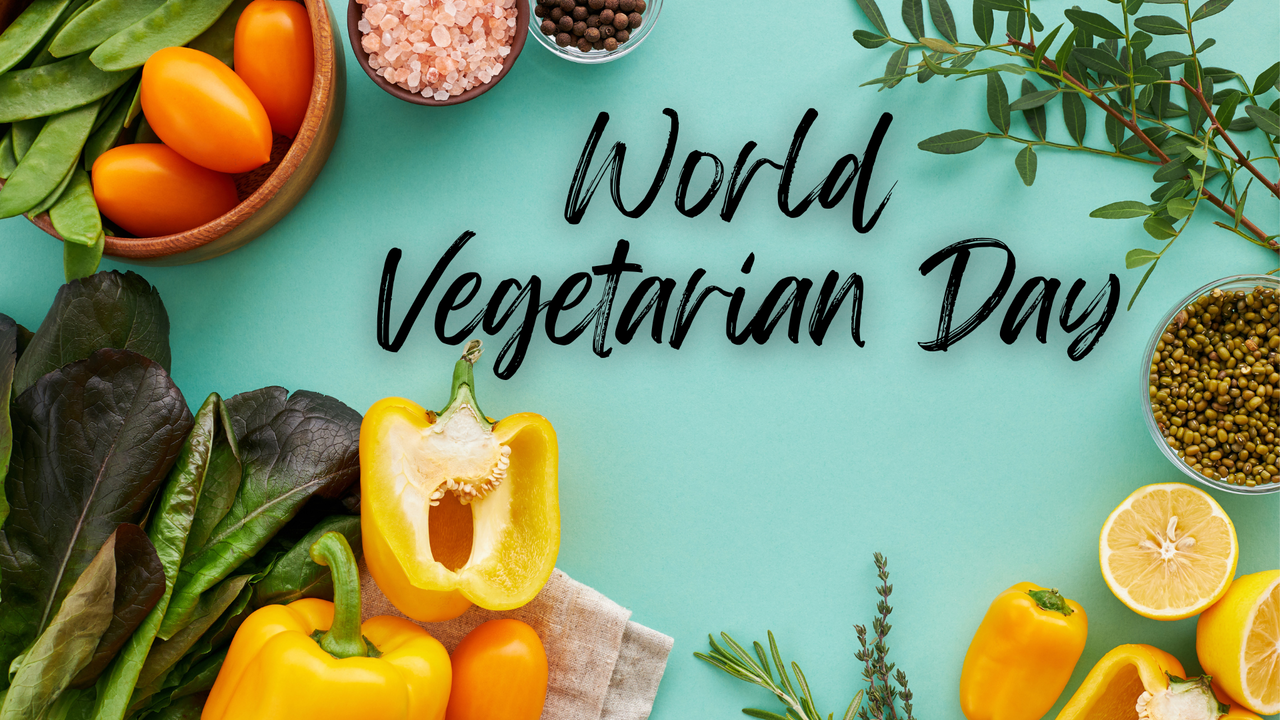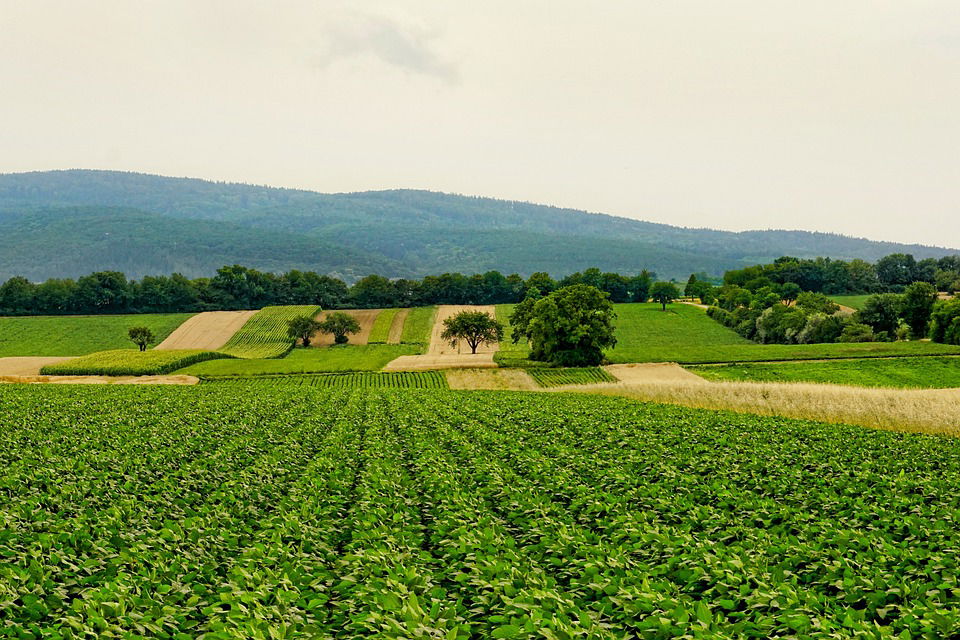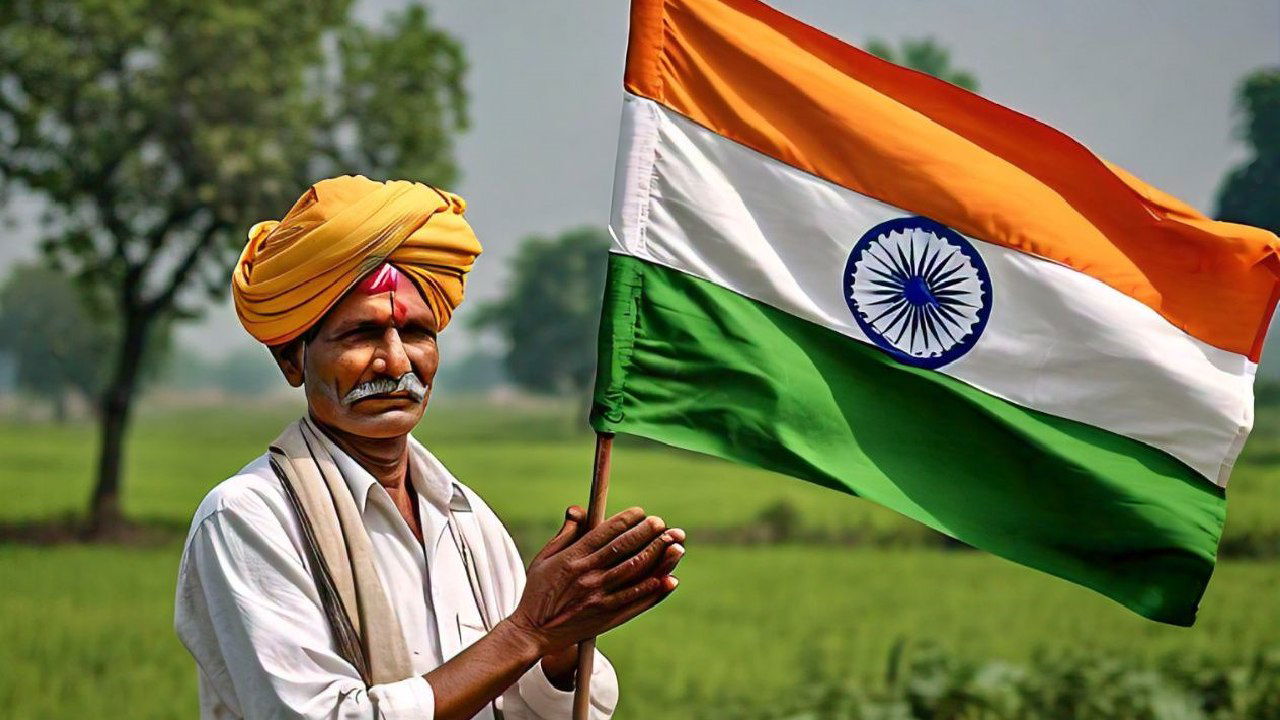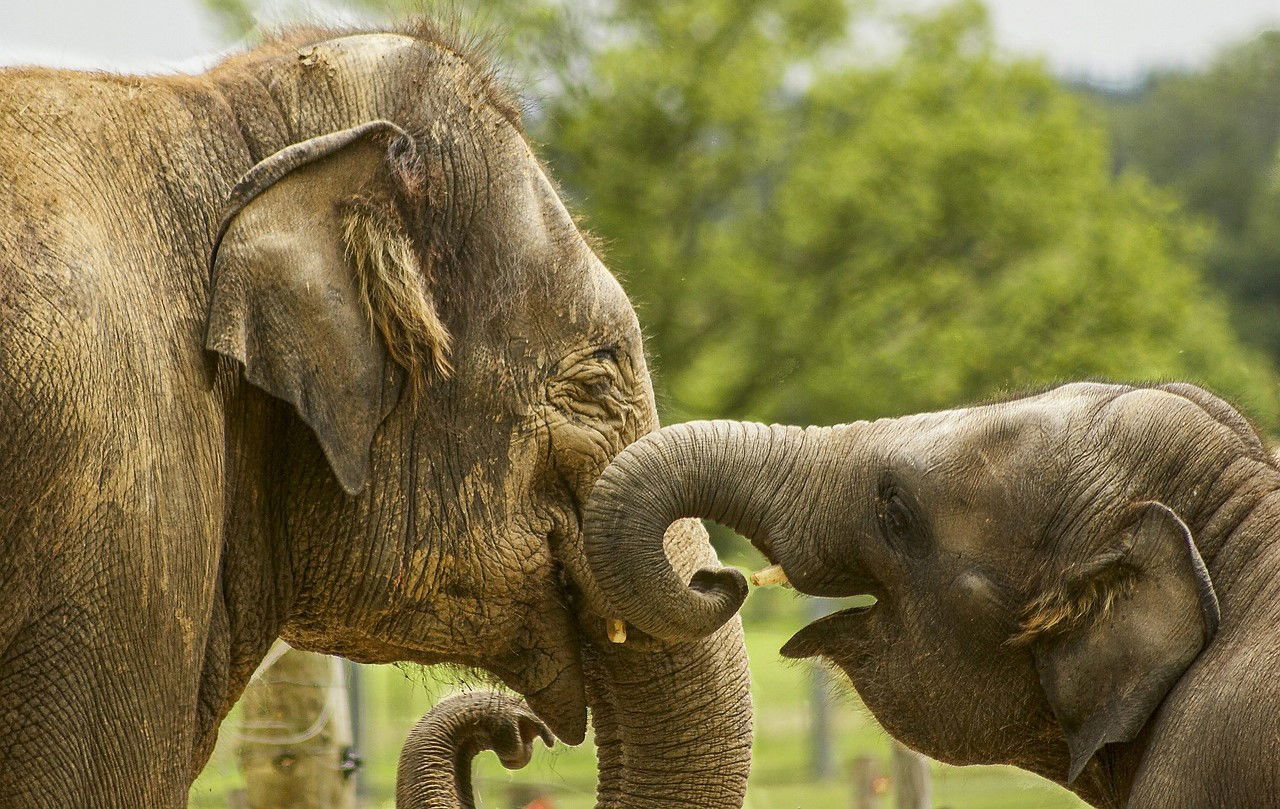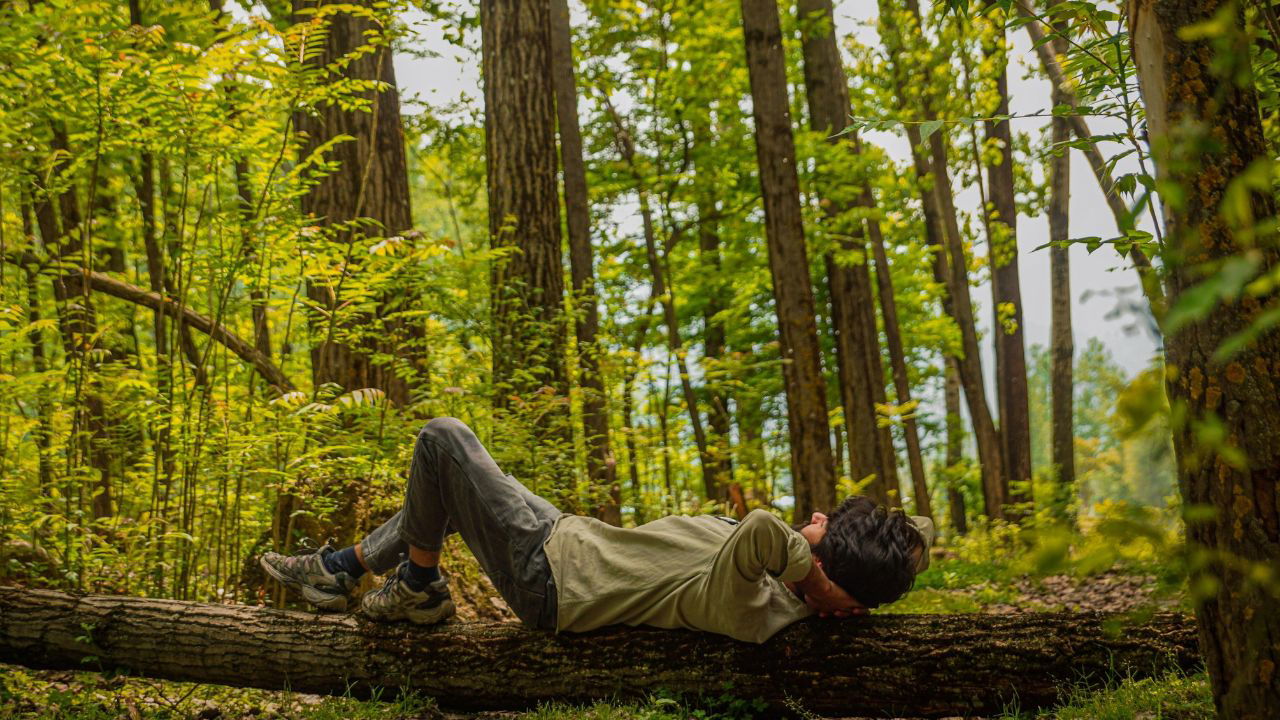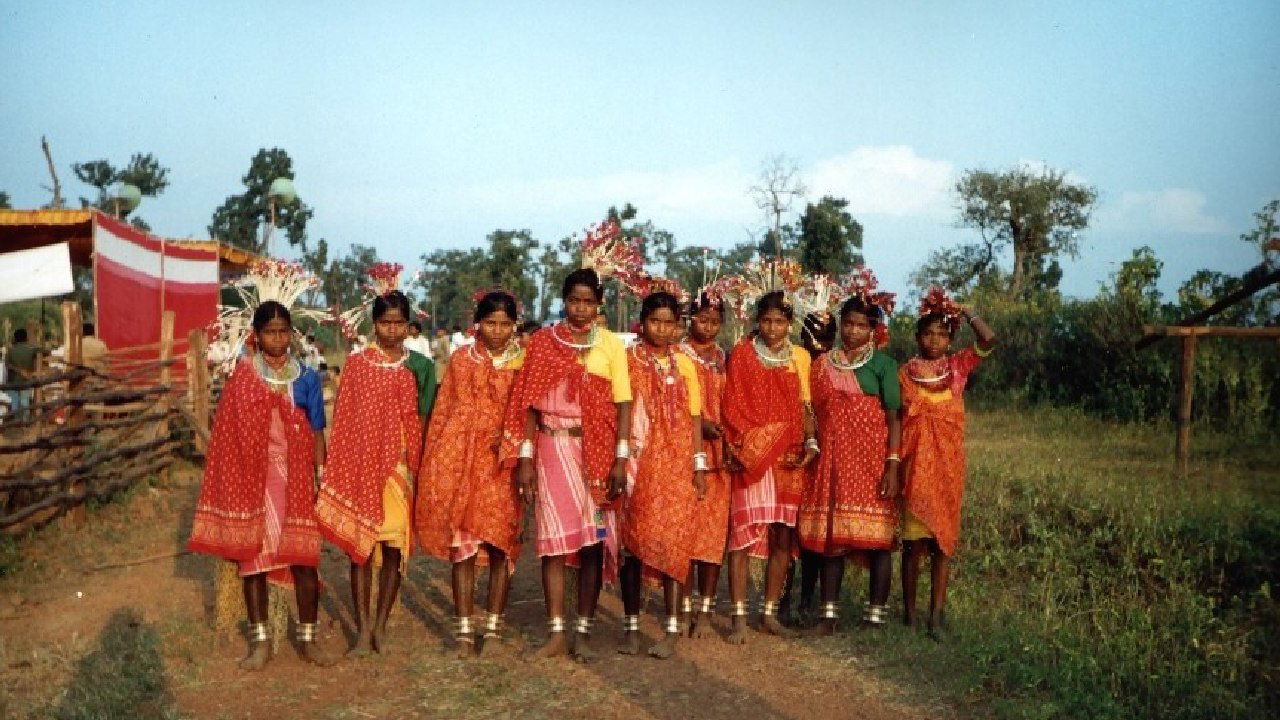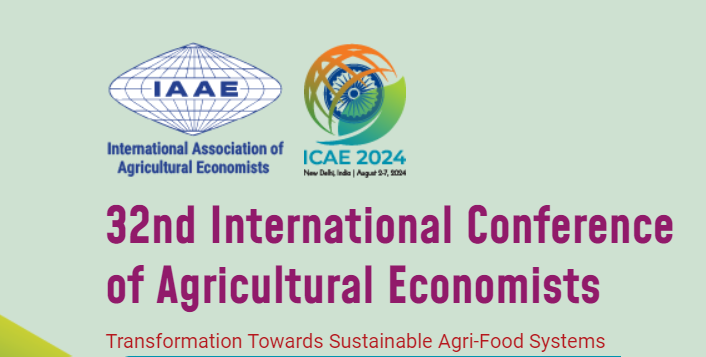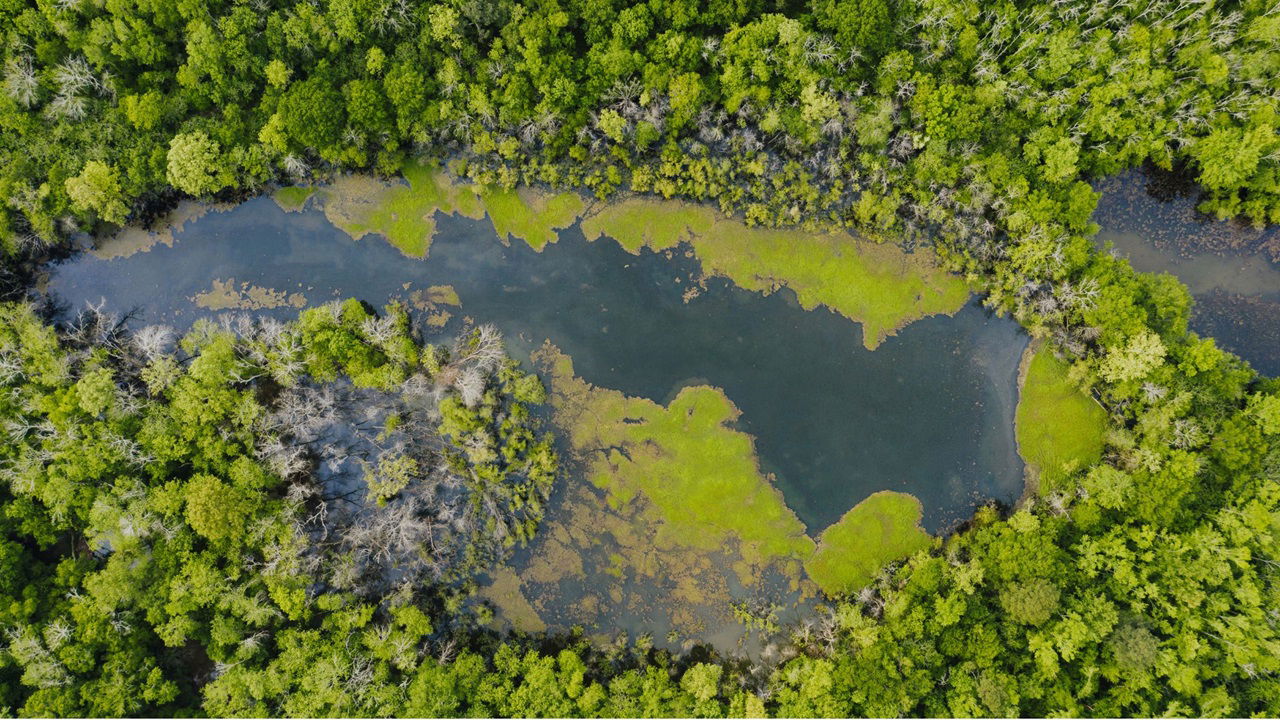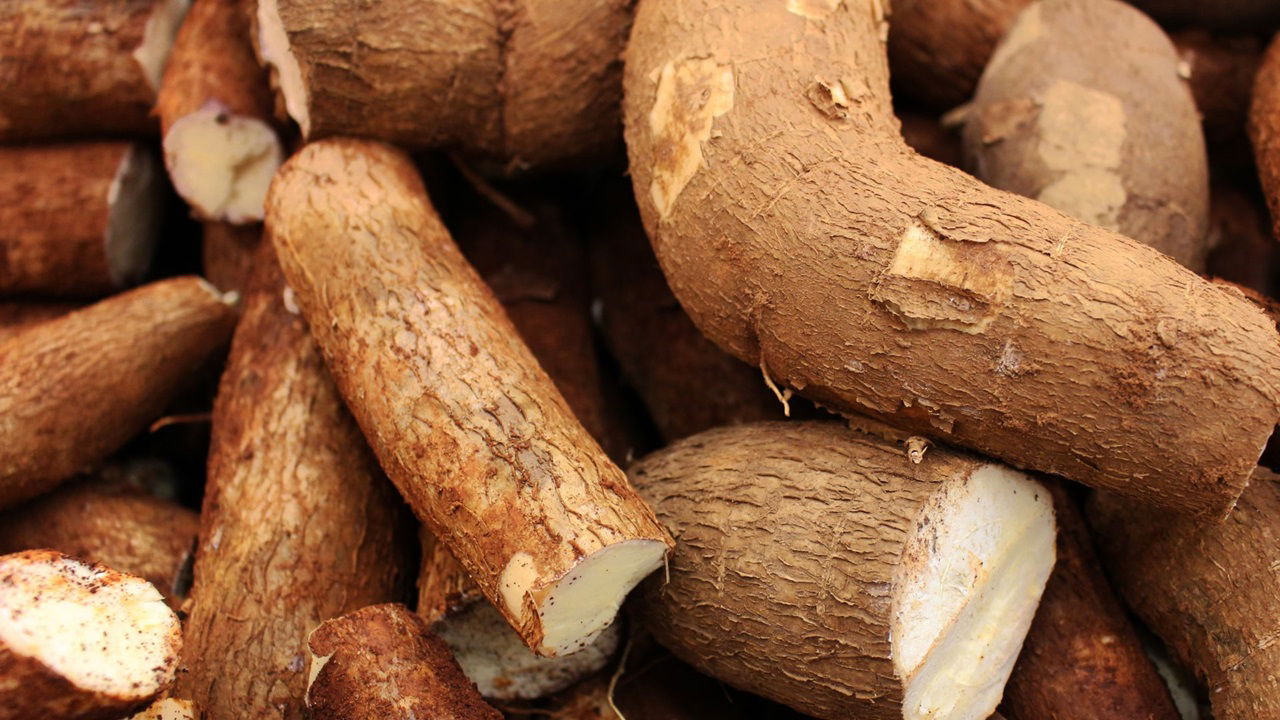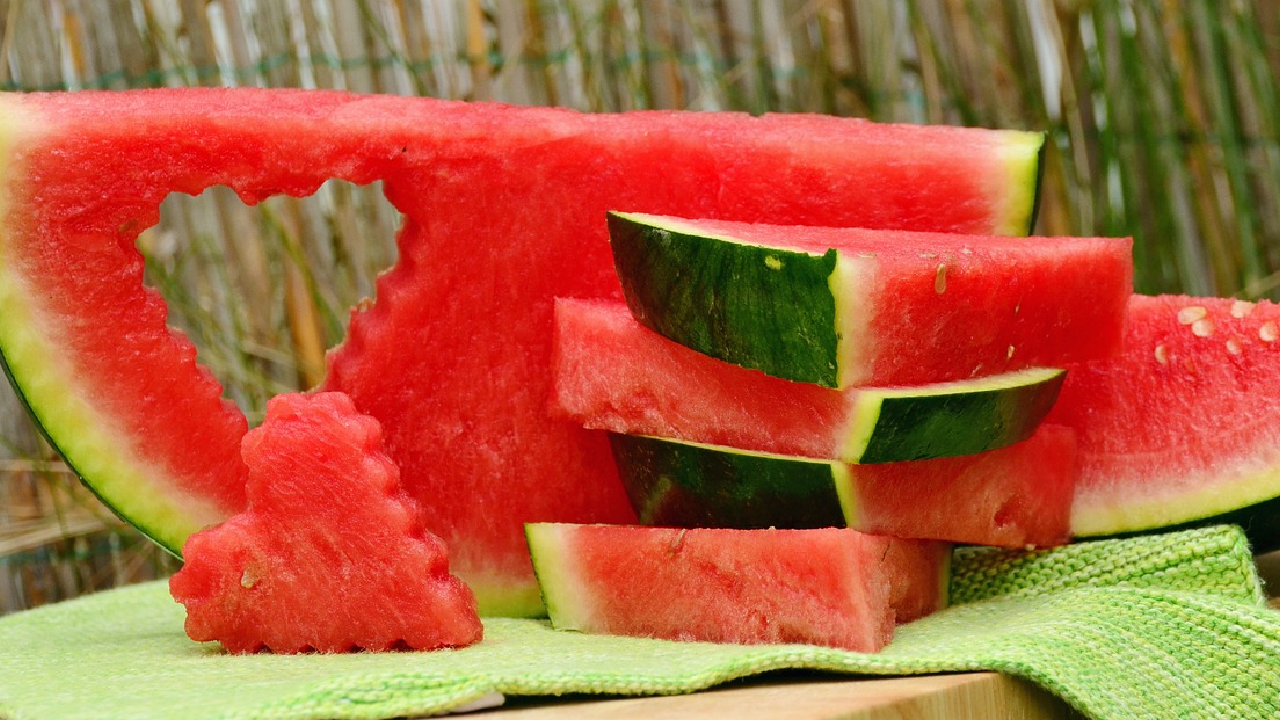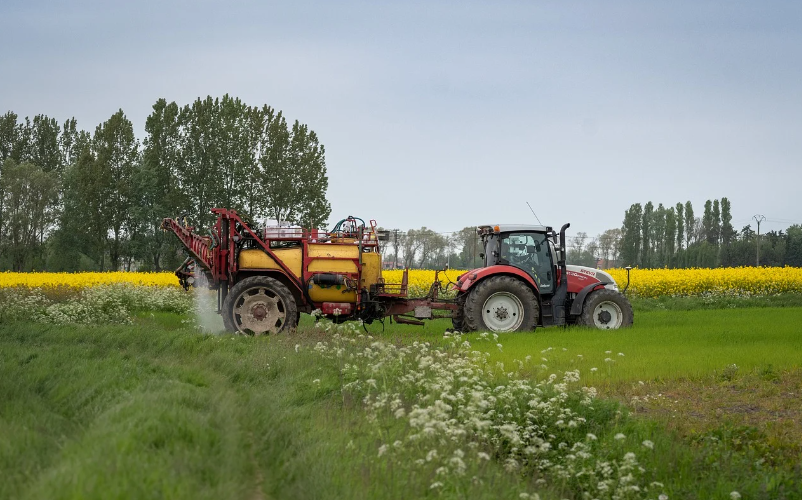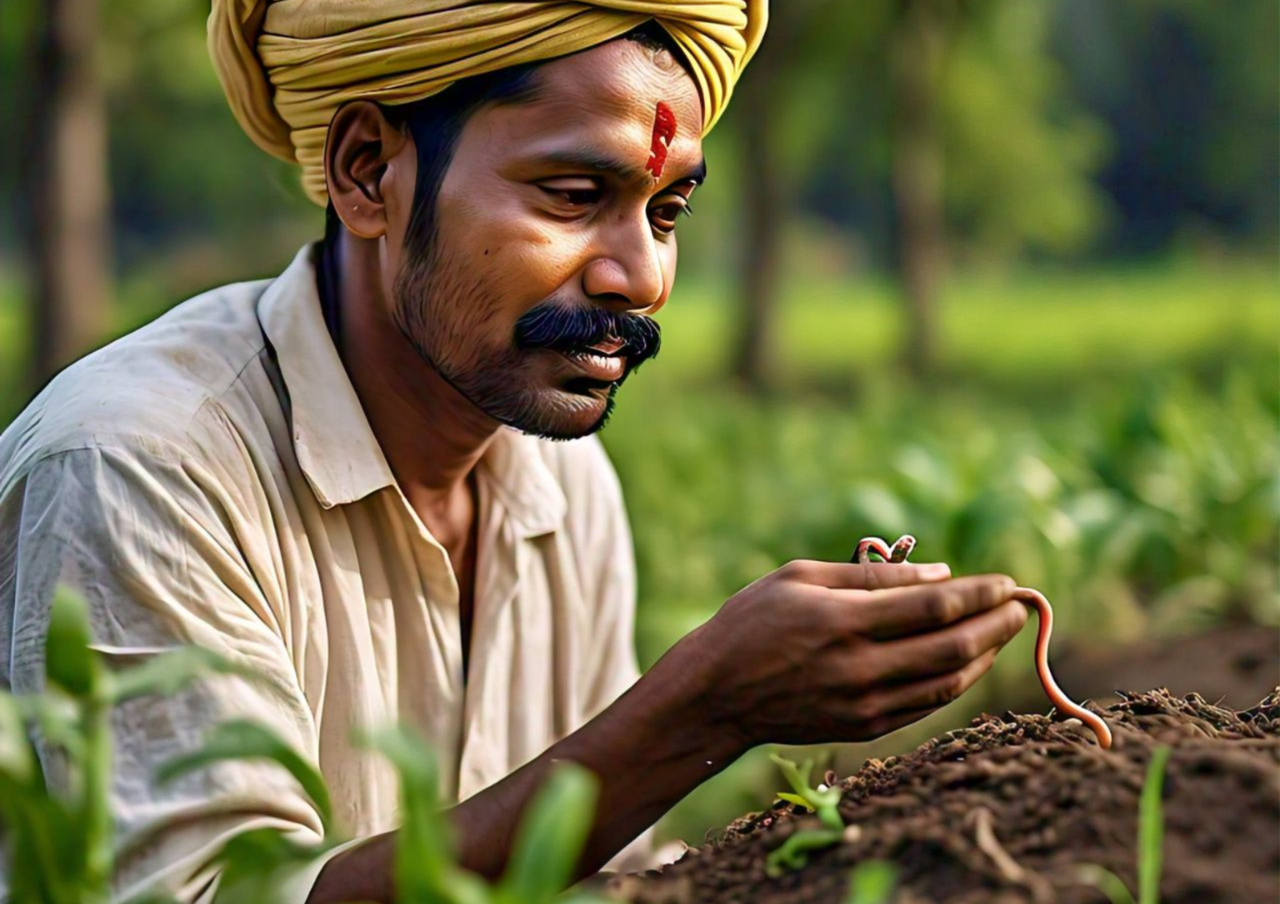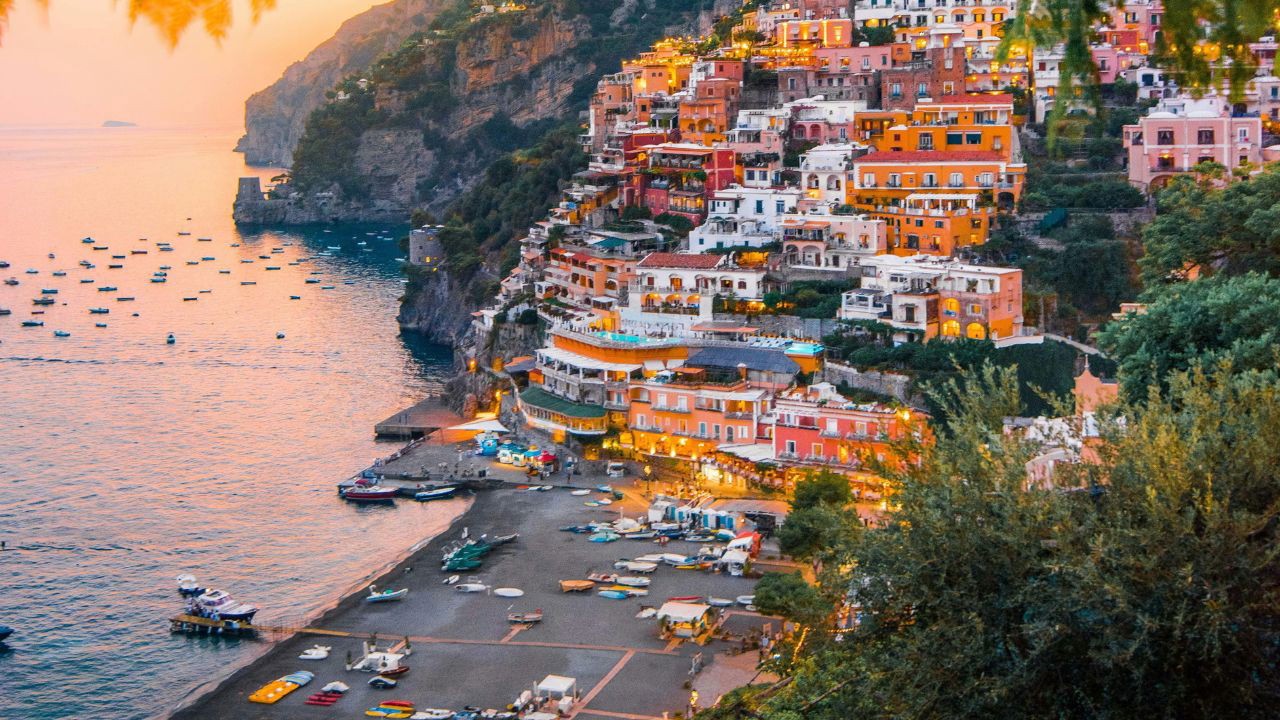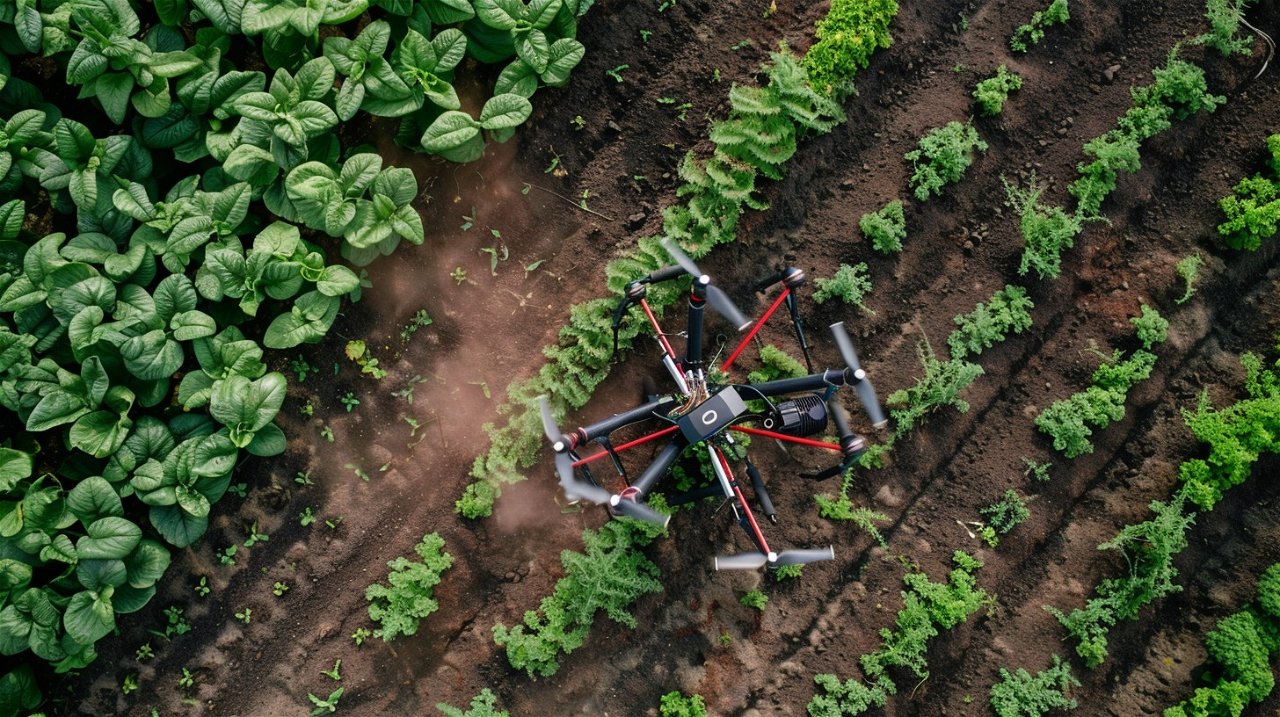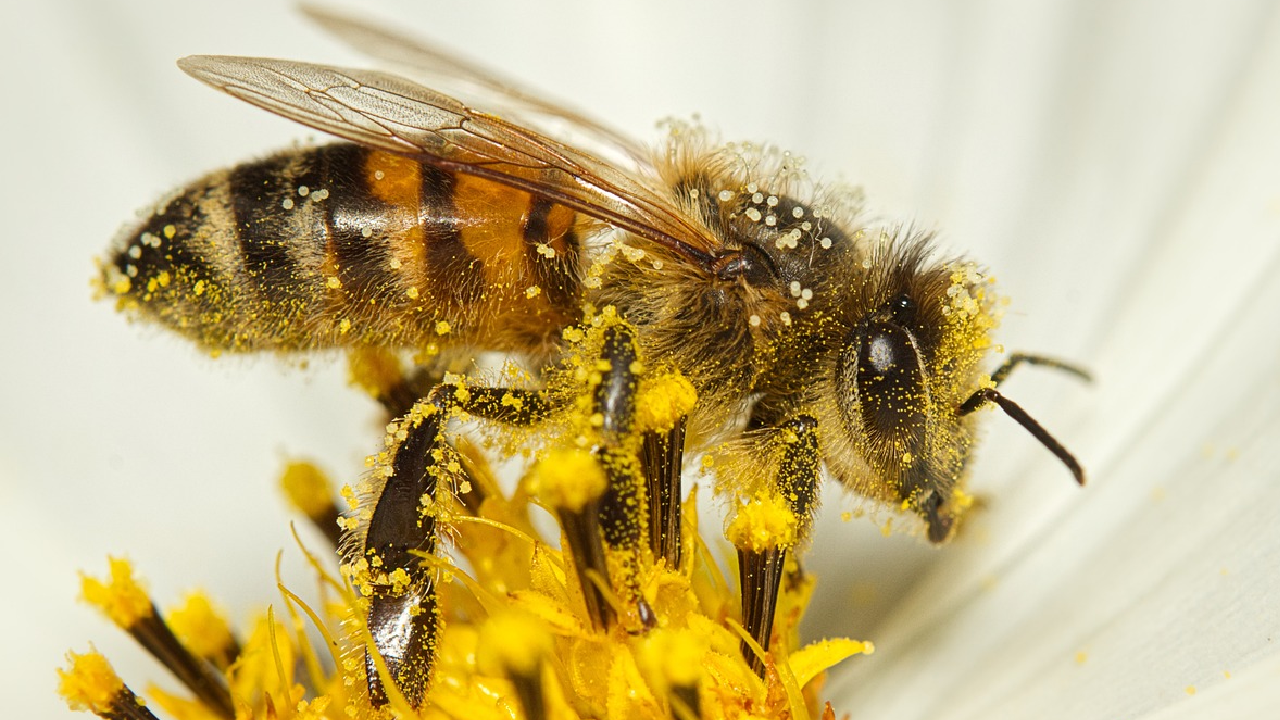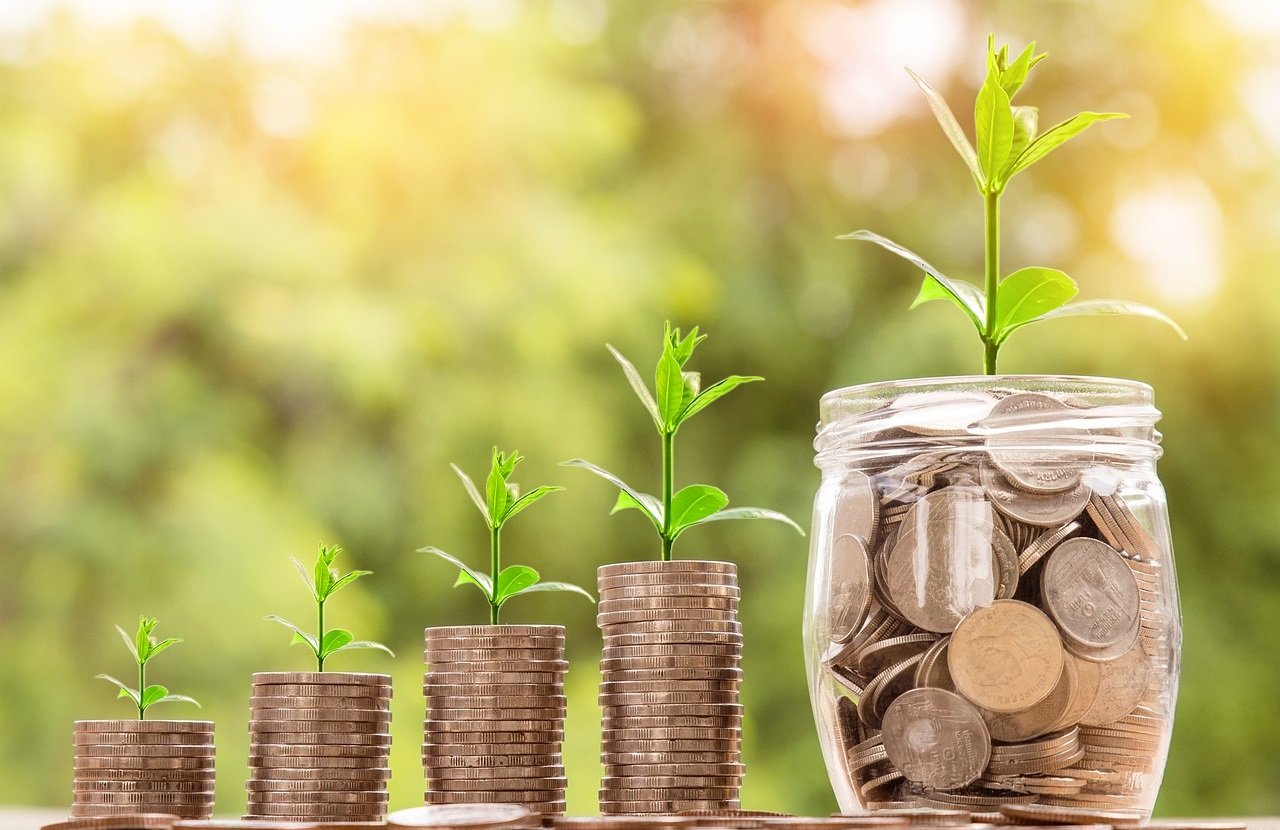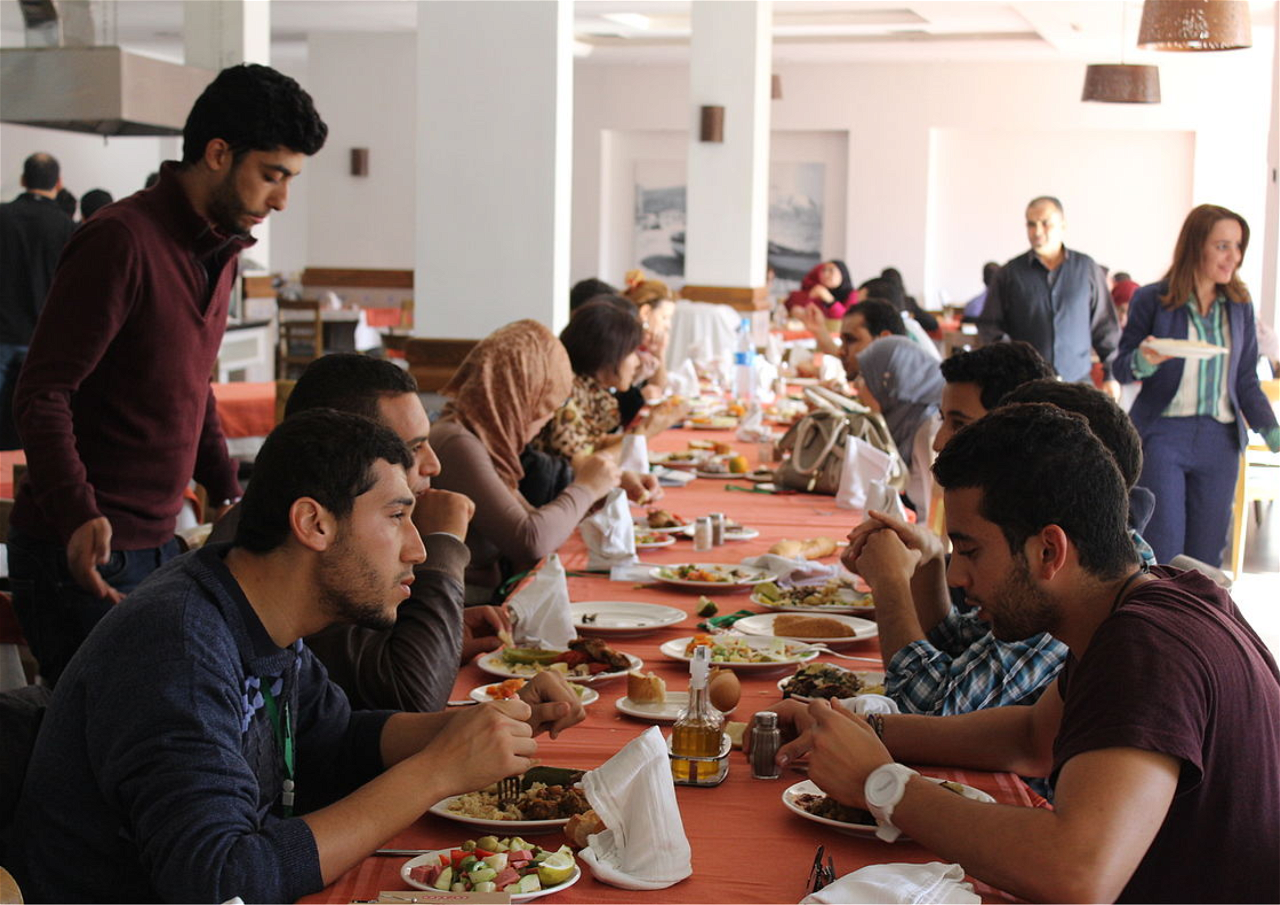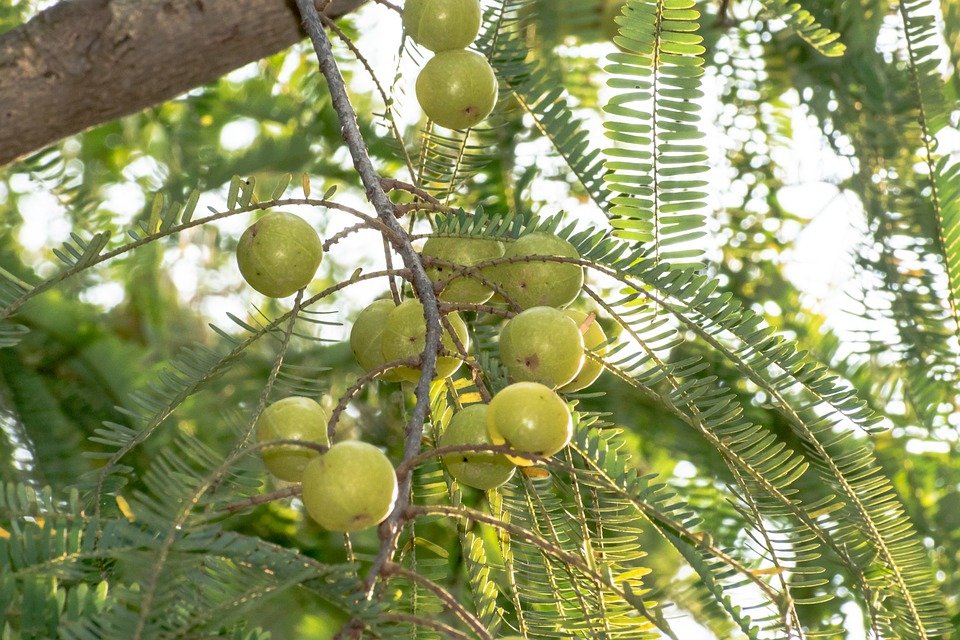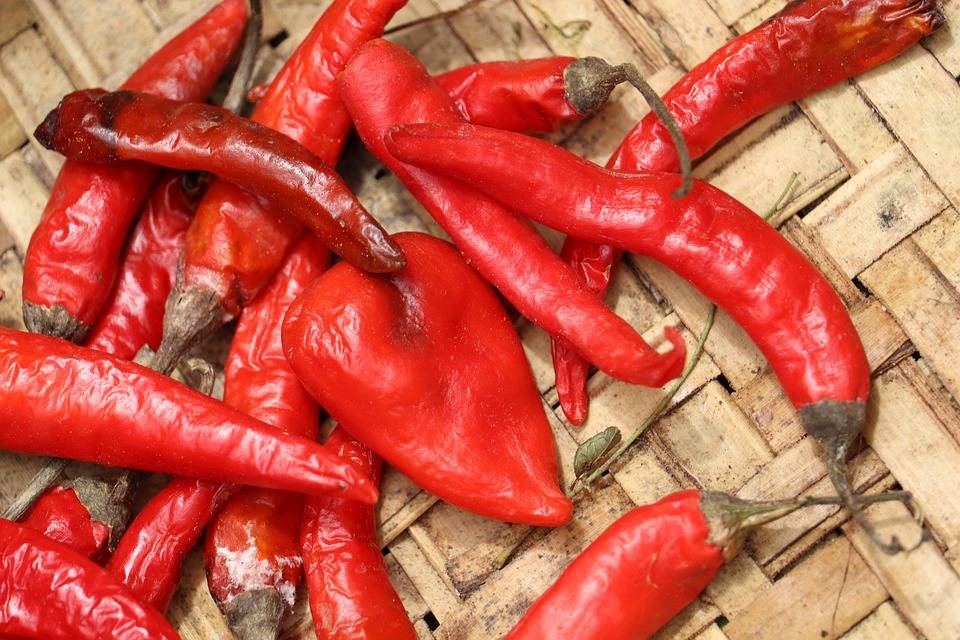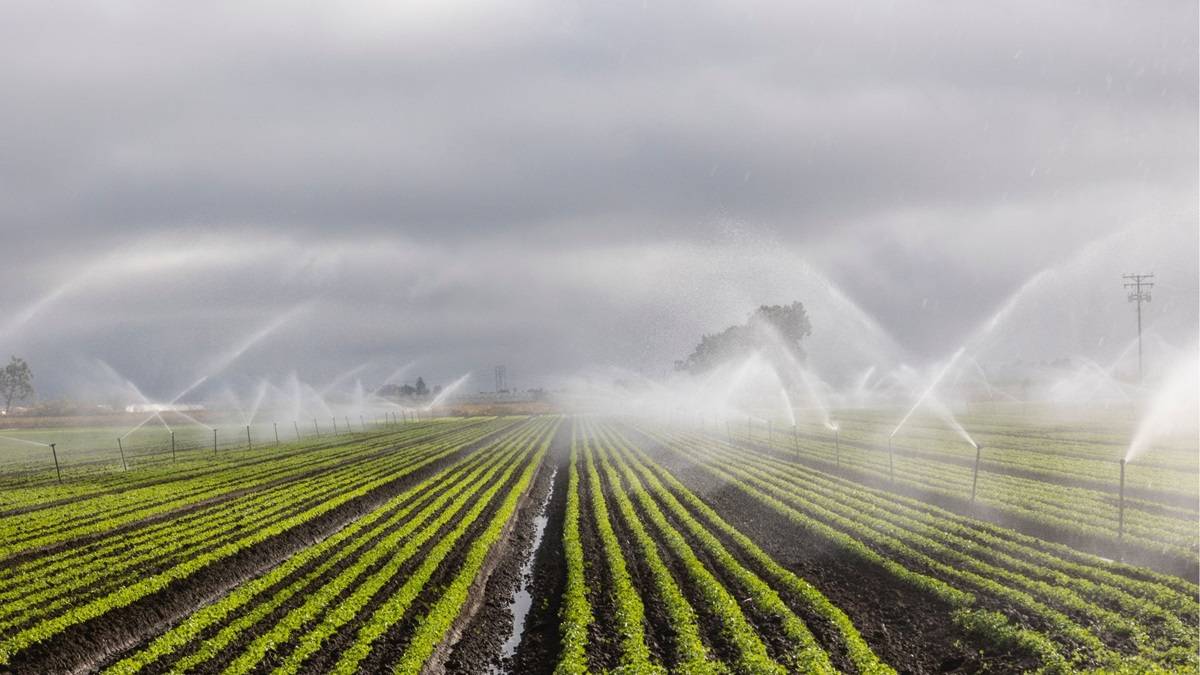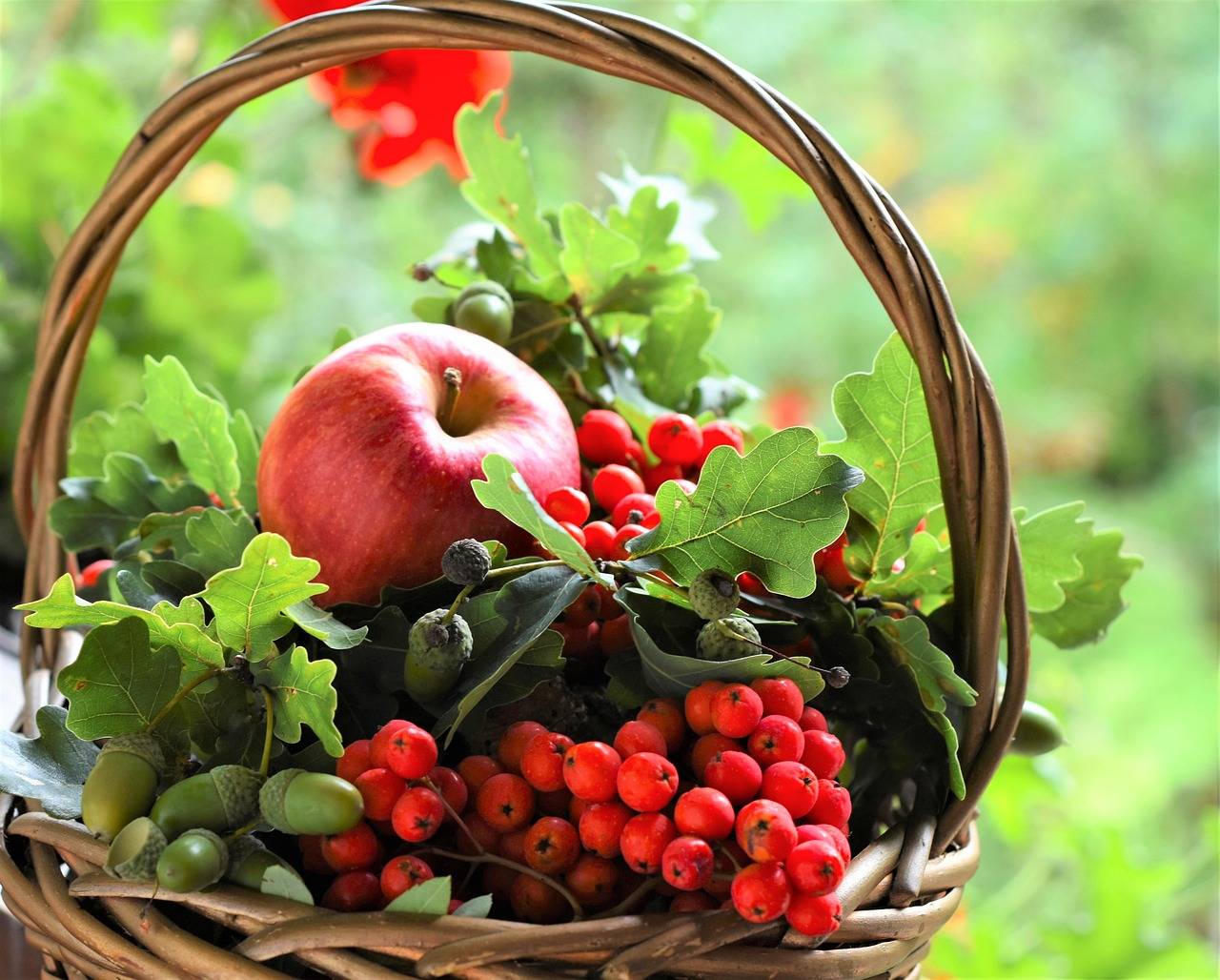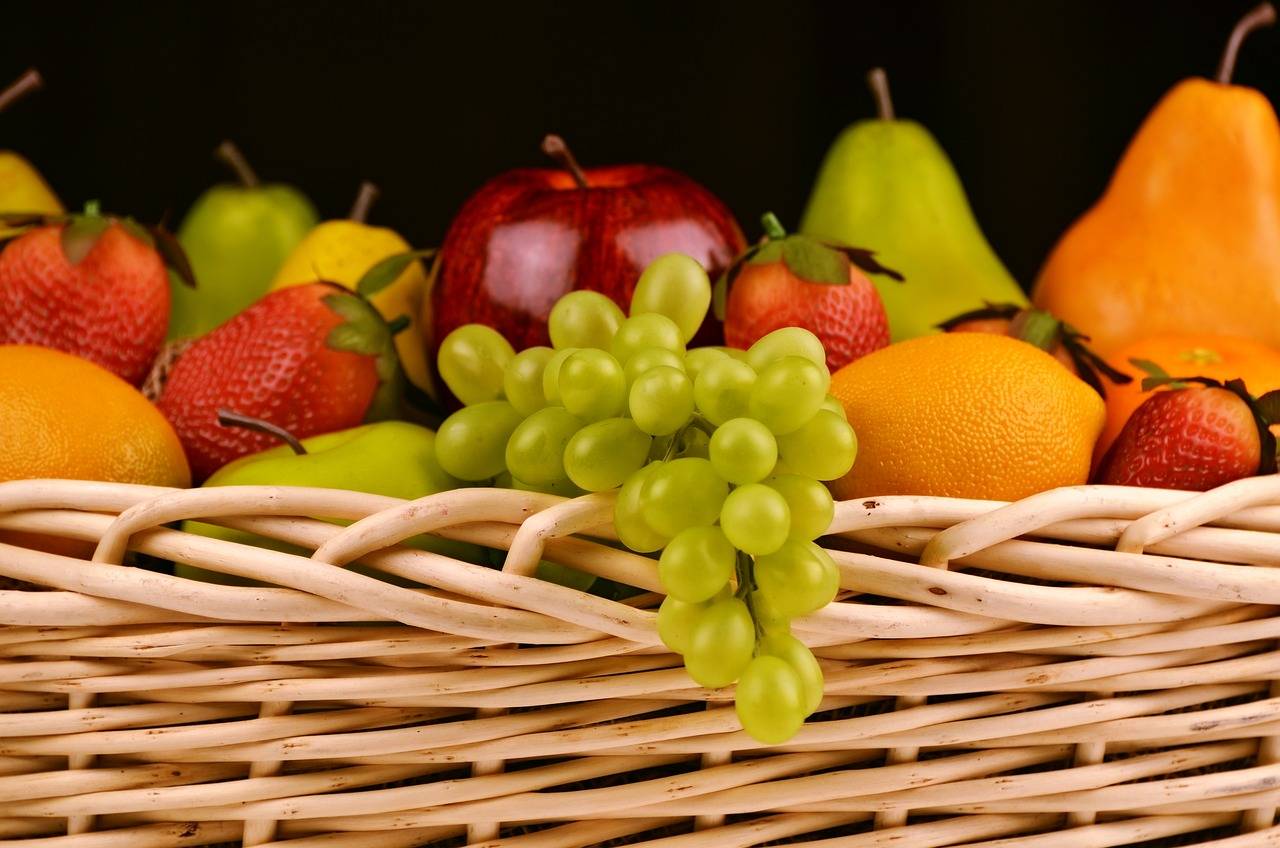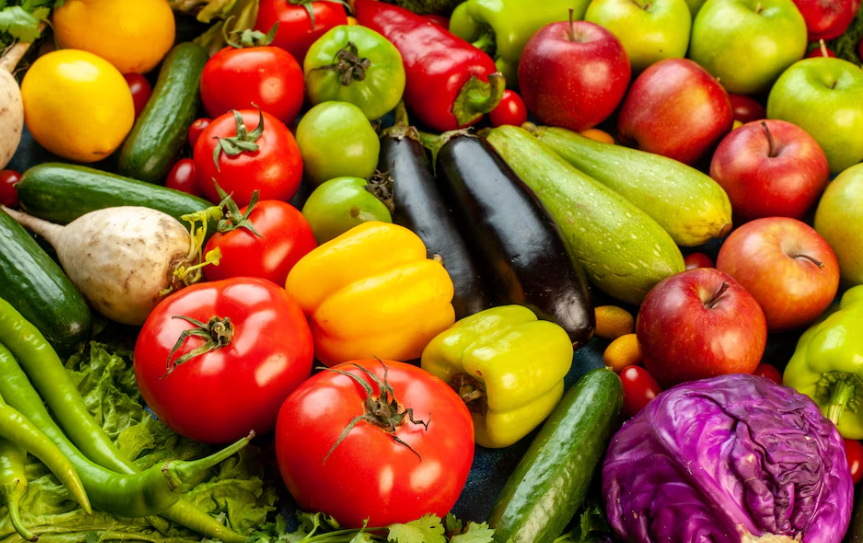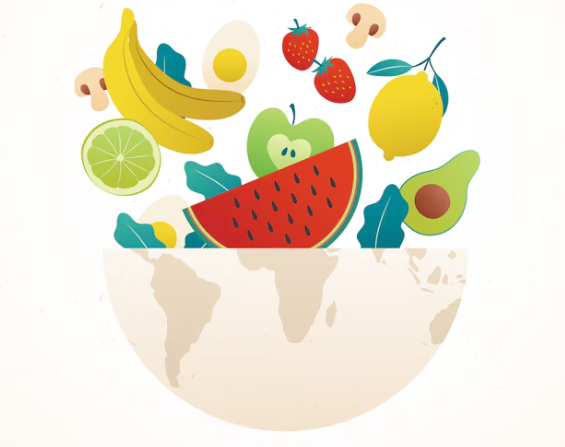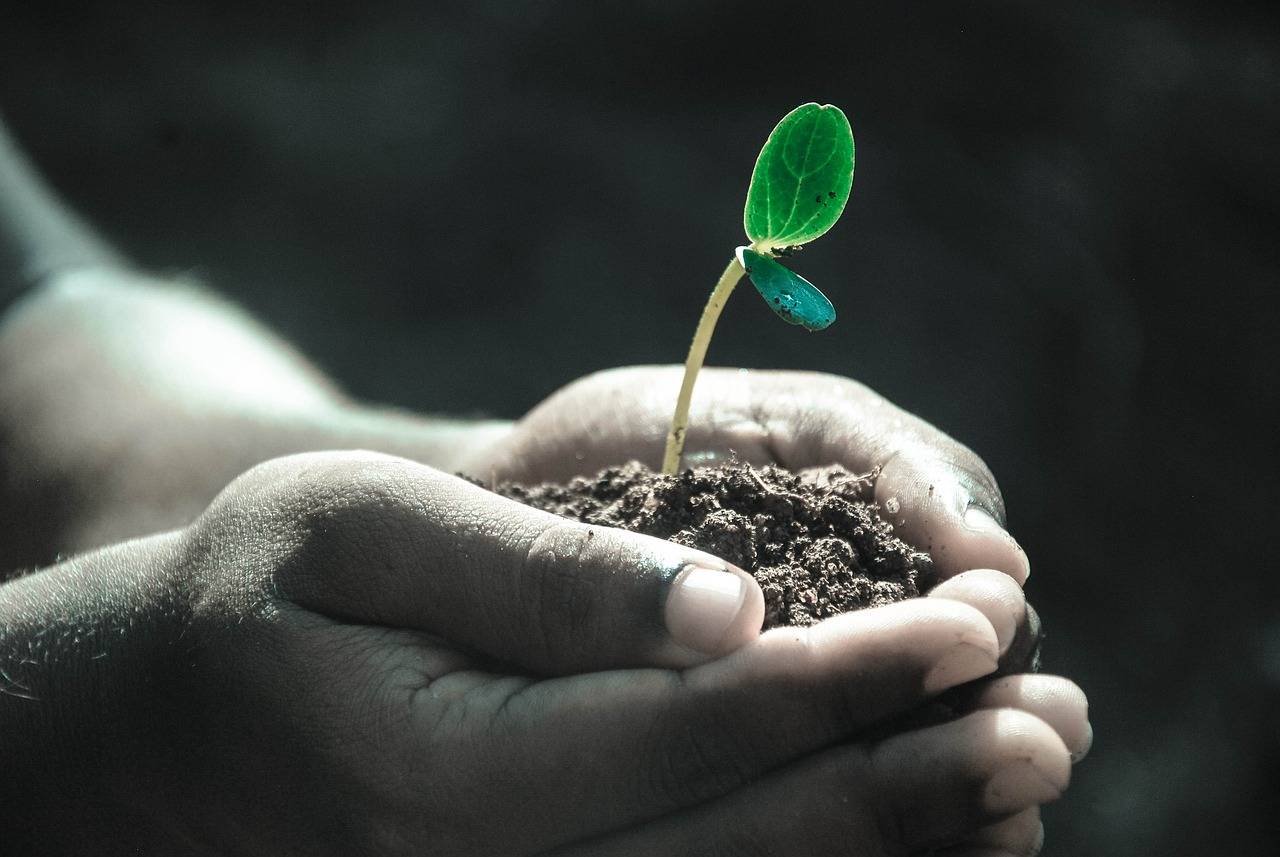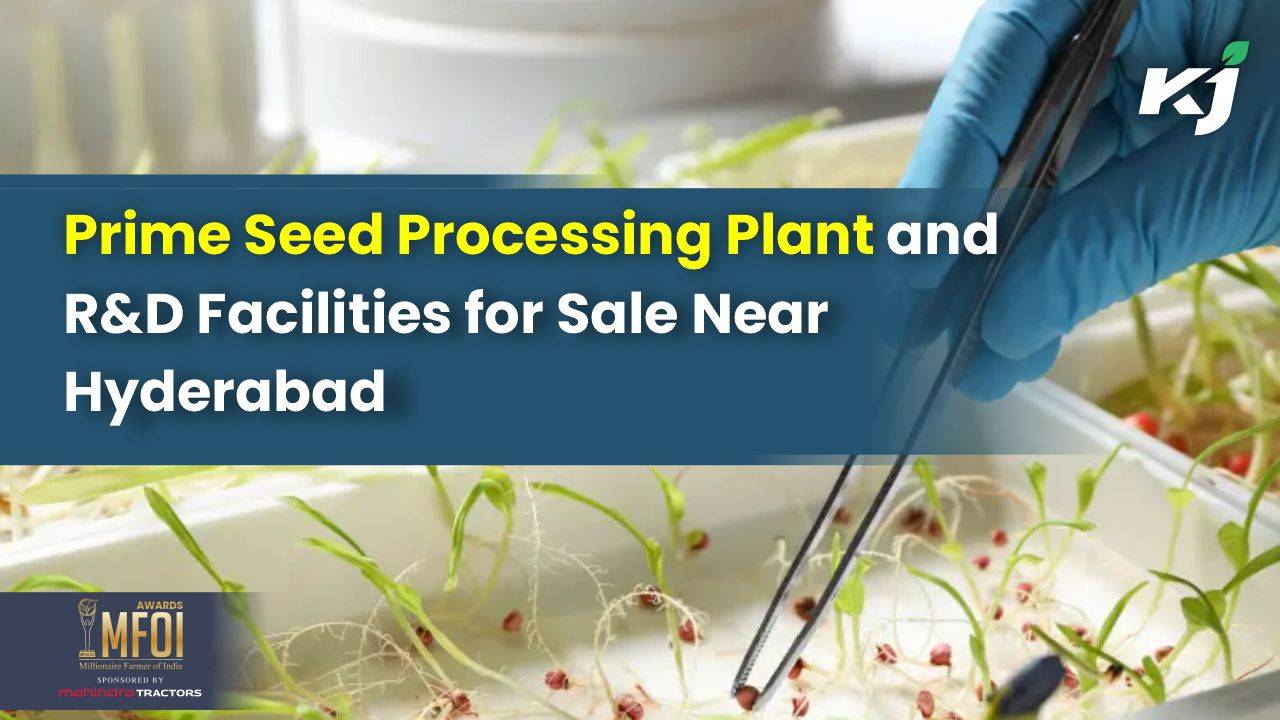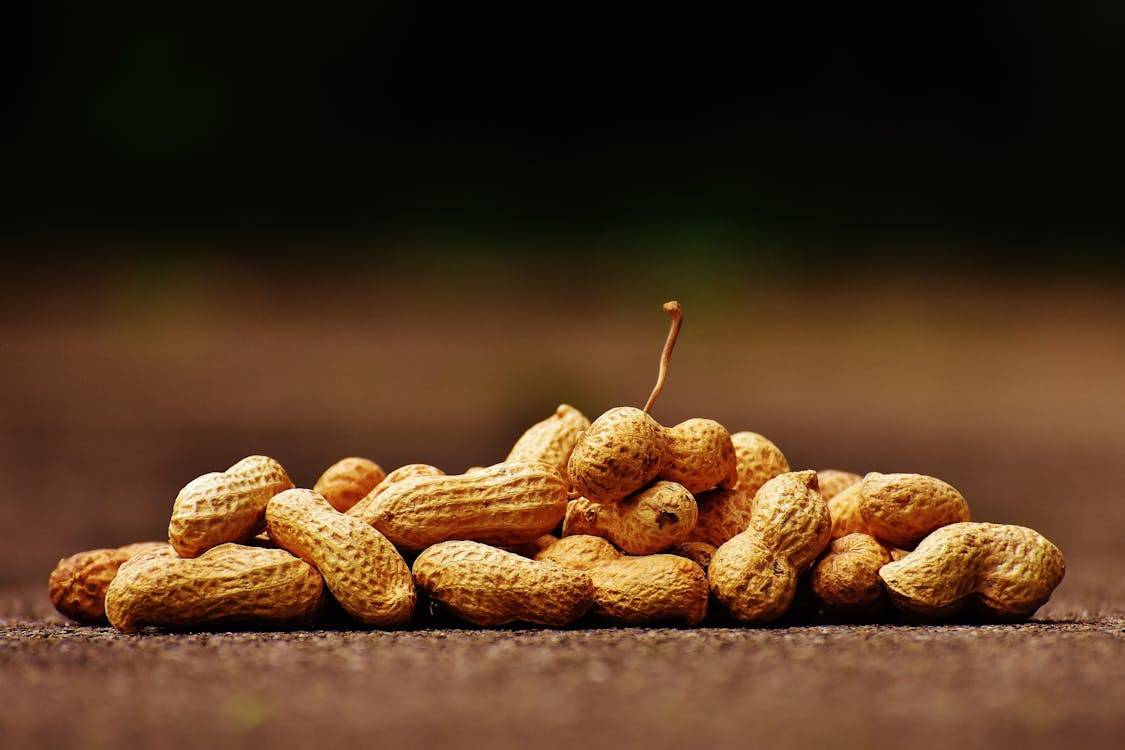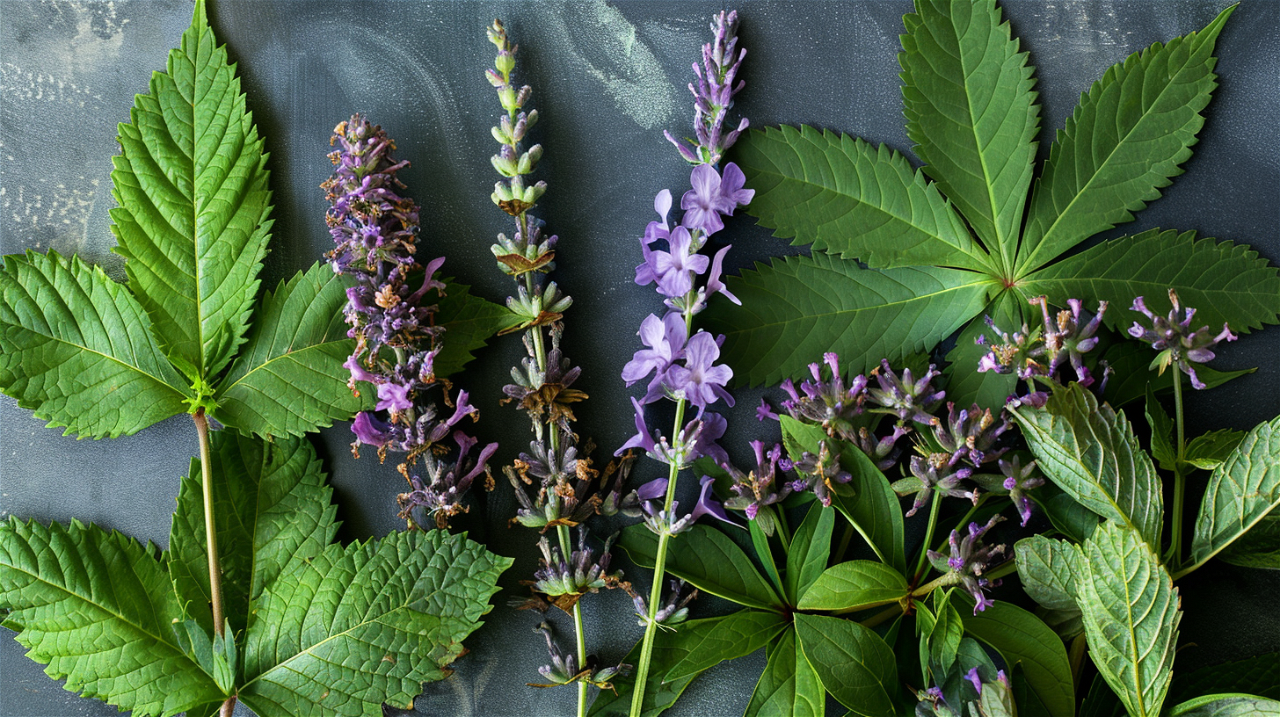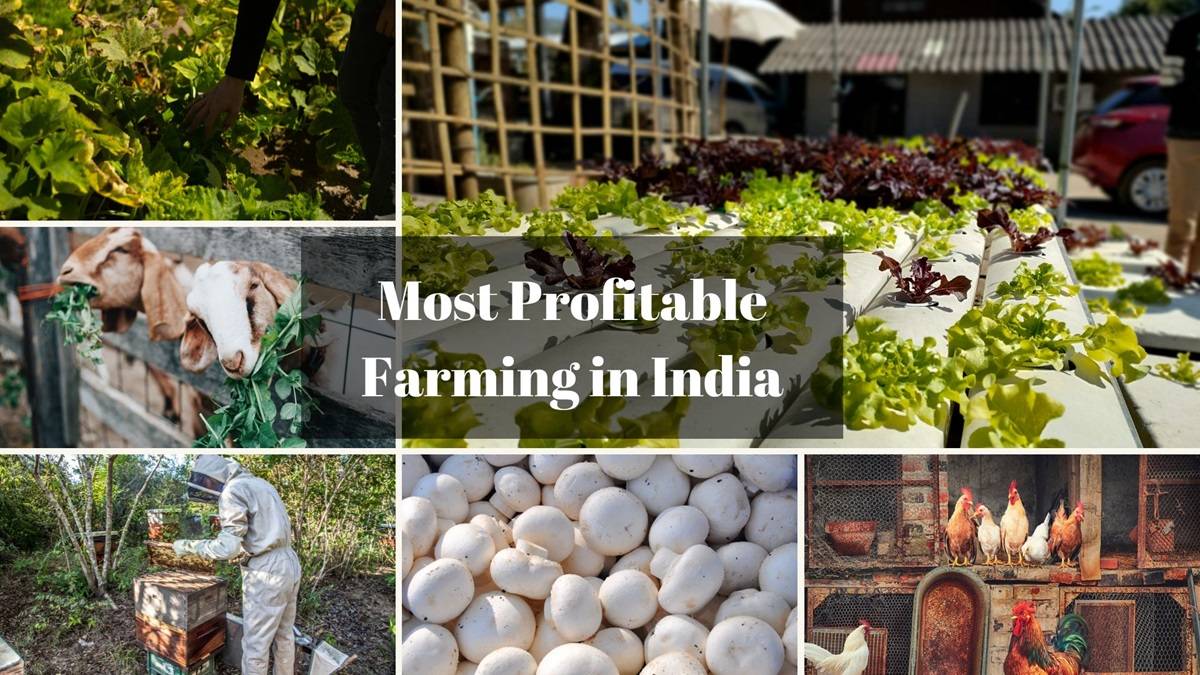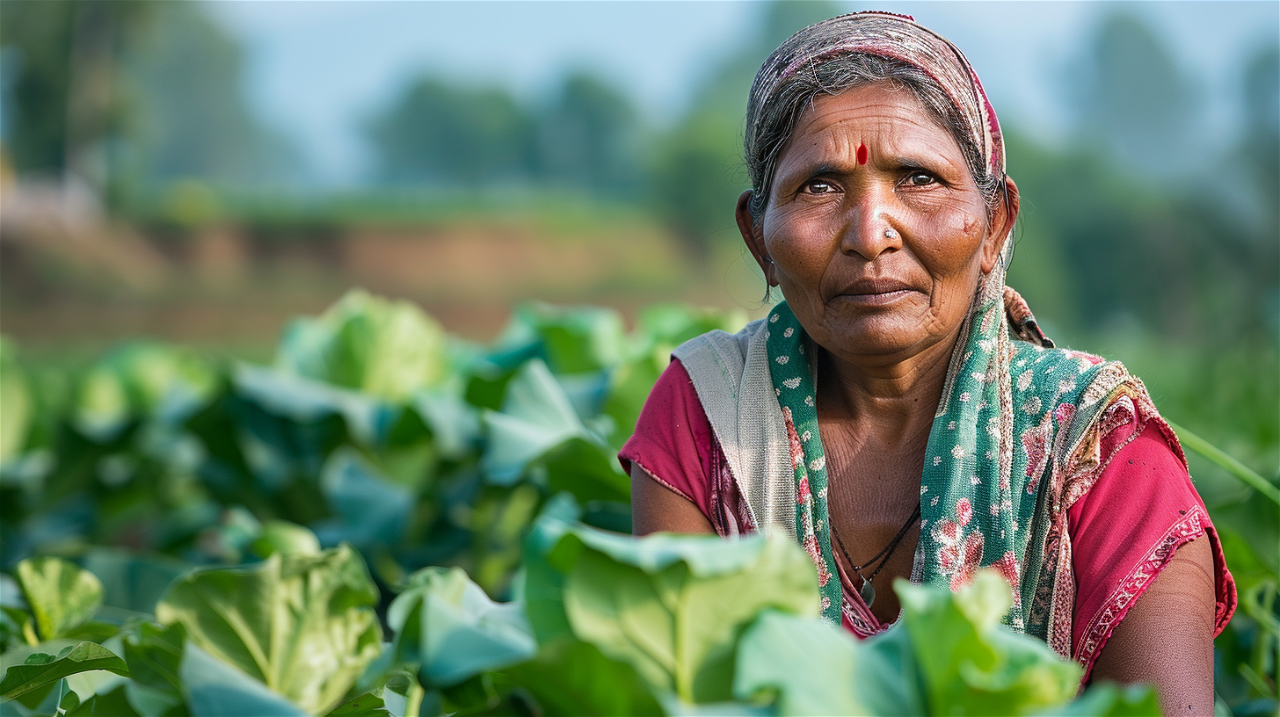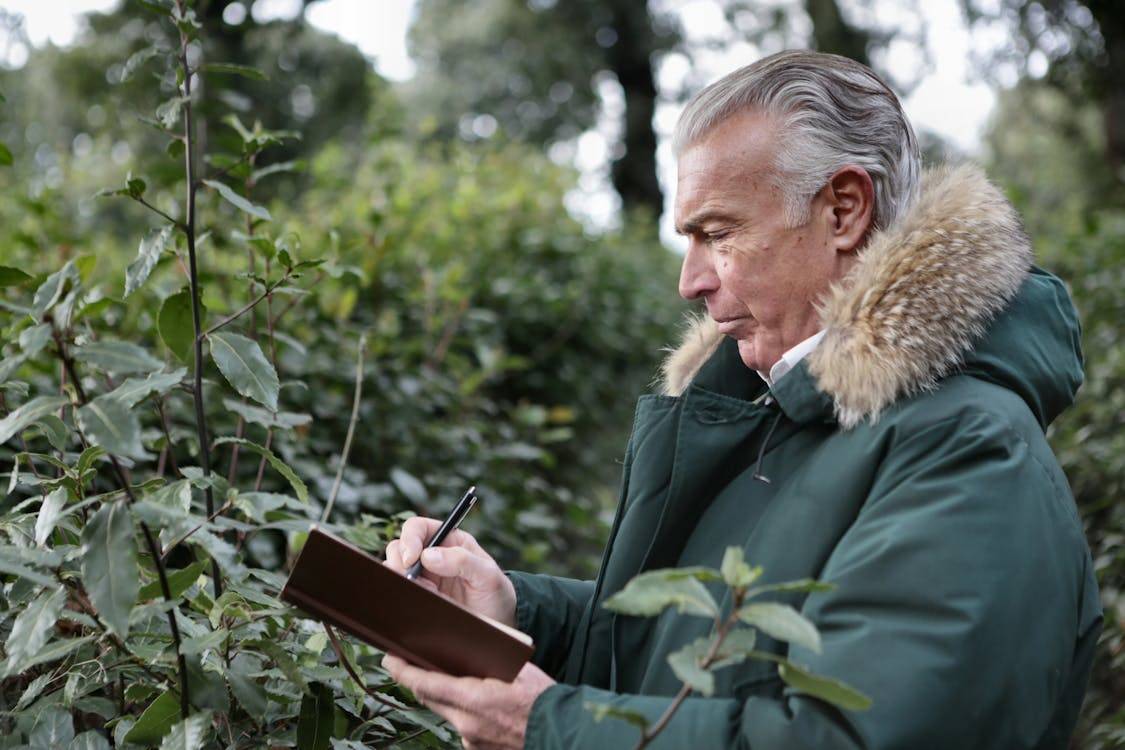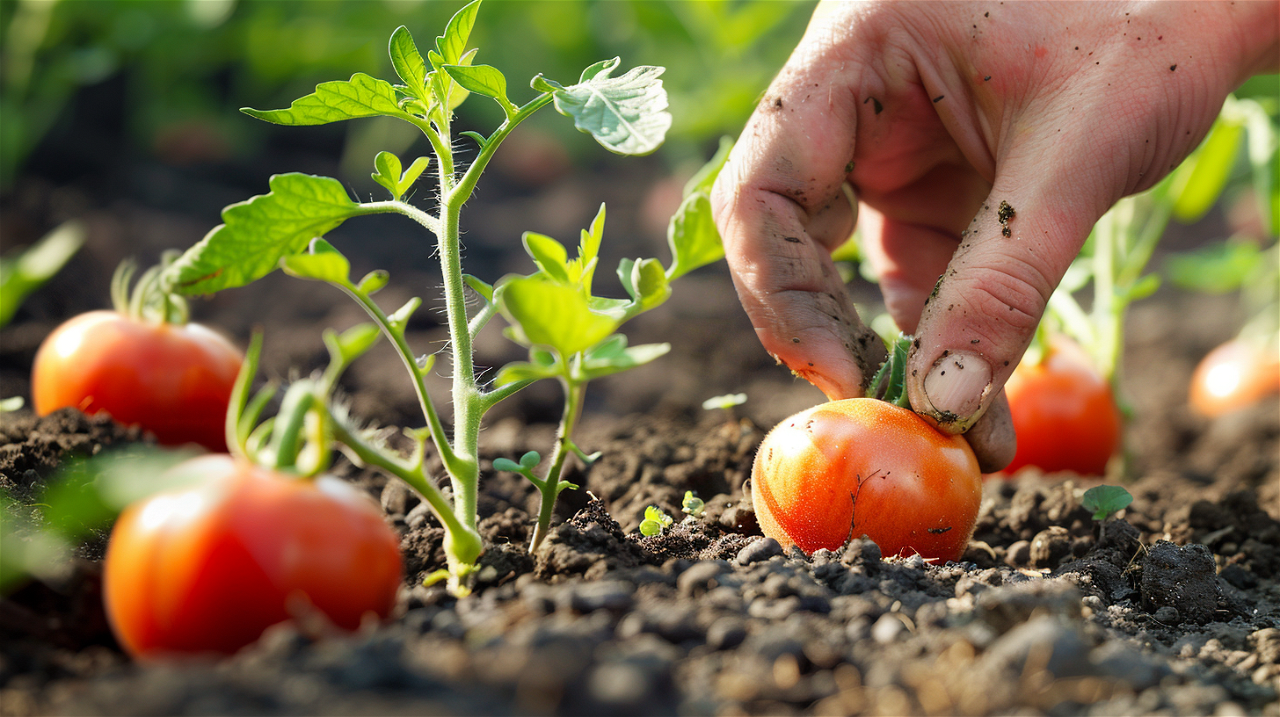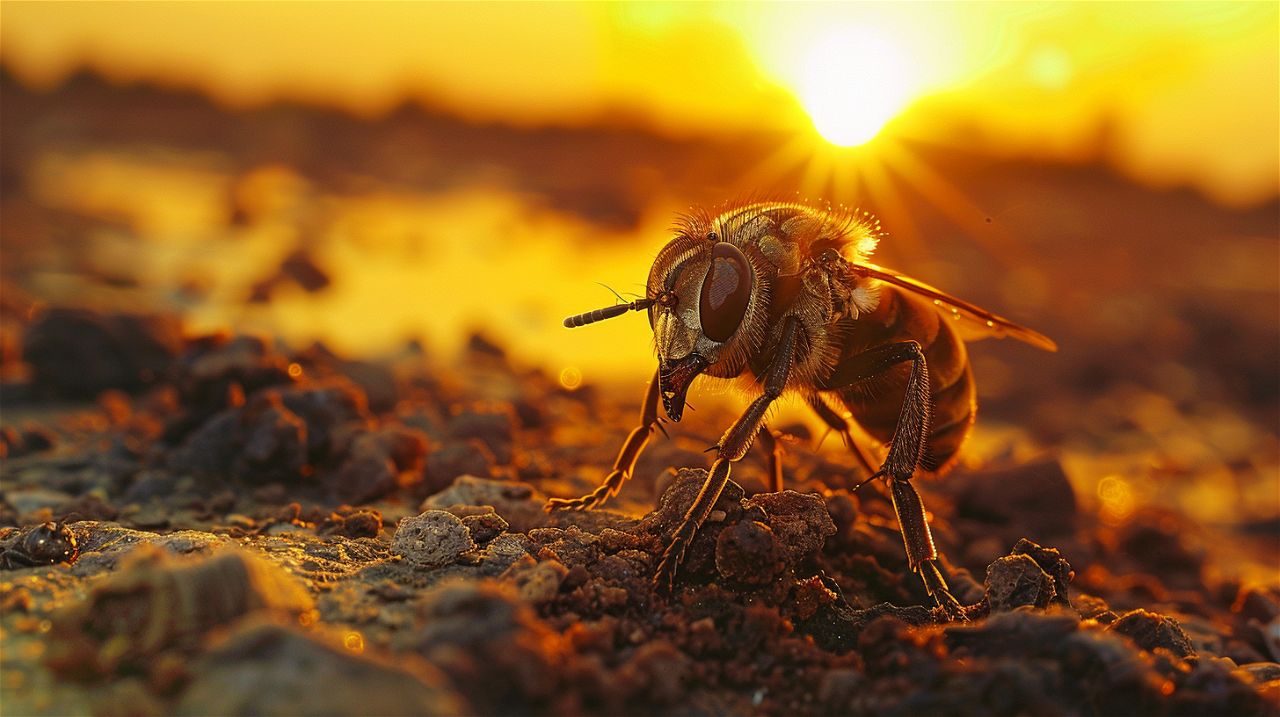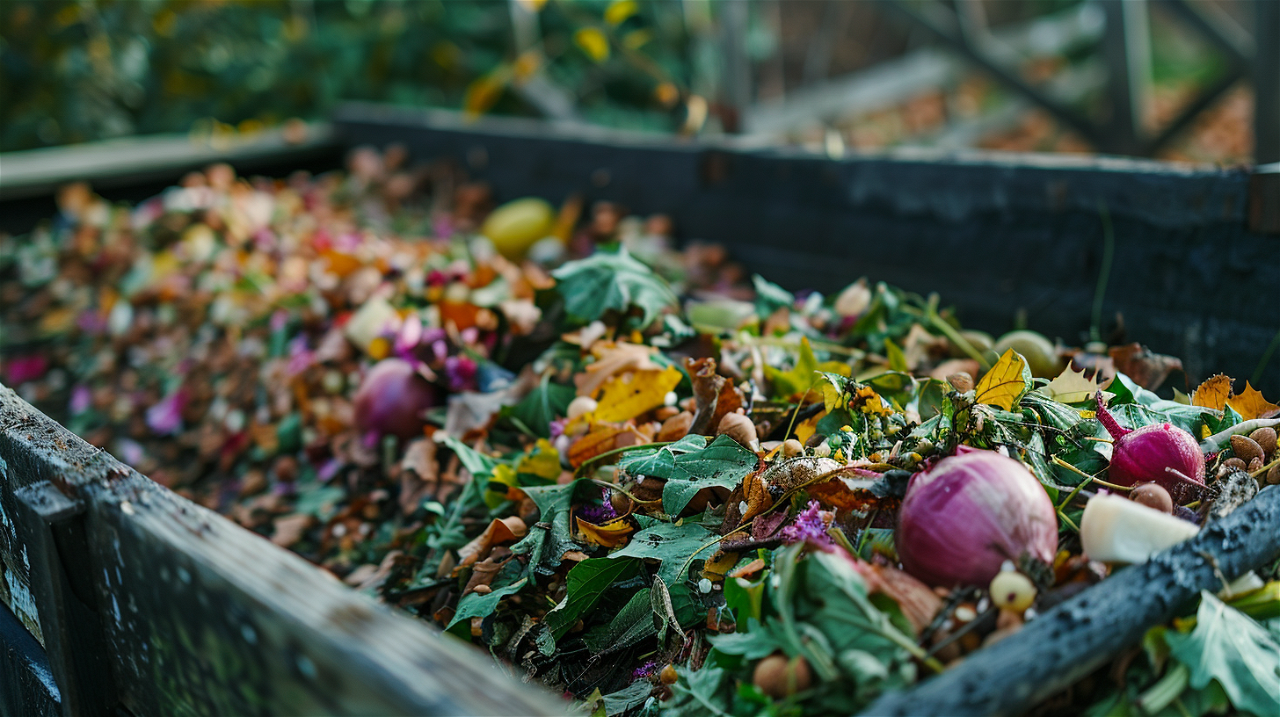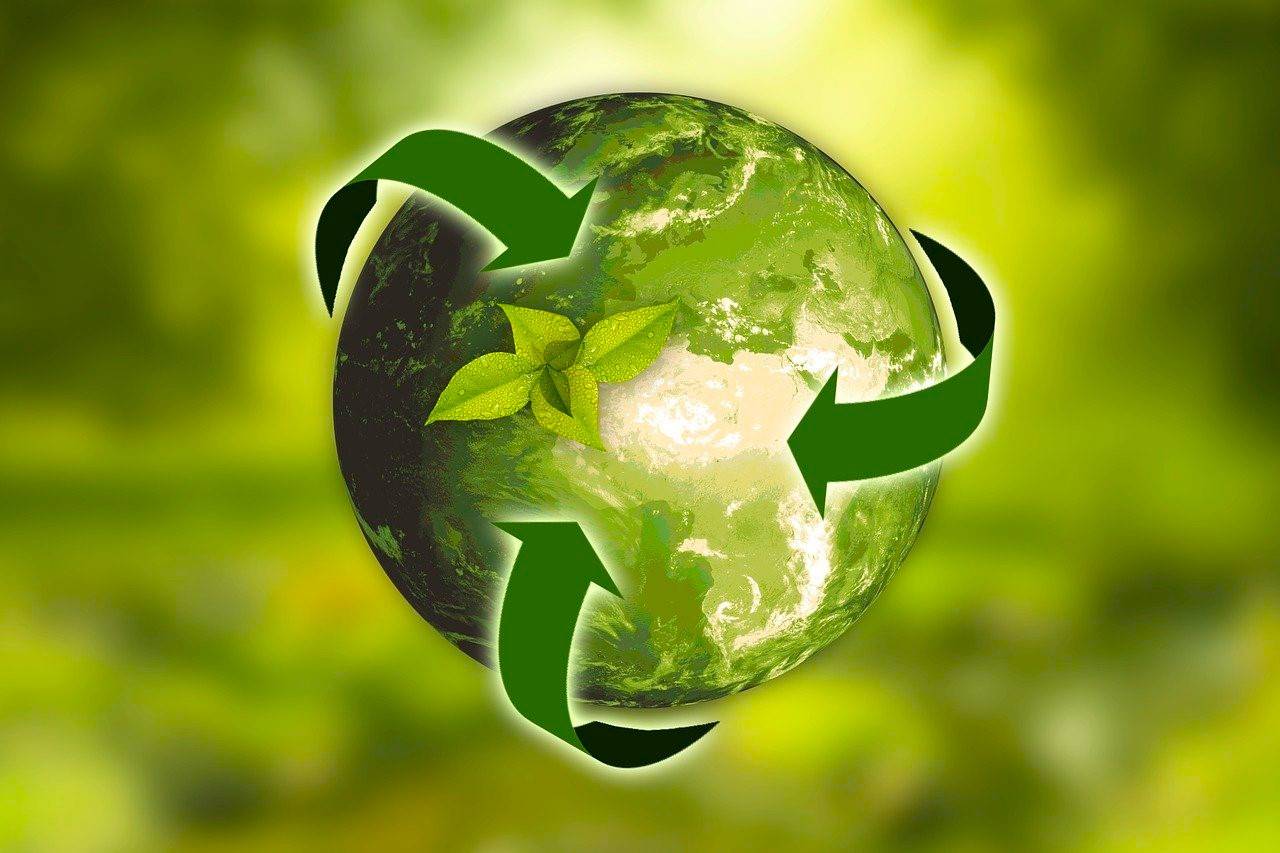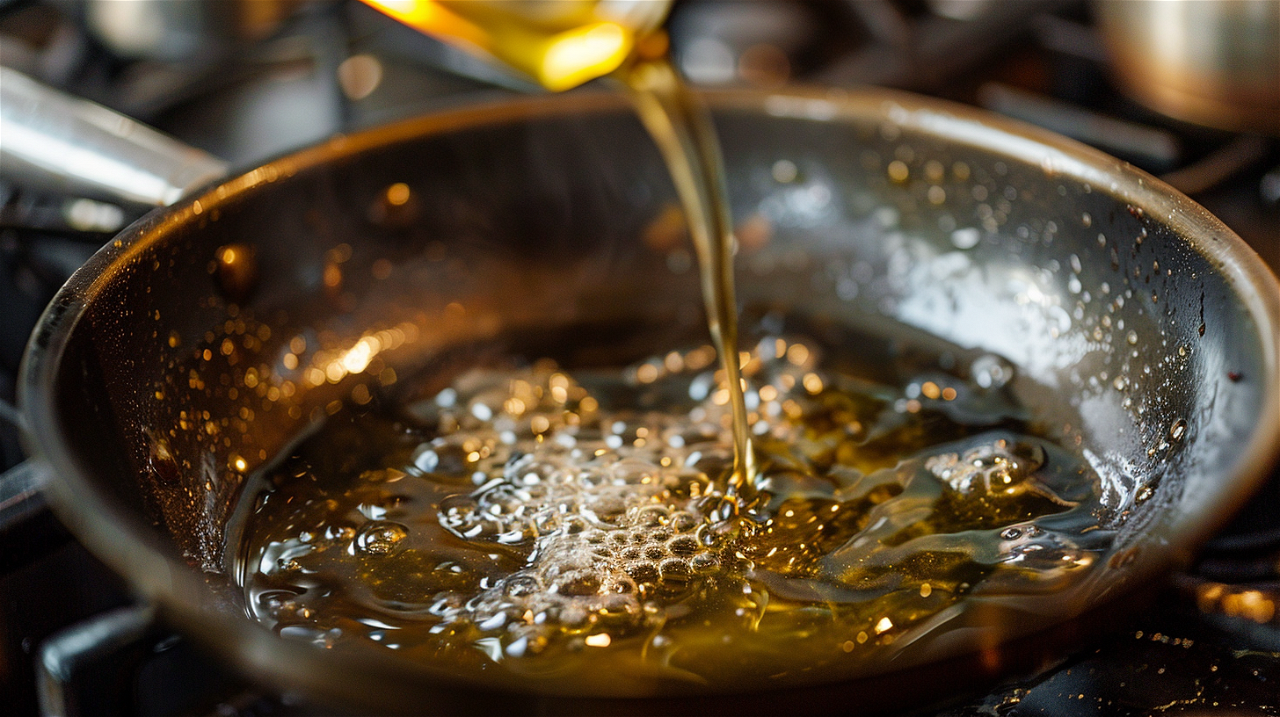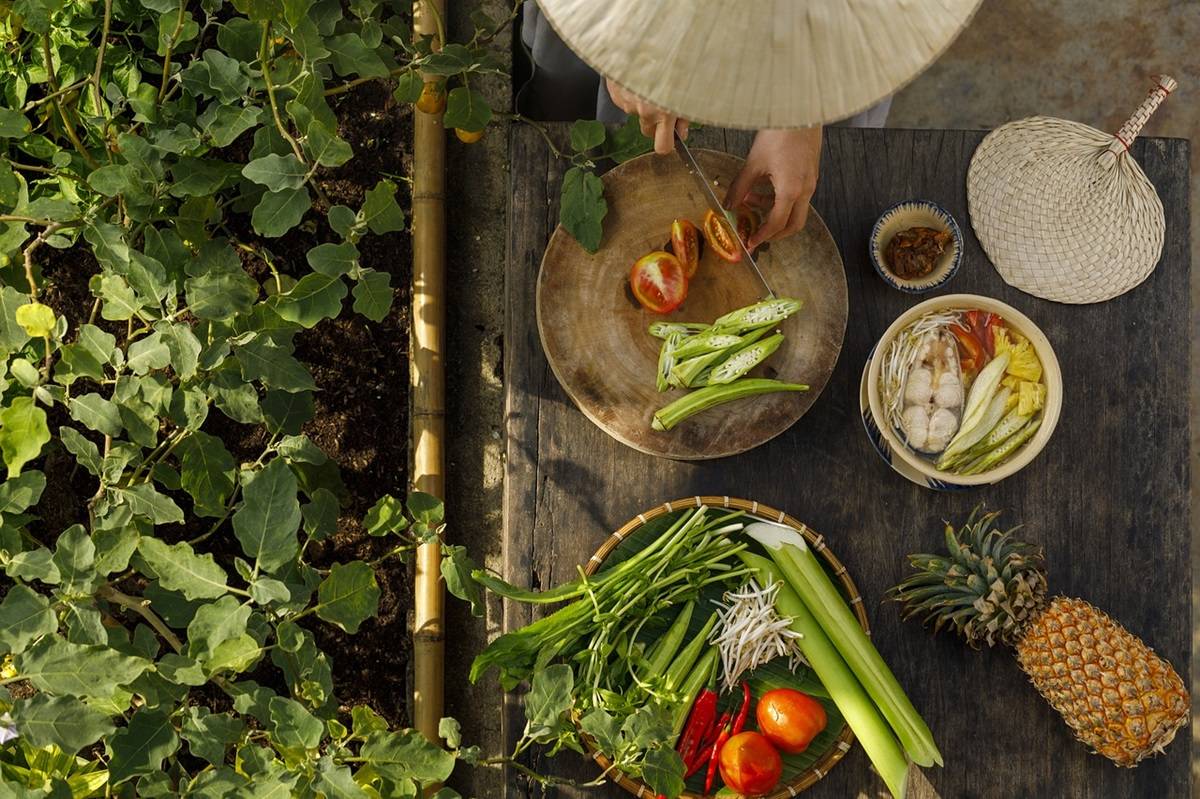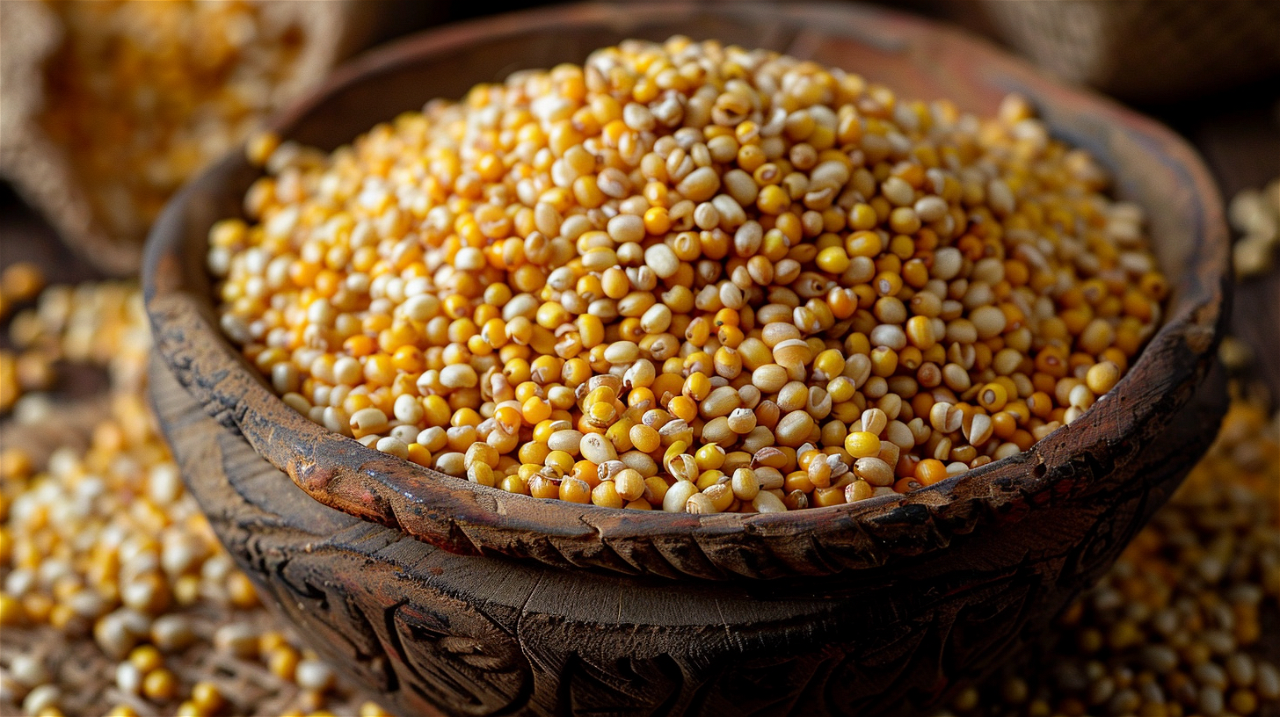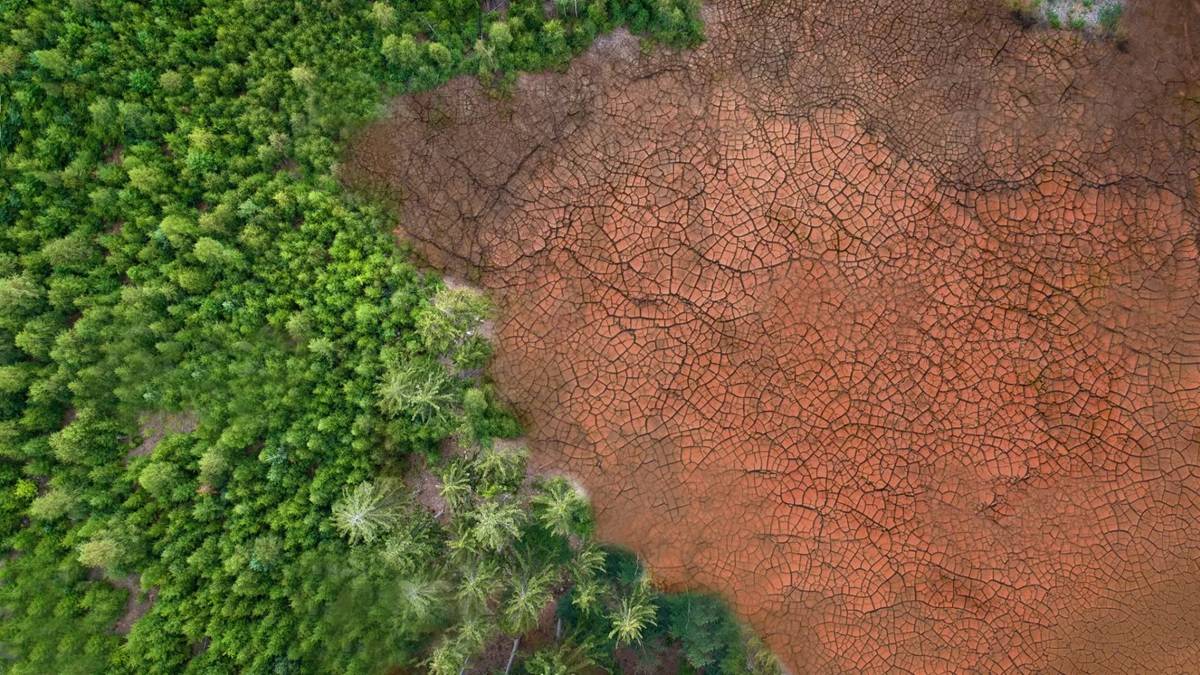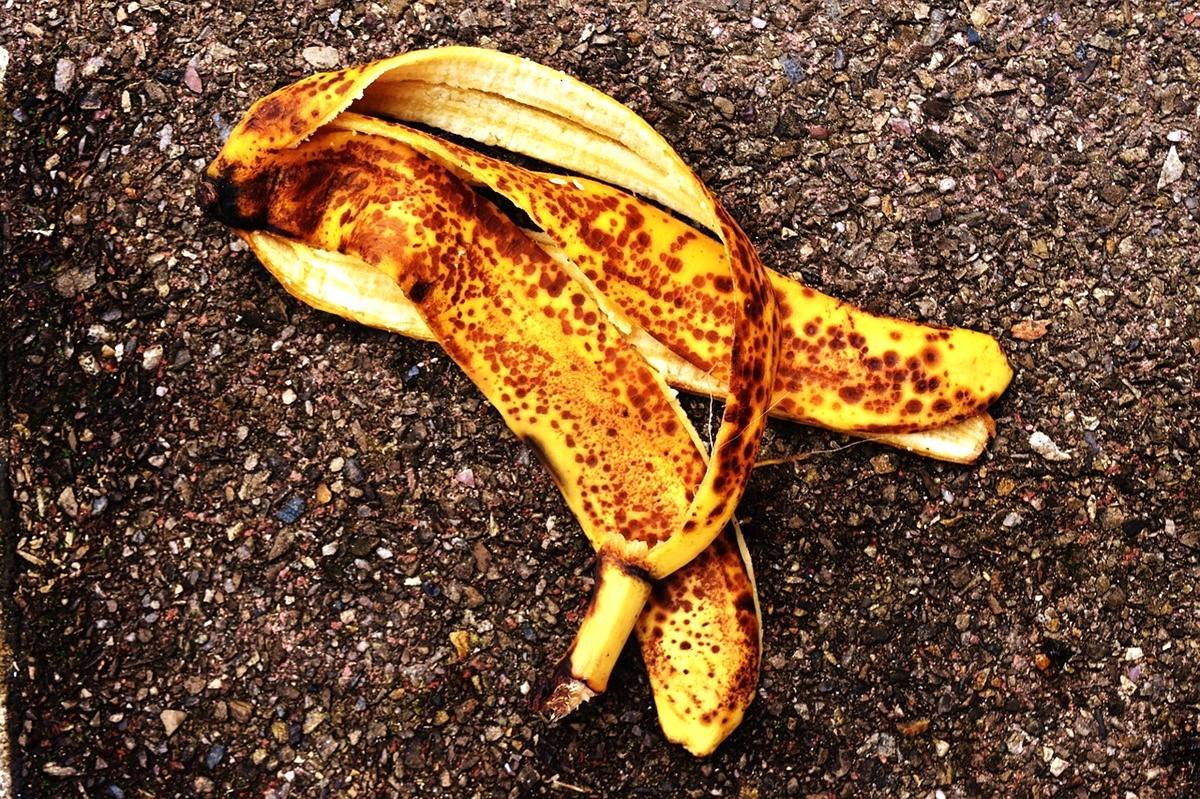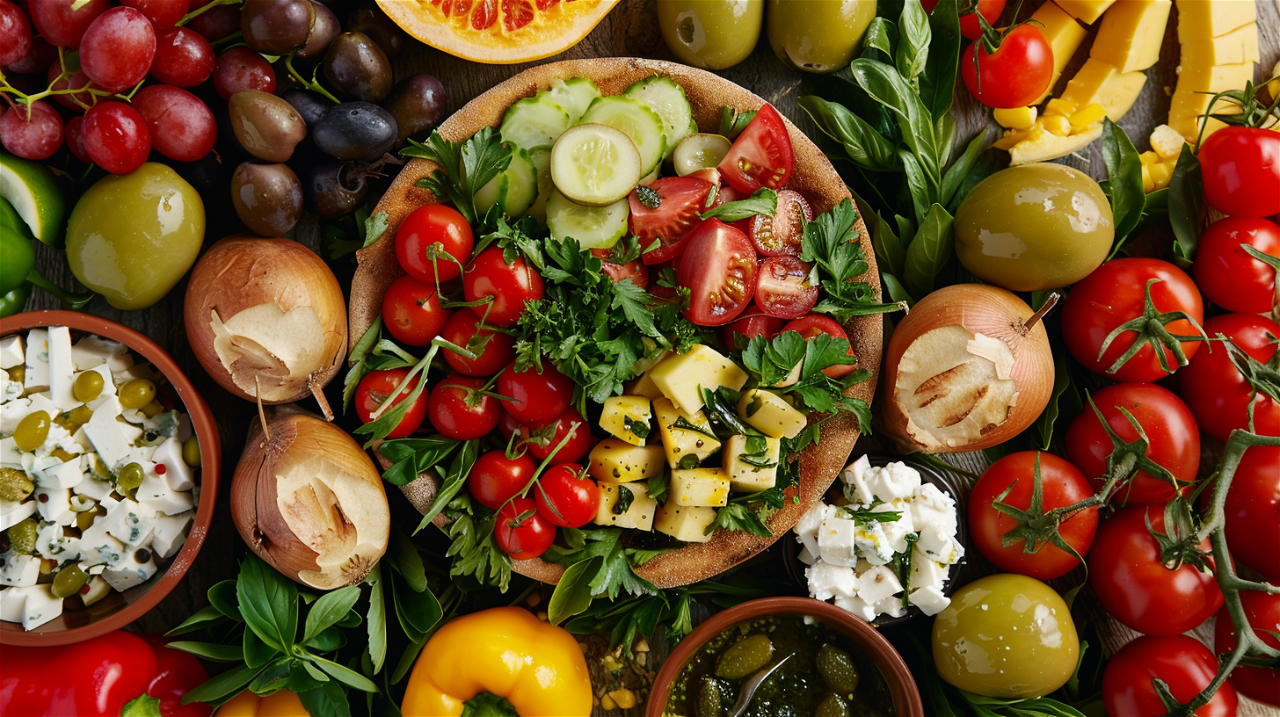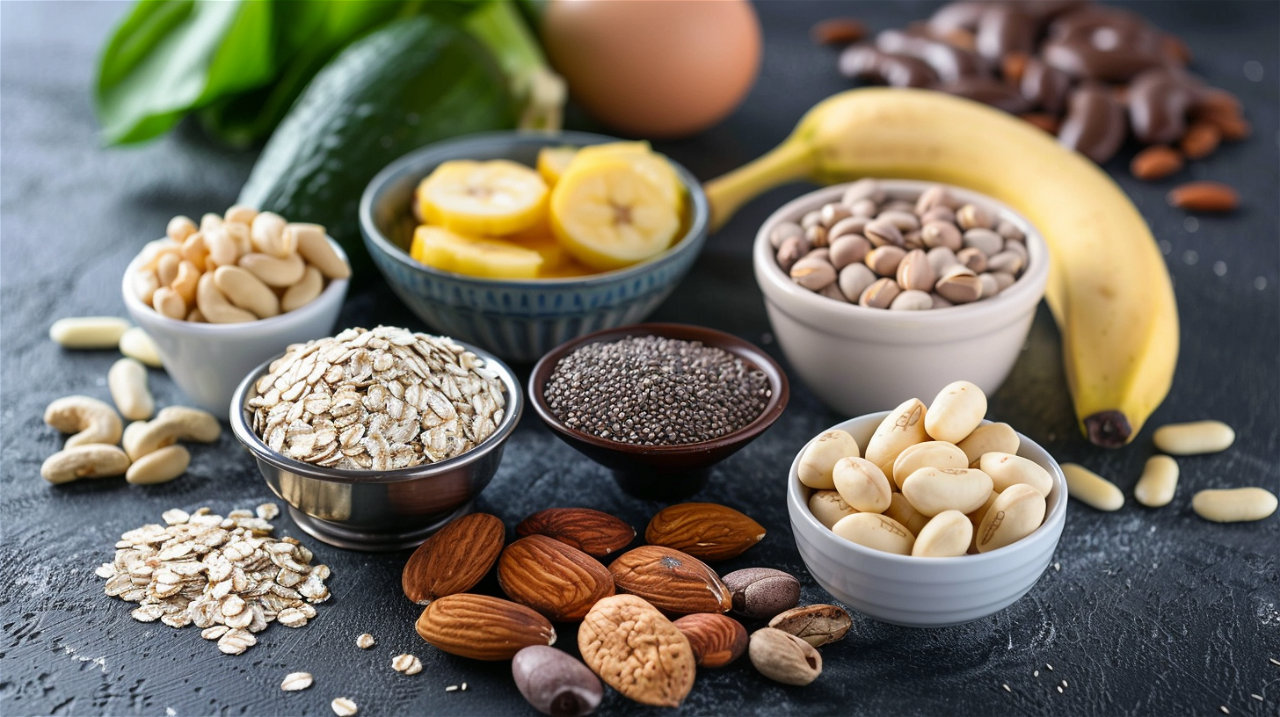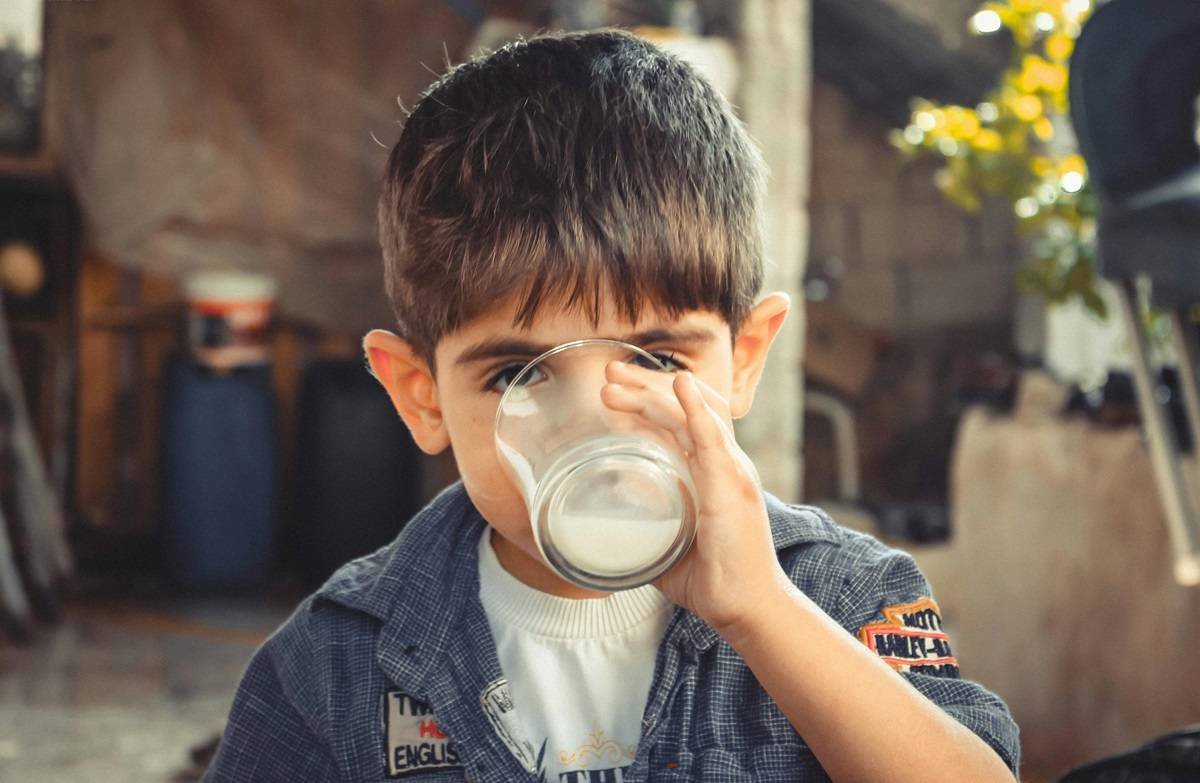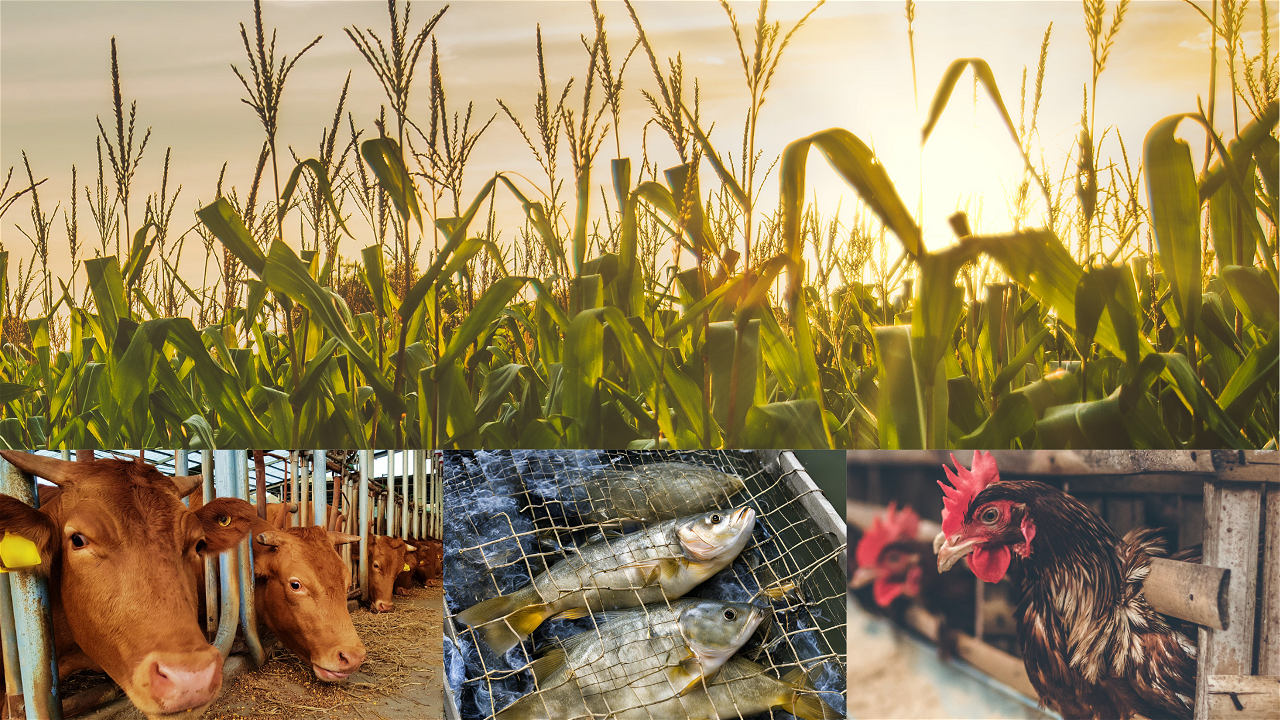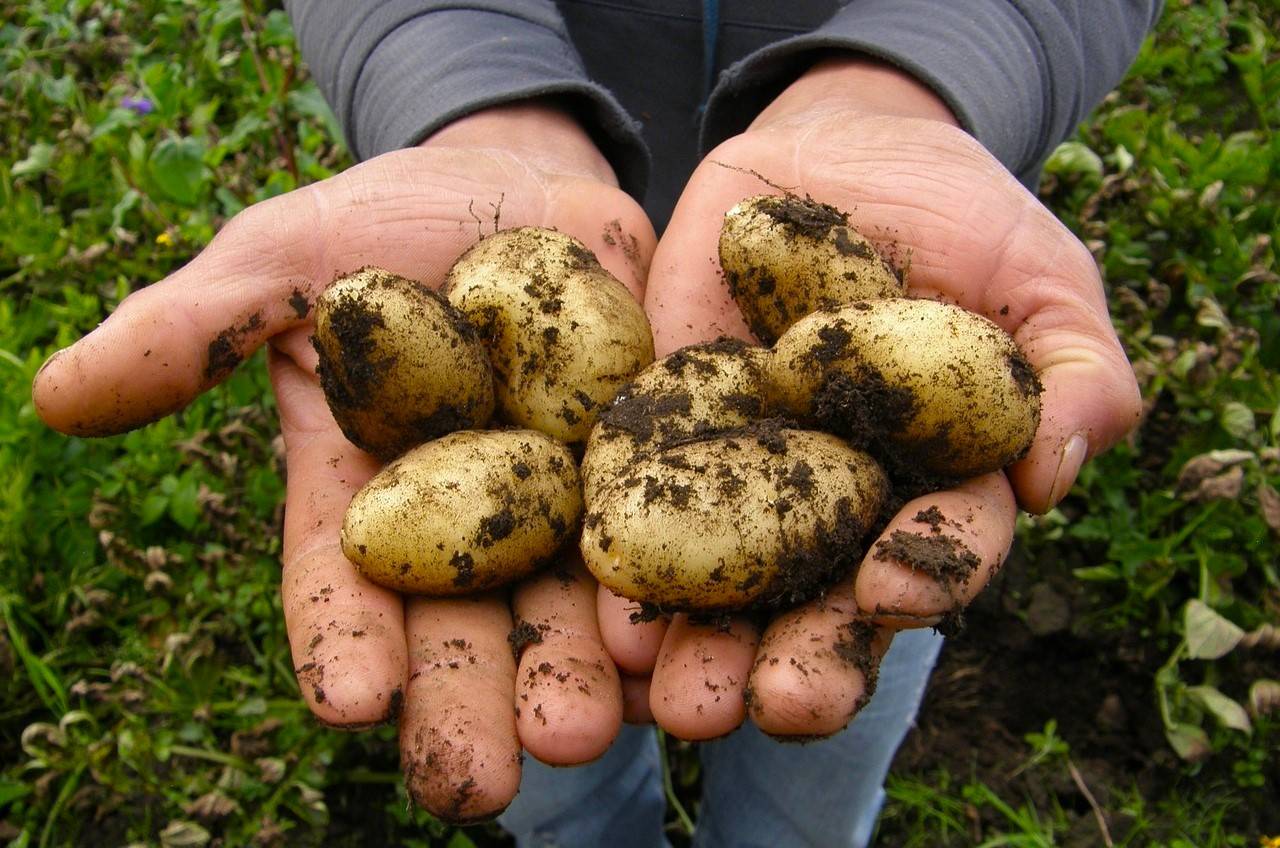
Floral Trails of India: 10 Flower Festivals and Blossoming Hotspots You Must Explore

India is a treasure trove of biodiversity, where nature’s beauty is honored and celebrated through vibrant flower festivals and mesmerizing blooming landscapes. These celebrations embody the spirit of eco-tourism, cultural heritage, and sustainable development. Dive into this floral journey and discover India’s most enchanting flower festivals and blooming wonders.
1. Phulaich Festival
-
Location: Kinnaur, Himachal Pradesh
-
Season: September
Kinnaur, Himachal Pradesh, comes alive during the Phulaich Festival, also known as the ‘Festival of Flowers.’ Rooted in the animistic traditions of the region, the festival involves locals offering wildflowers to deities, showcasing their respect and gratitude toward nature and biodiversity. This captivating event offers a glimpse into Kinnaur’s tribal culture and ecology. It emphasizes the community’s deep connection to the environment and reflects their harmonious coexistence with the natural world through age-old customs.
2. Kashmir Tulip Festival
-
Location: Srinagar, Jammu & Kashmir
-
Season: March–April
The Kashmir Tulip Festival is celebrated in Srinagar, Jammu & Kashmir, is a celebration of vibrant colors and cultural revival. Hosted in the Indira Gandhi Memorial Tulip Garden, Asia’s largest tulip garden, this festival is an awe-inspiring spectacle featuring over 1.5 million tulips of 60 varieties. Beyond its visual appeal, the festival represents Kashmir’s dedication to tourism and cultural rejuvenation under the “Dekho Apna Desh” initiative. It invites visitors from across the globe to appreciate the enchanting beauty of the valley and its blooming heritage.
3. Apricot Blossom Festival
-
Location: Ladakh
-
Season: April
Ladakh's high-altitude cold deserts transform into stunning pink and white landscapes during the Apricot Blossom Festival. The Apricot Blossom Festival in Ladakh offers a remarkable sight in Leh and Kargil, This festival highlights the apricot cultivation that supports the local economy. The apricots here are not only a source of livelihood but also hold cultural significance as GI-tagged products, adding to their fame and value. The festival promotes agro-tourism by drawing visitors to the region, showcasing its unique beauty and fostering appreciation for sustainable practices.
4. Cherry Blossom Festival
-
Location: Shillong, Meghalaya
-
Season: November
Shillong, Meghalaya, hosts the extraordinary Cherry Blossom Festival, renowned for its autumn blooms. The event celebrates the world’s only autumn cherry blossoms, marking it as a unique ecological and cultural phenomenon. Organized by the Institute of Bioresources and Sustainable Development (IBSD) and the Indian Council for Cultural Relations (ICCR), this festival under India’s Act East policy plays a significant role in promoting floriculture and bio-tourism in the Northeast. It fosters environmental awareness and strengthens the region’s cultural ties, making it a vital occasion for both locals and tourists.
5. Phool Dei Festival
-
Location: Kumaon and Garhwal, Uttarakhand
-
Season: March
Celebrated to mark spring’s arrival, Phool Dei is a cherished tradition celebrated in Uttarakhand's Kumaon and Garhwal regions. During this festival, young girls scatter flowers at doorways, symbolizing prosperity and positivity. The community’s strong connection with nature is evident in this eco-centric celebration, which also involves culinary delights like “Dei” pudding made of jaggery and flour. The festival highlights agrarian traditions and the Himalayan community’s resilience and harmony with their environment.
6. Dzukou Valley Flower Festival
-
Location: Nagaland (on the border with Manipur)
-
Season: June–September
The Dzukou Valley Flower Festival is an ode to the biodiversity of Nagaland, located near the Manipur border. This serene valley, known as the “Valley of Silence,” blooms with endemic flora like the rare Dzukou lily, offering nature enthusiasts a visual treat. The festival showcases the ecological significance of the Indo-Burma hotspot and attracts tourists with its captivating beauty. It serves as a reminder of the importance of preserving such fragile ecosystems while promoting sustainable eco-tourism.
7. Kaas Plateau Bloom
-
Location: Satara, Maharashtra
-
Season: August–September
The Kaas Plateau in Satara, Maharashtra, is a UNESCO Natural Heritage Site and a botanical paradise home to over 850 plant species, including carnivorous varieties. Its vibrant wildflower carpets attract nature lovers and researchers alike. However, the delicate balance of this ecosystem necessitates careful conservation and management due to tourism pressures. The bloom serves as a reminder of the urgent need to protect such biodiversity hotspots.
8. Valley of Flowers National Park
-
Location: Chamoli, Uttarakhand
-
Season: July–September
Located in Chamoli, Uttarakhand, the Valley of Flowers National Park is part of the Nanda Devi Biosphere Reserve and a UNESCO World Heritage Site. Discovered by British mountaineer Frank Smythe in 1931, the valley boasts over 500 alpine flower species. It remains one of India’s most cherished ecological zones, offering visitors an unparalleled experience of nature’s wonders. The park is a testament to the Himalayan region's breathtaking biodiversity and its crucial role in conservation efforts.
9. International Flower Festival
-
Location: Gangtok, Sikkim
-
Season: March–May
Gangtok, Sikkim, hosts the International Flower Festival, a vibrant celebration of floral diversity in the Himalayan region. Featuring over 600 orchid species and numerous native flowers, this event highlights the state’s commitment to organic farming and environmental conservation. Sikkim’s pristine natural environment and floricultural excellence are on full display during the festival, inviting visitors to experience the Himalayan beauty and the region’s sustainable practices.
10. Neelakurinji Bloom
-
Location: Nilgiris (Tamil Nadu-Kerala border)
-
Season: August–October (Next bloom in 2034)
The rare Neelakurinji flower transforms the Shola grasslands in the Nilgiris into a mesmerizing blue expanse once every 12 years. This remarkable ecological phenomenon, next expected in 2034, draws visitors to witness its breathtaking beauty. The bloom emphasizes the fragile balance of montane ecosystems in southern India, urging conservation efforts to protect these endangered habitats and preserve the unique spectacle for future generations.
From the apricot blossoms of Ladakh to the tulips of Kashmir and the cherry blossoms of Shillong, India’s flower festivals and blooming hotspots are a celebration of cultural diversity and ecological richness. unite communities, encourage eco-tourism, and highlight the importance of preserving nature. It is our responsibility to cherish these natural wonders and ensure their legacy for generations to come.
Related News

Teej Festival 2025: Celebrating Divine Love, Womanhood, and Sacred Traditions Across India and Nepal





























































































































